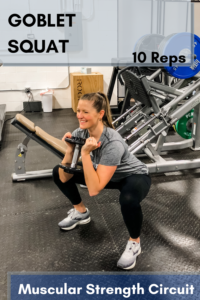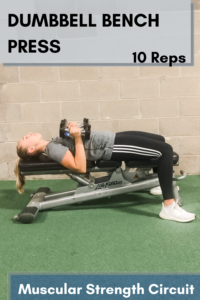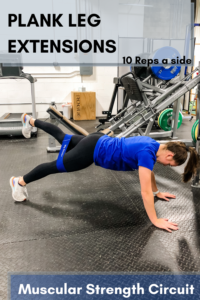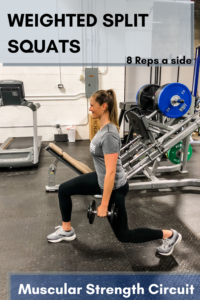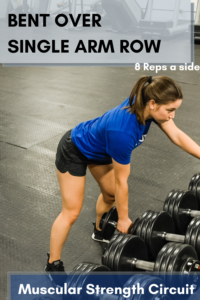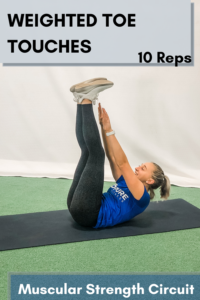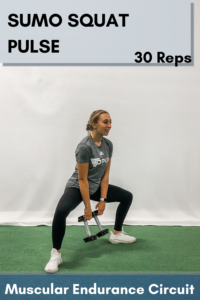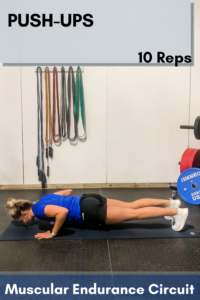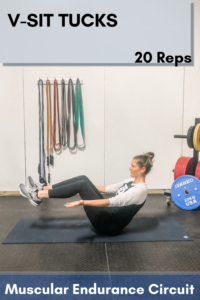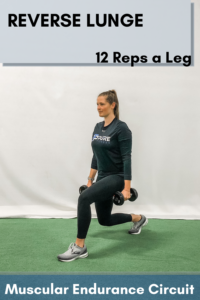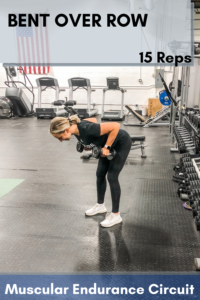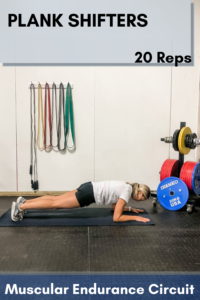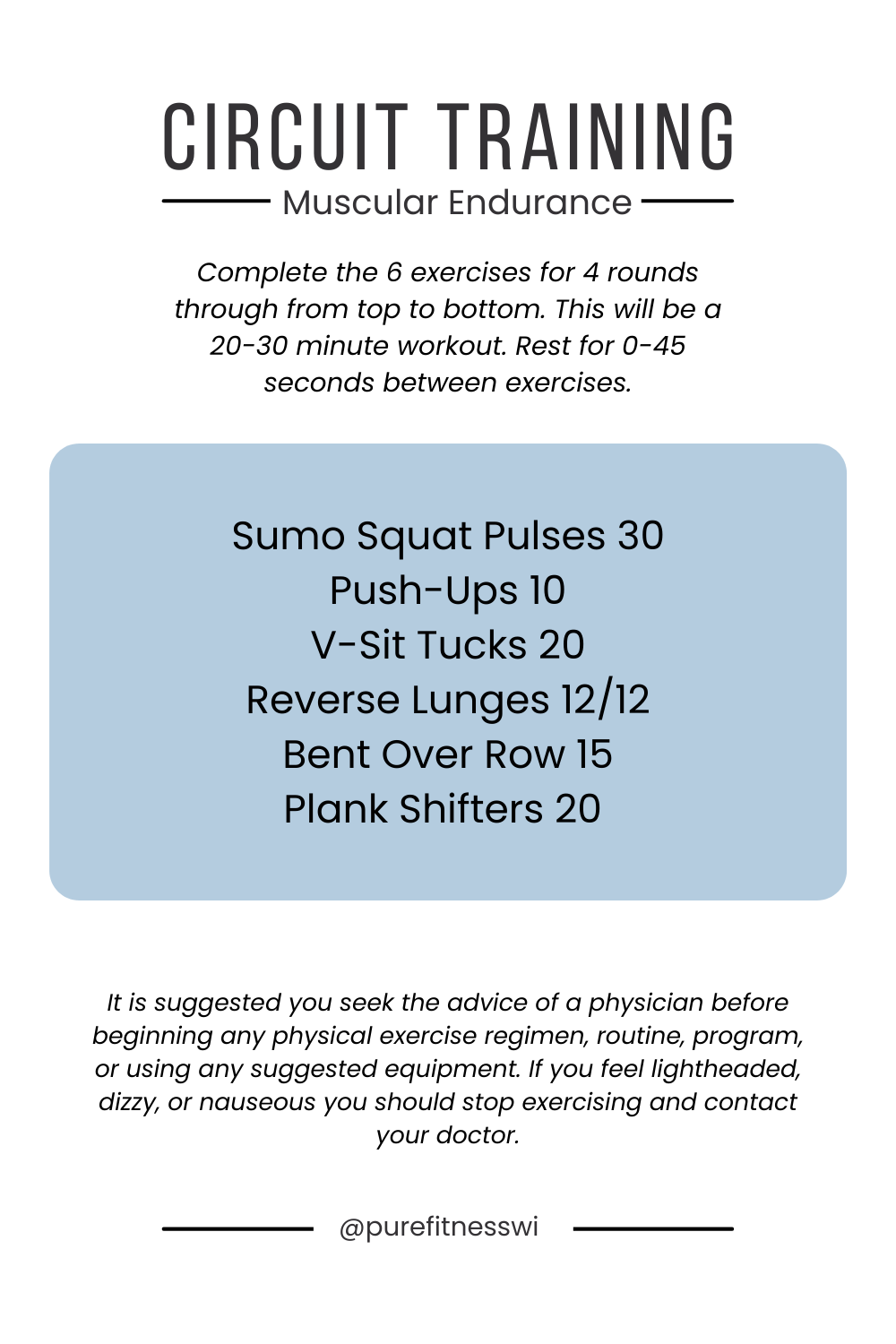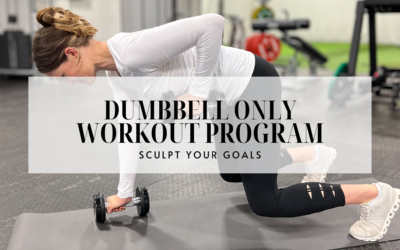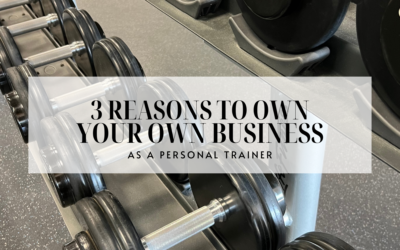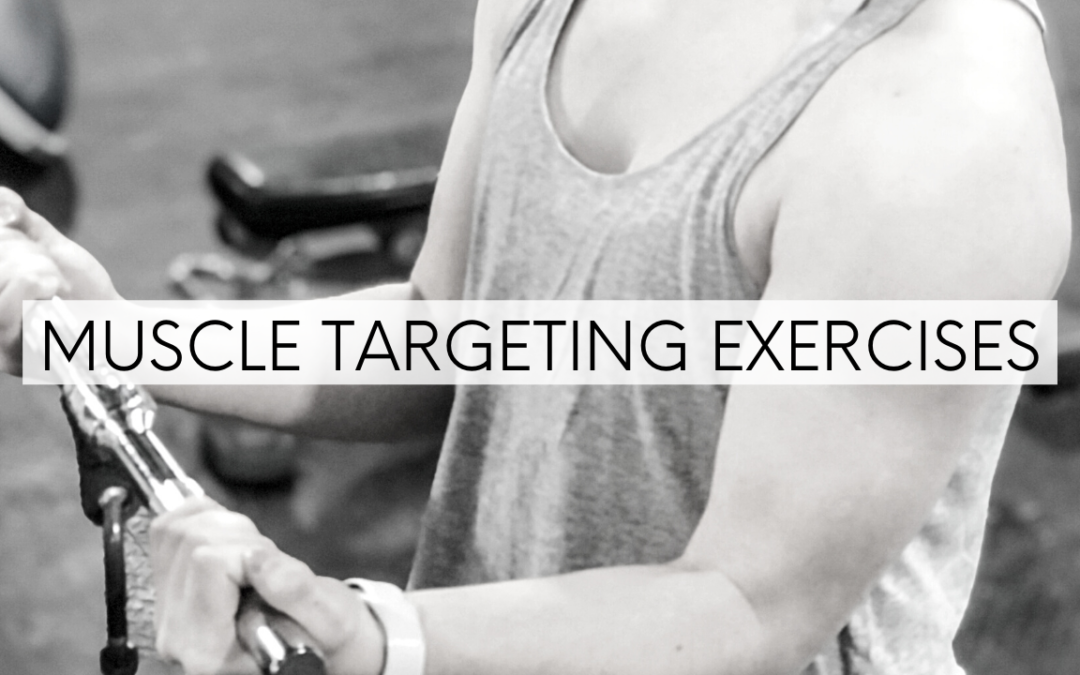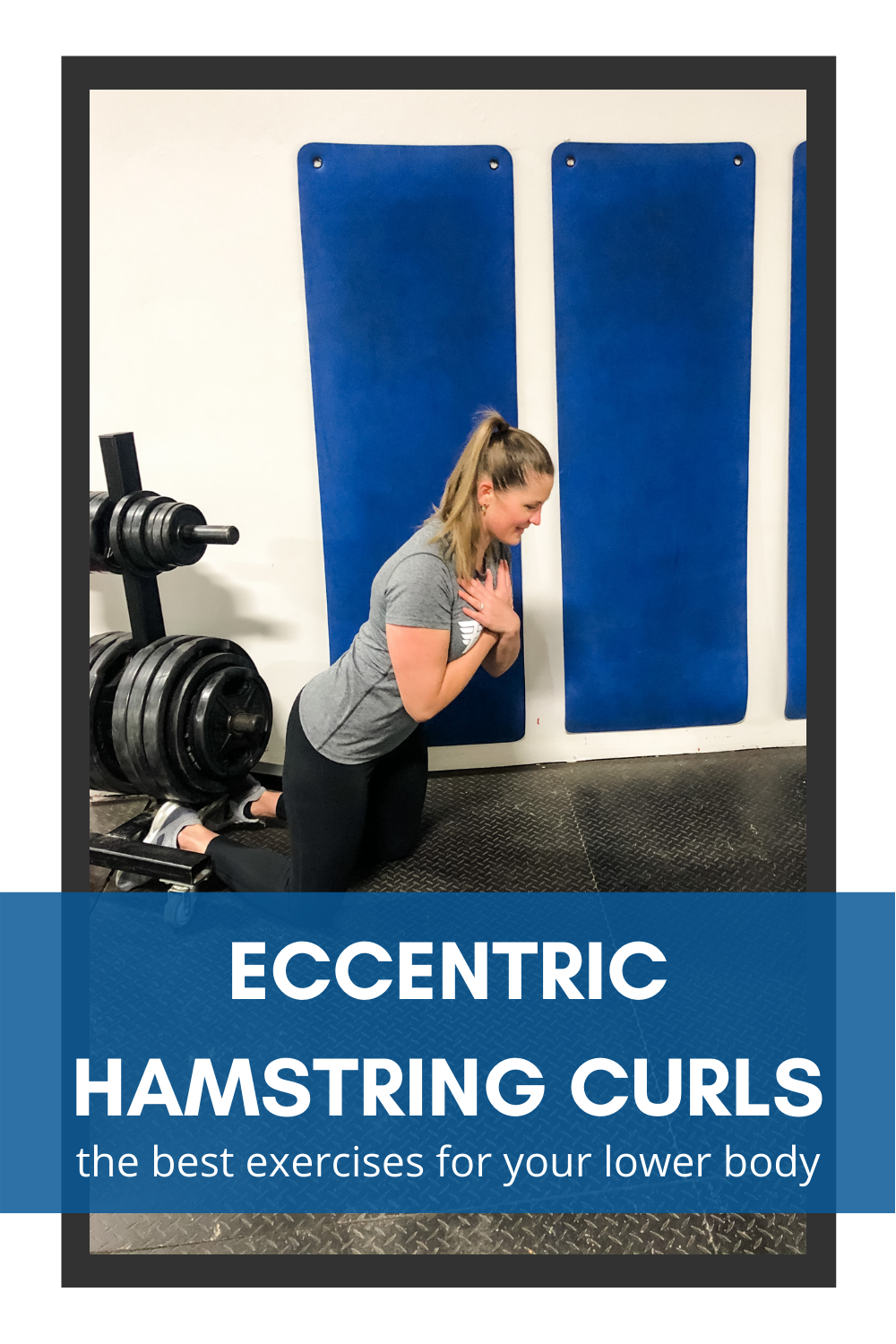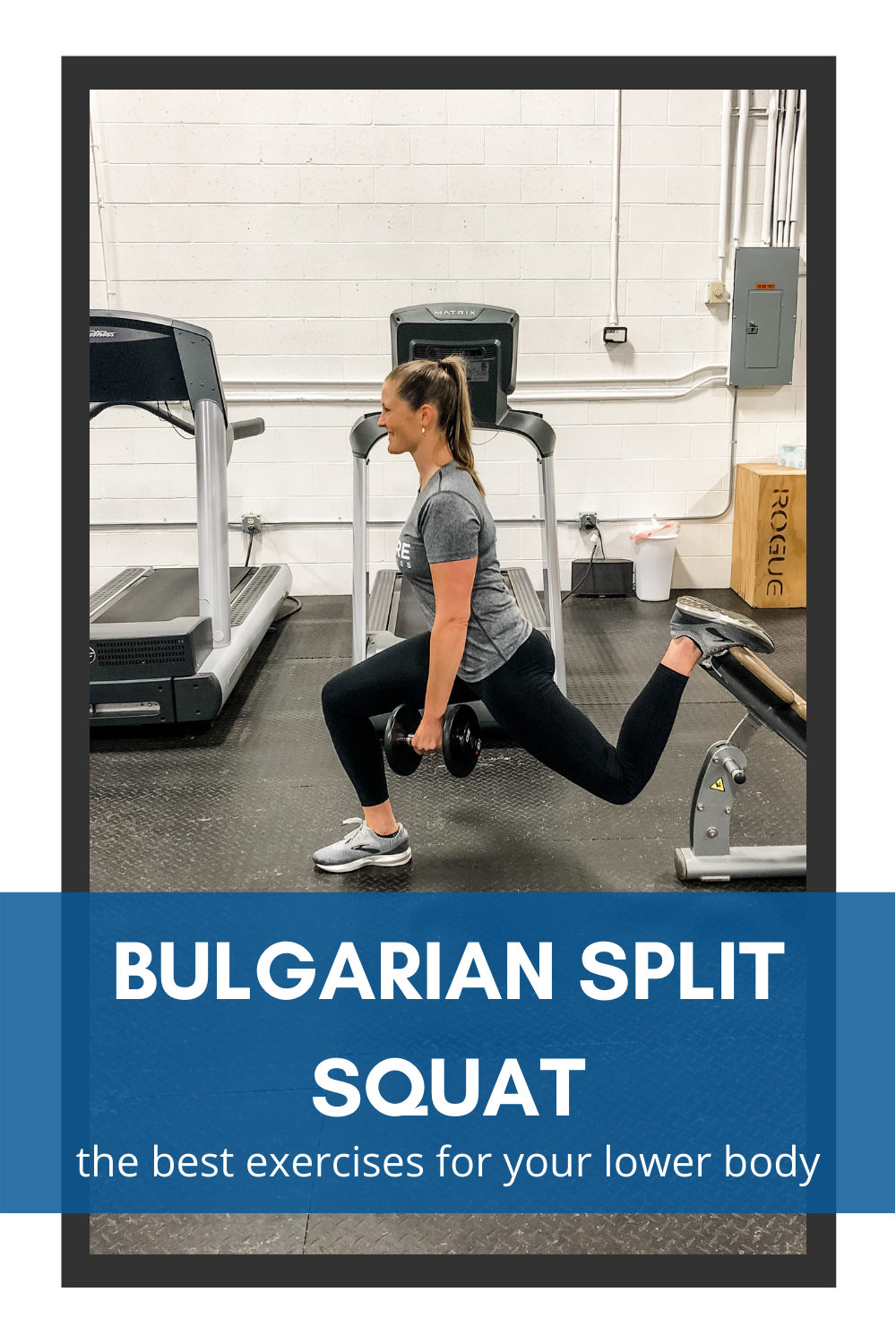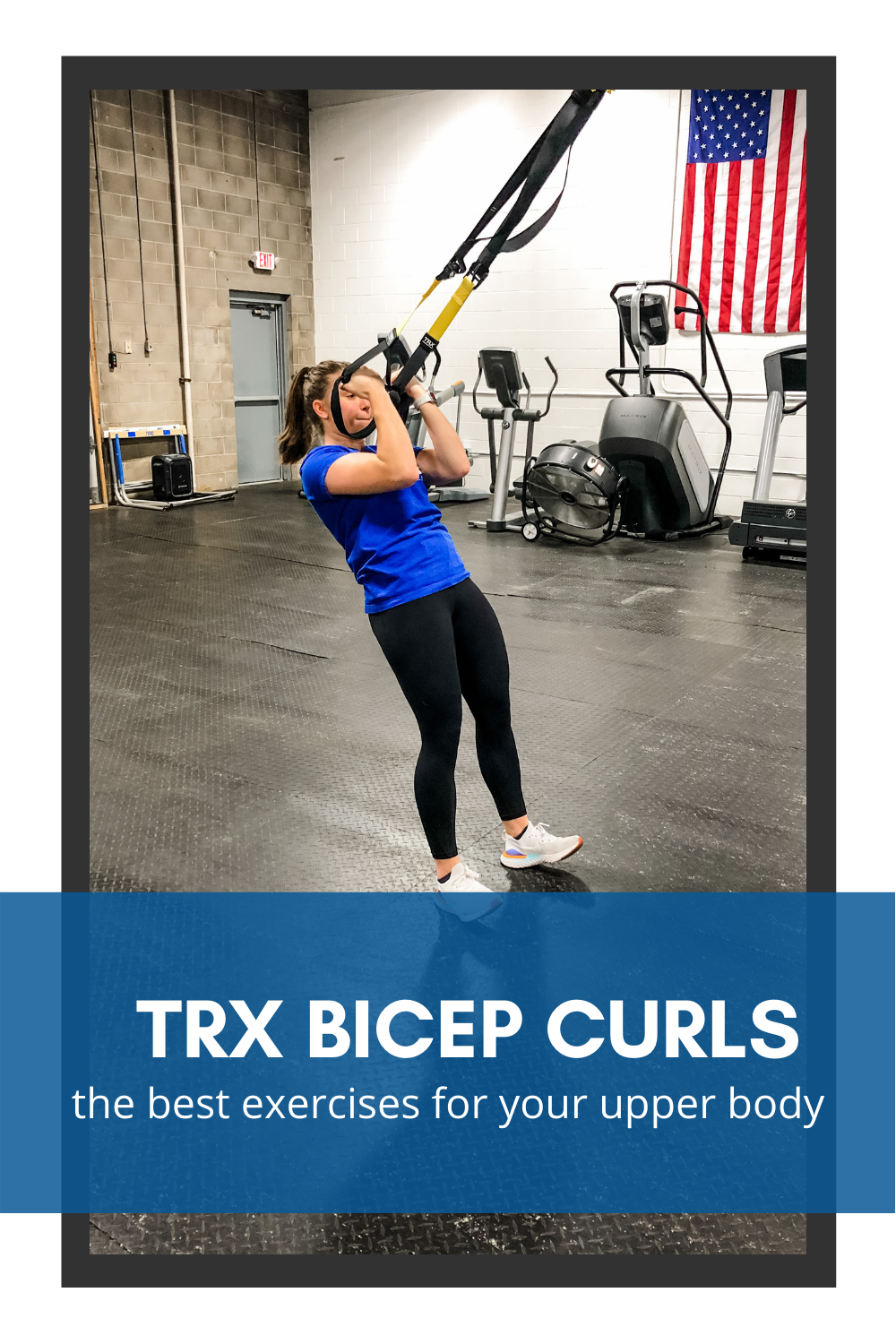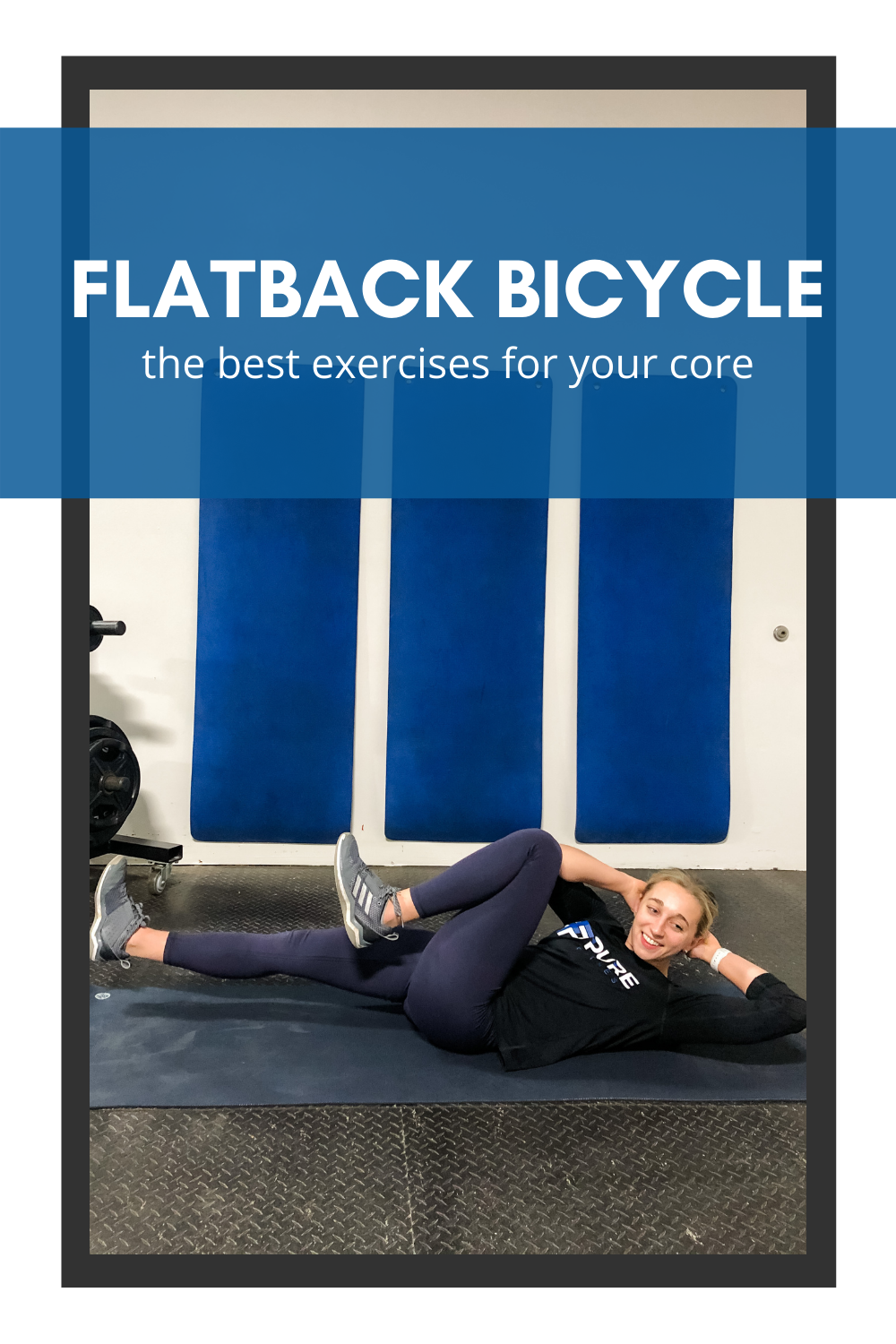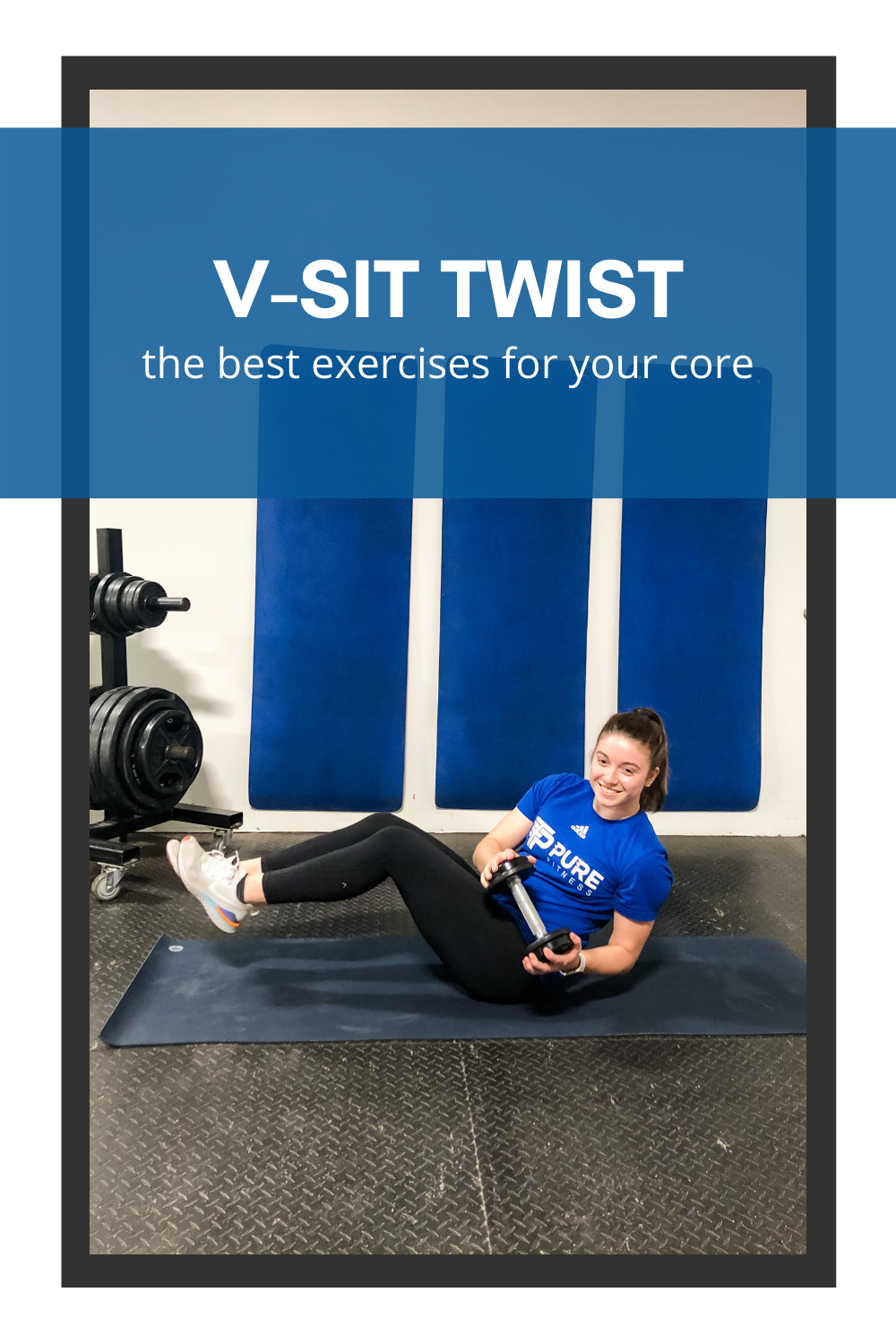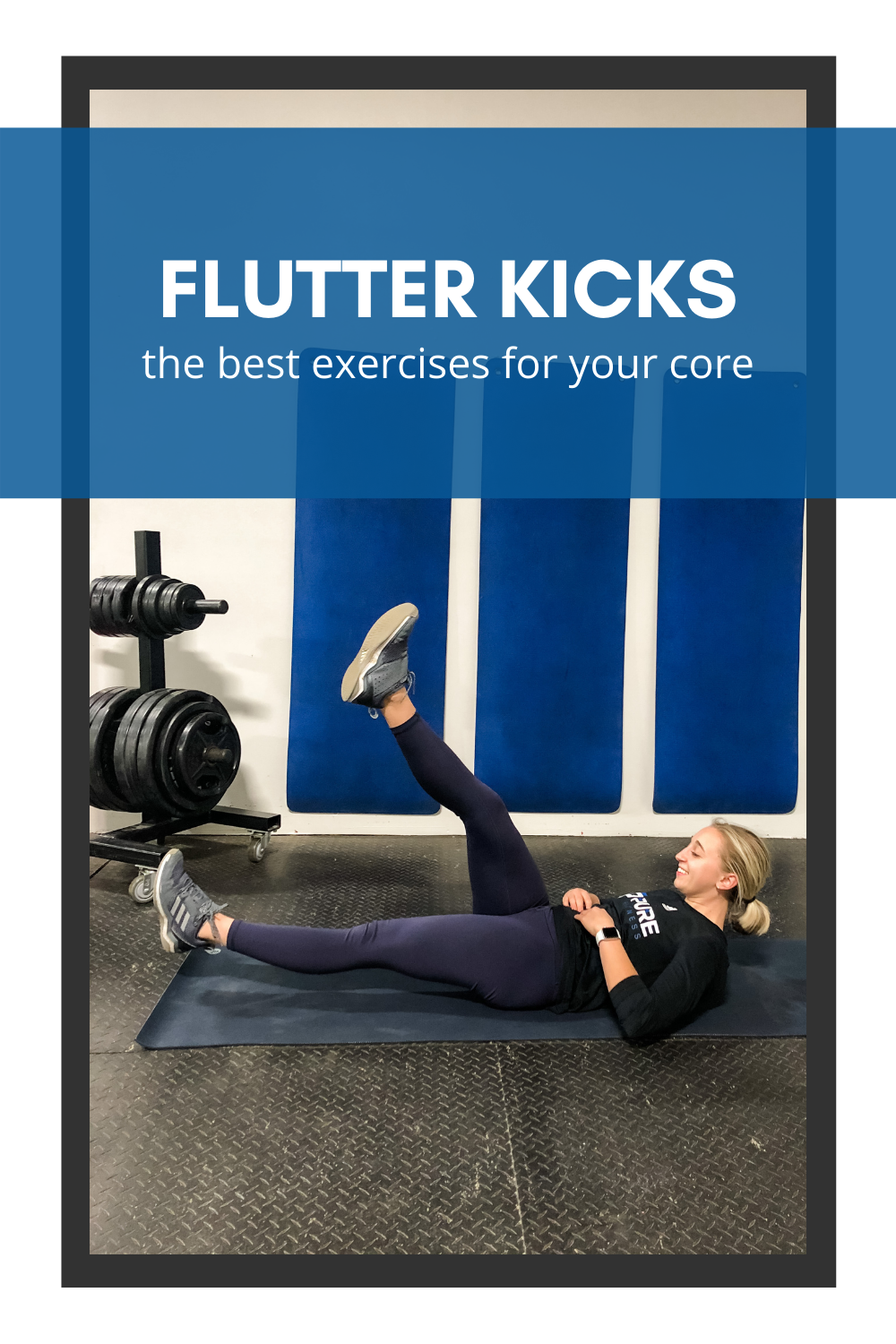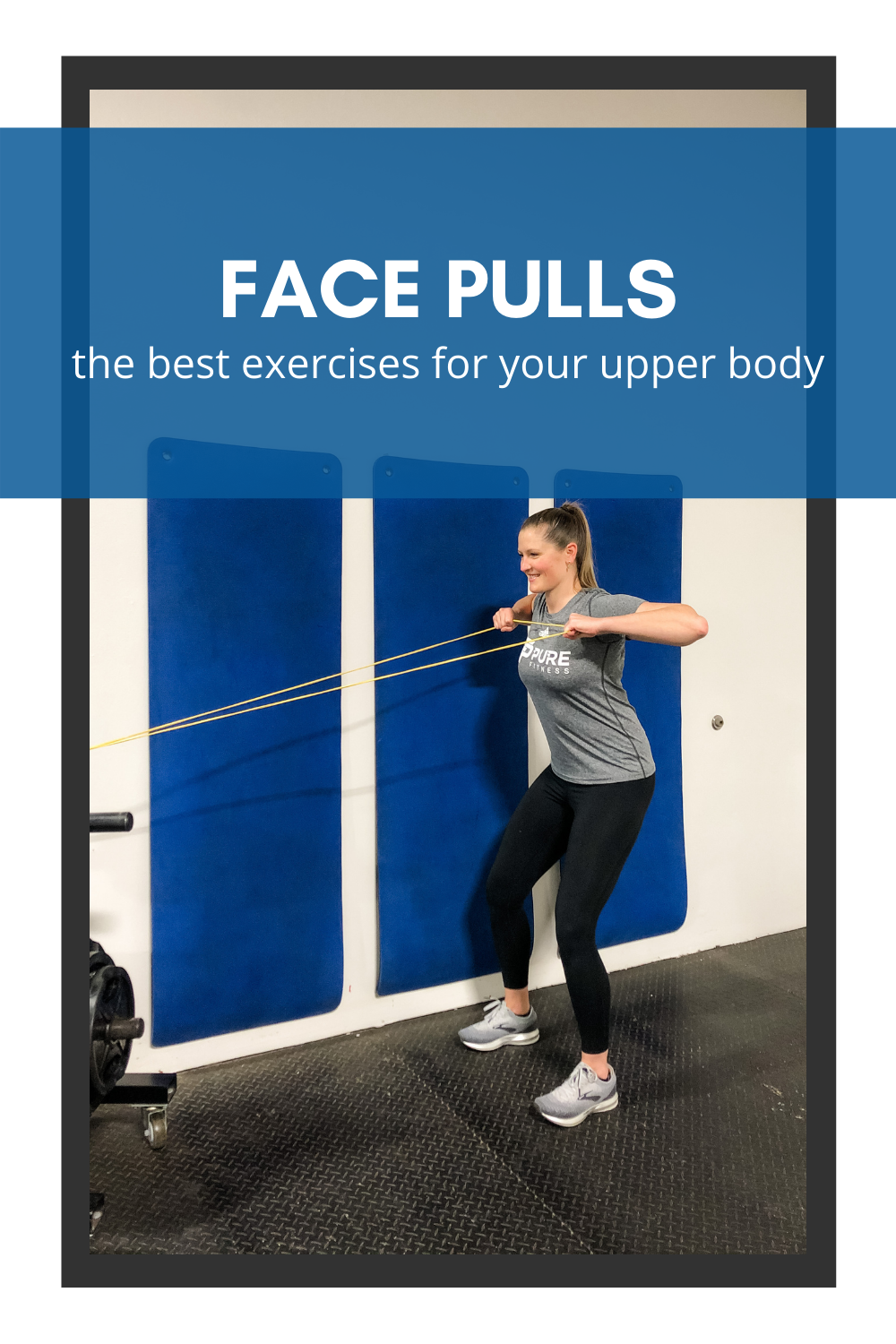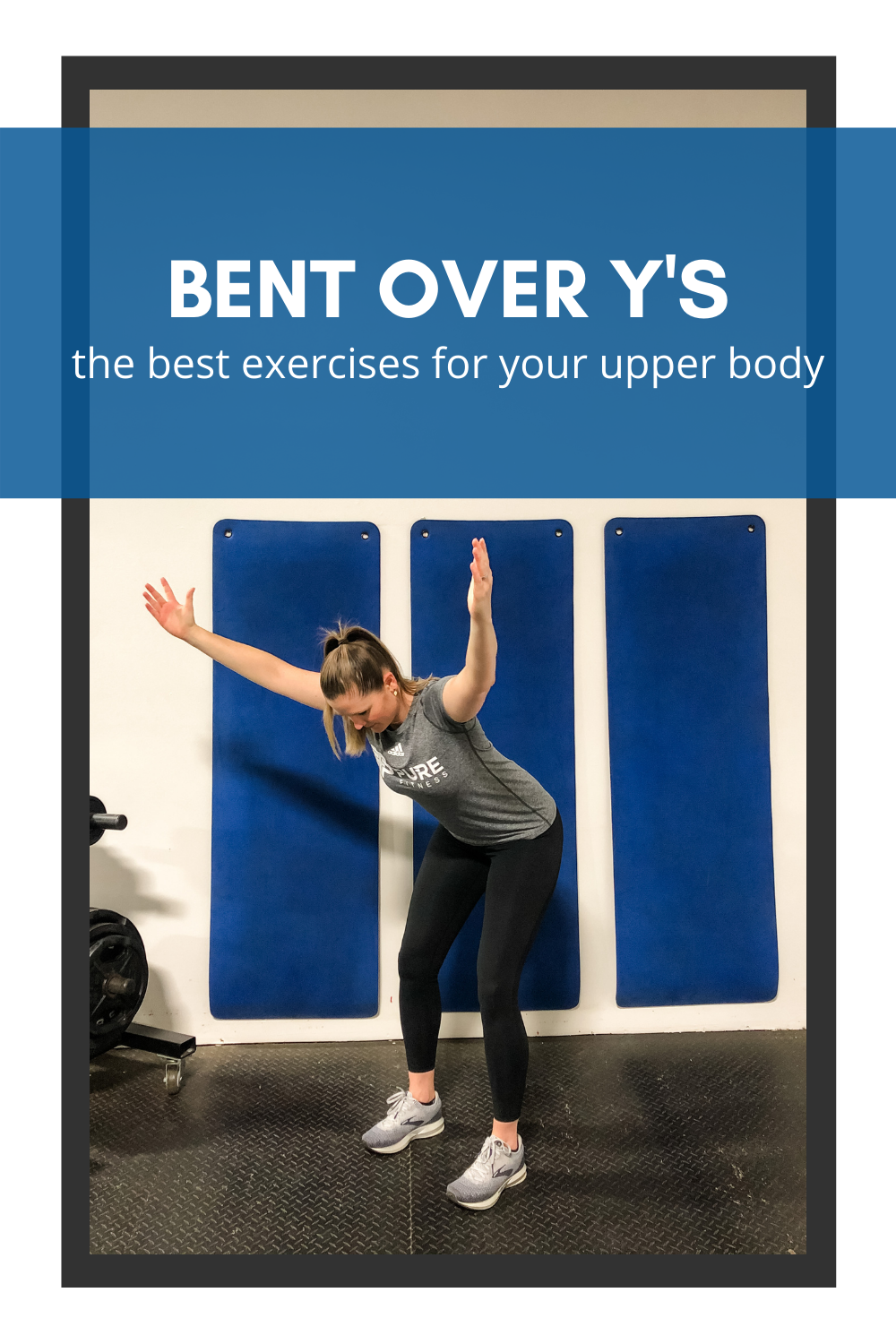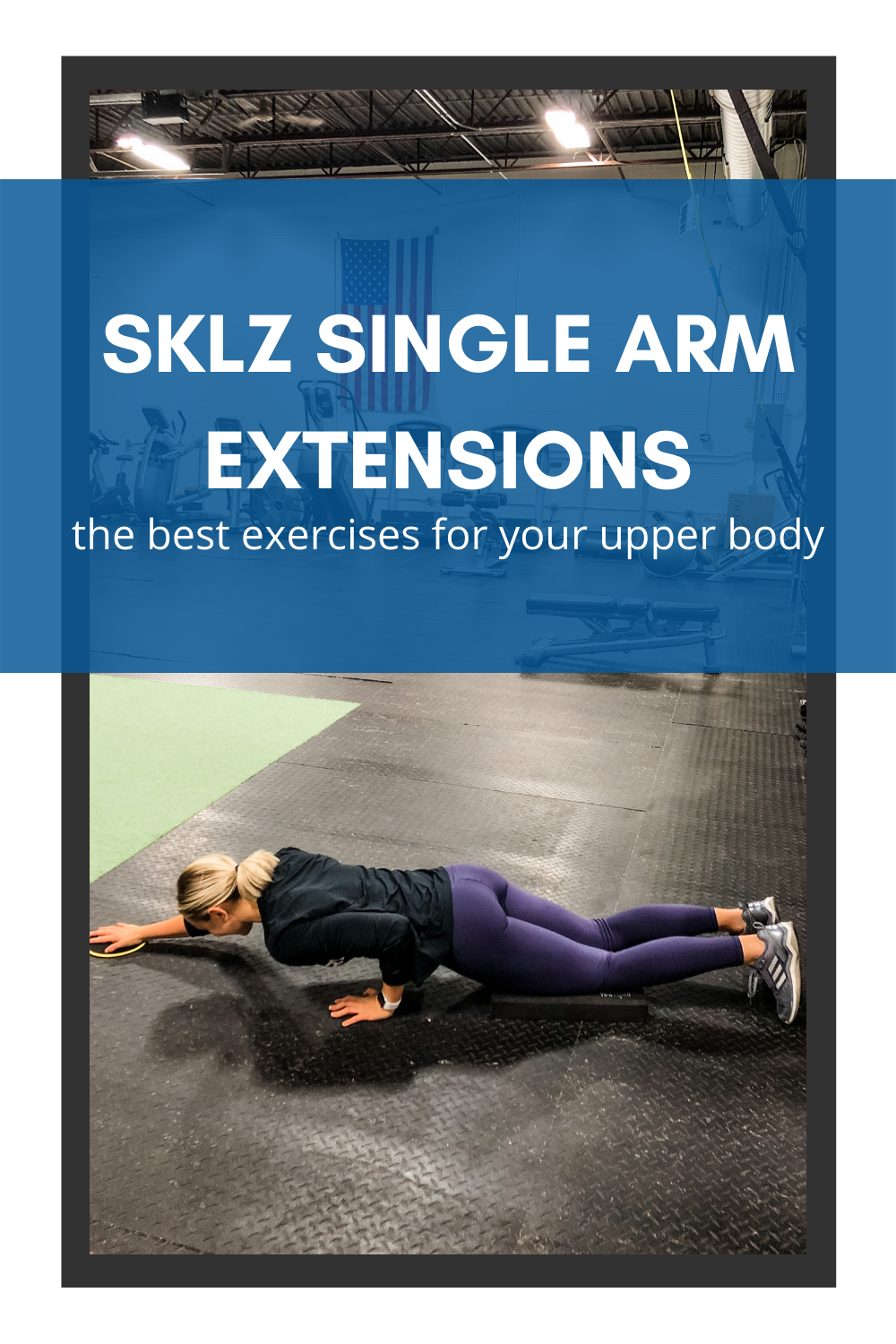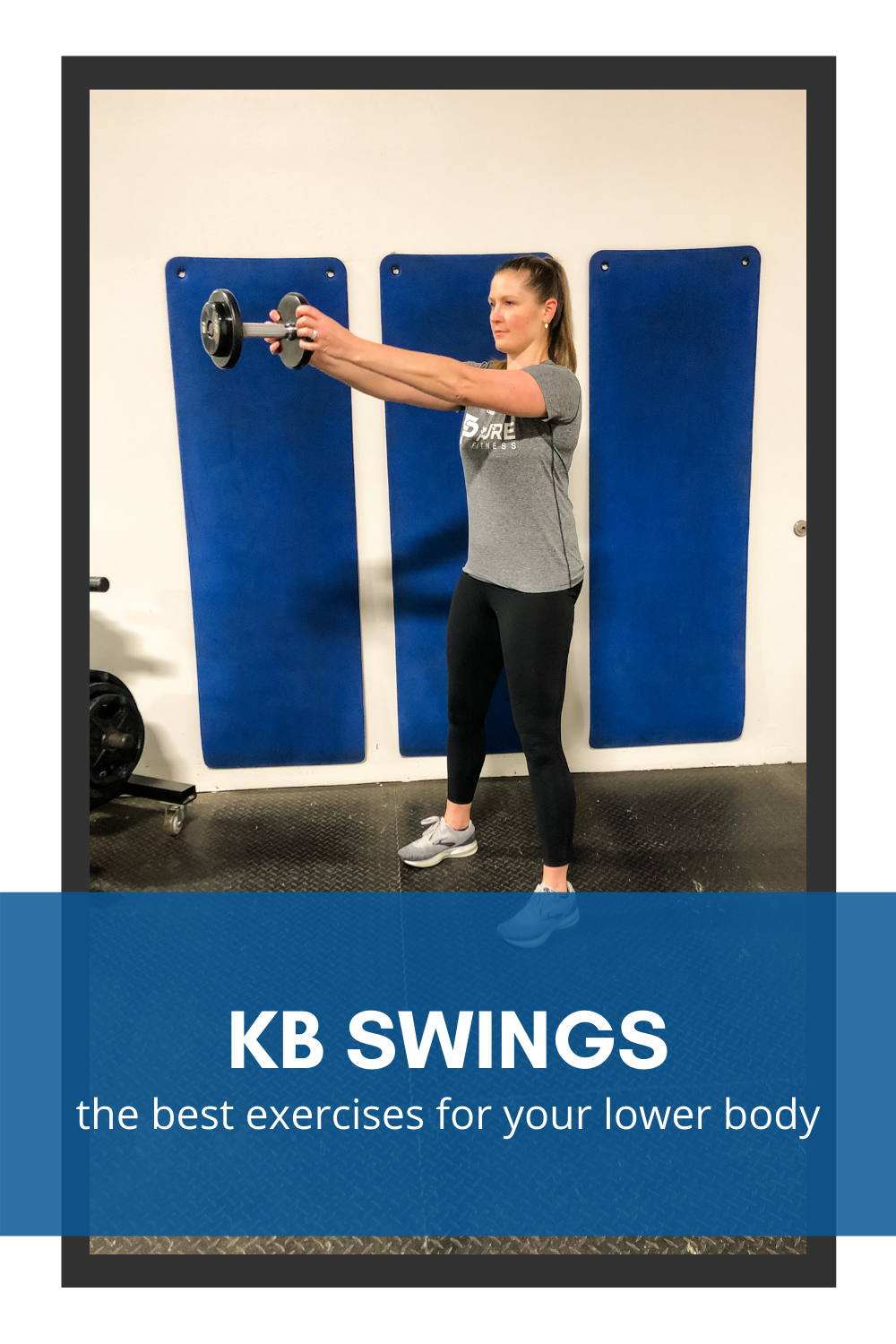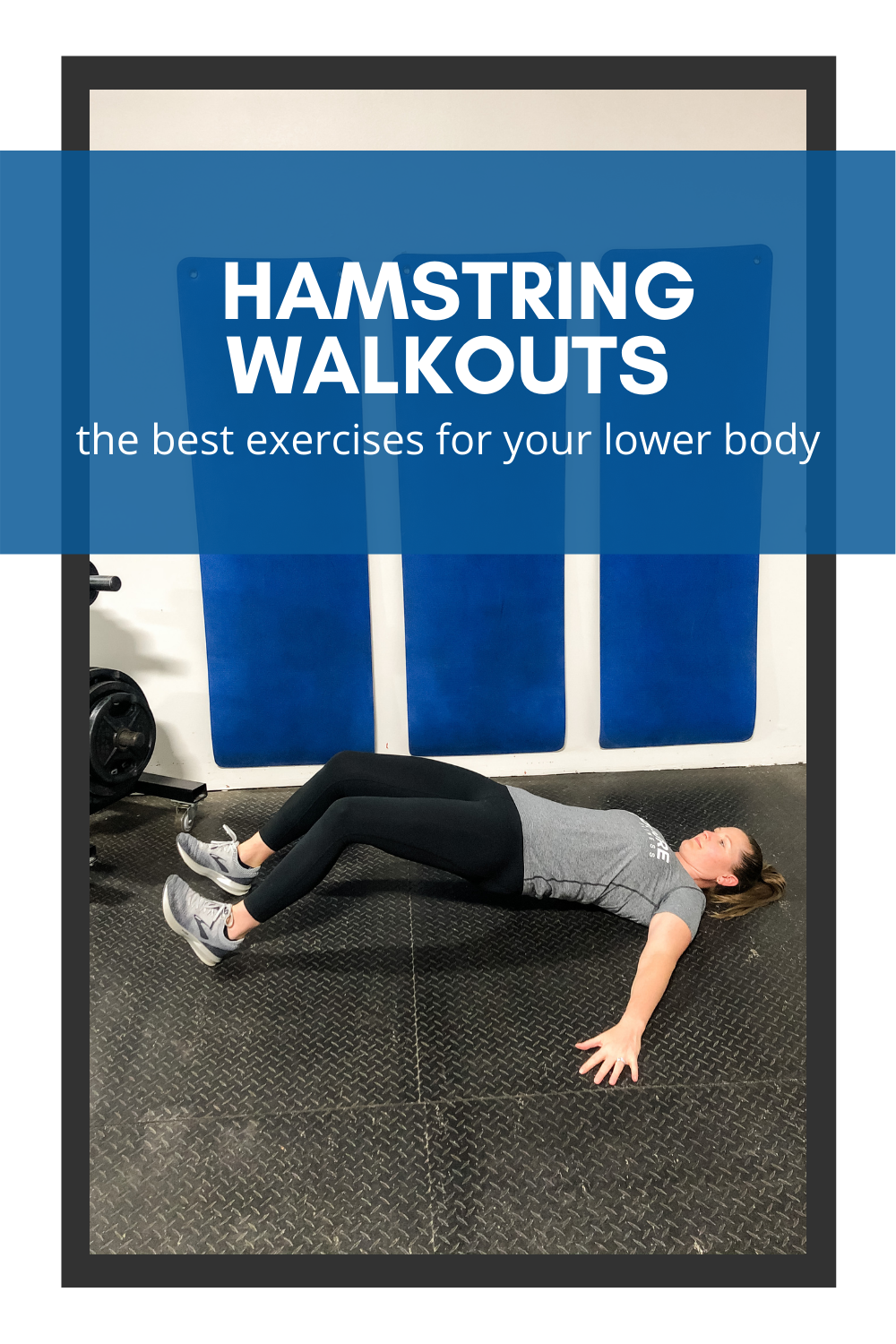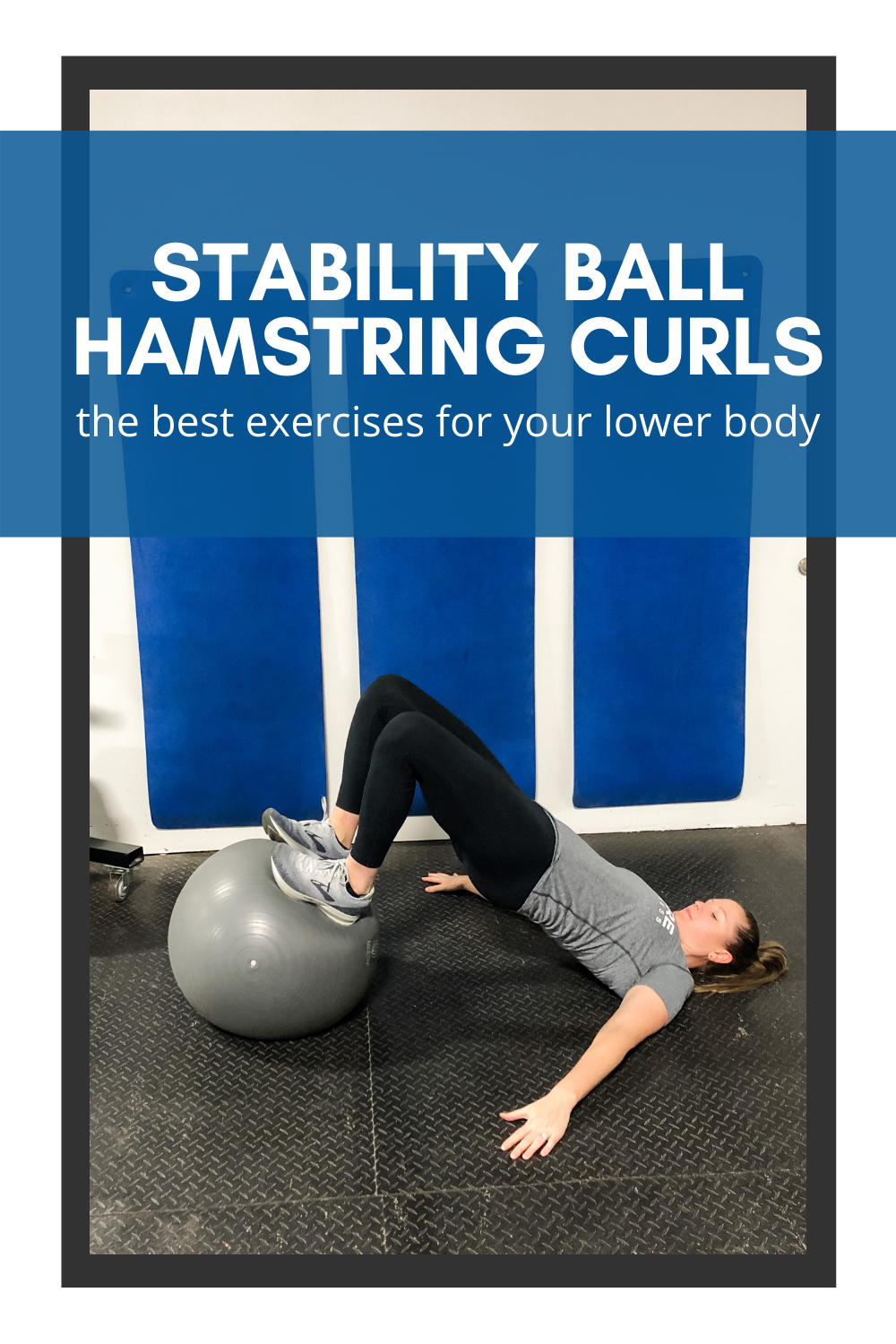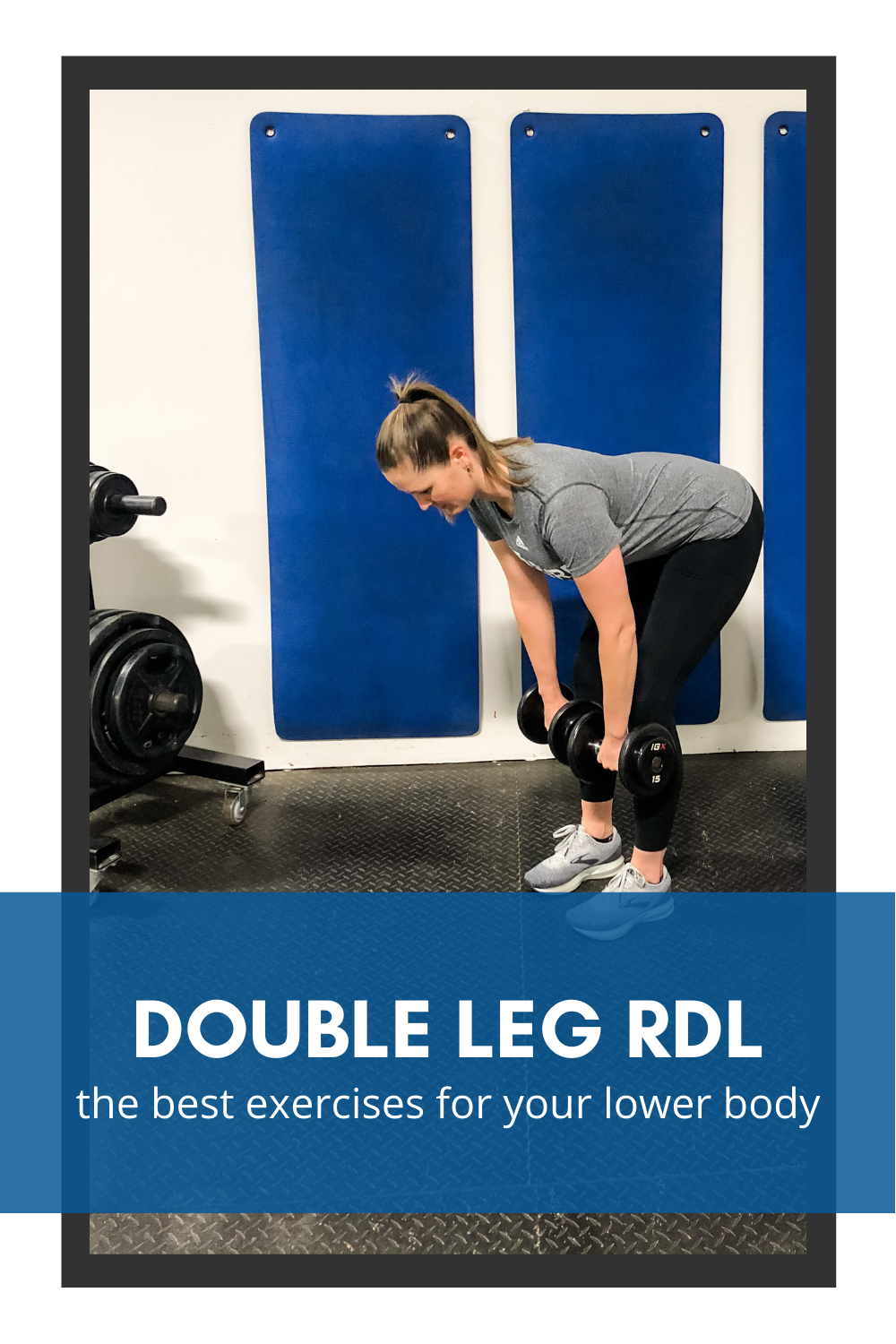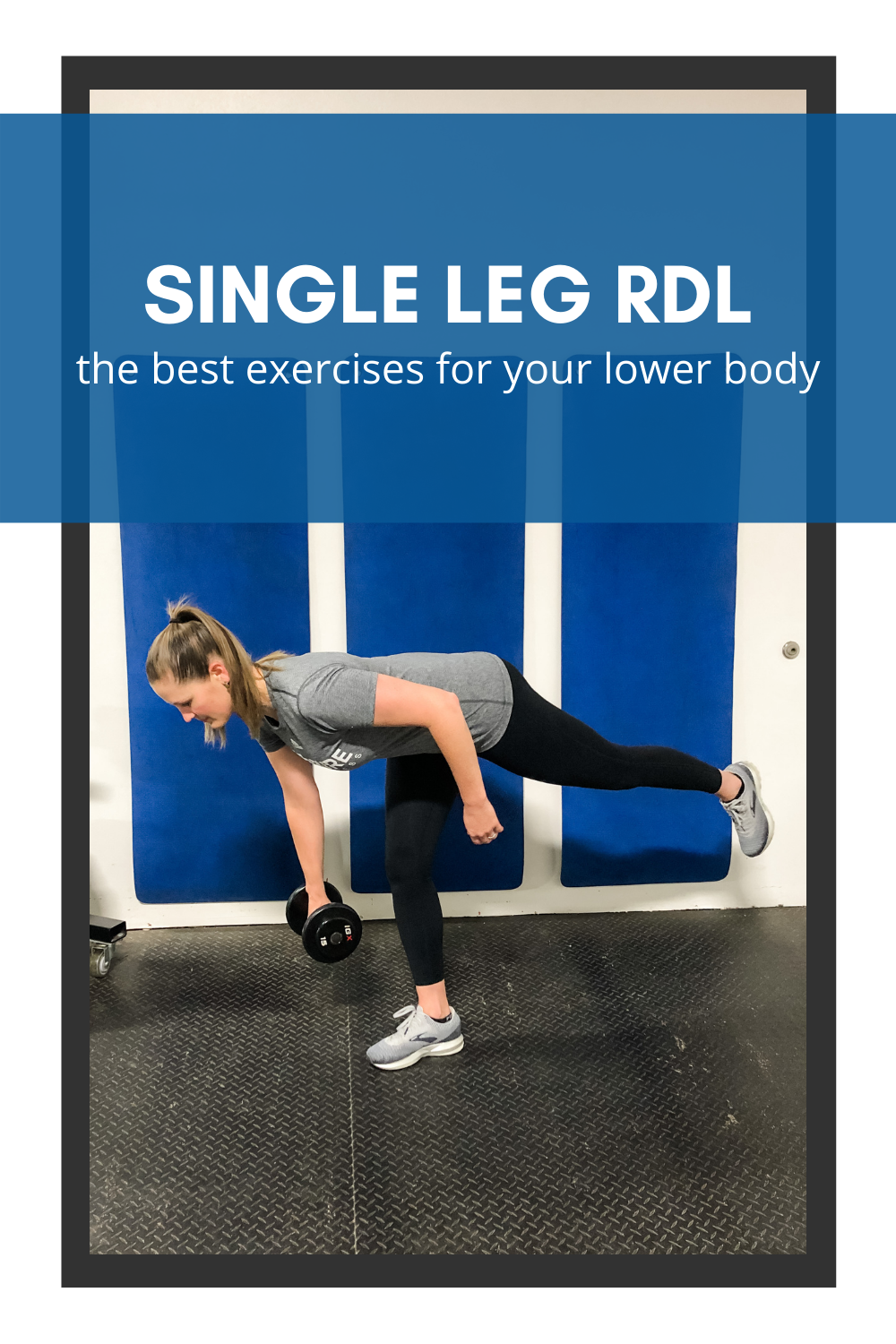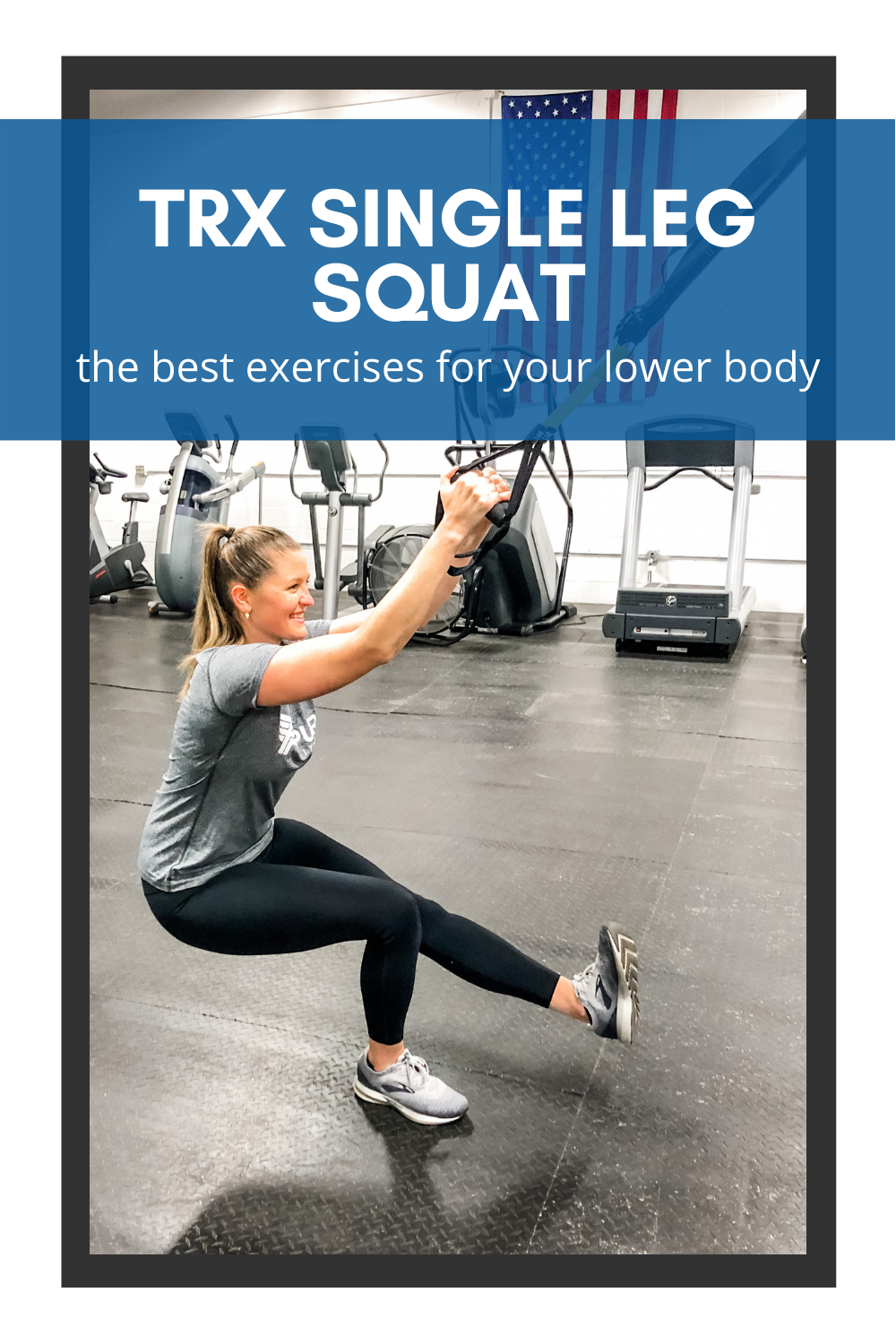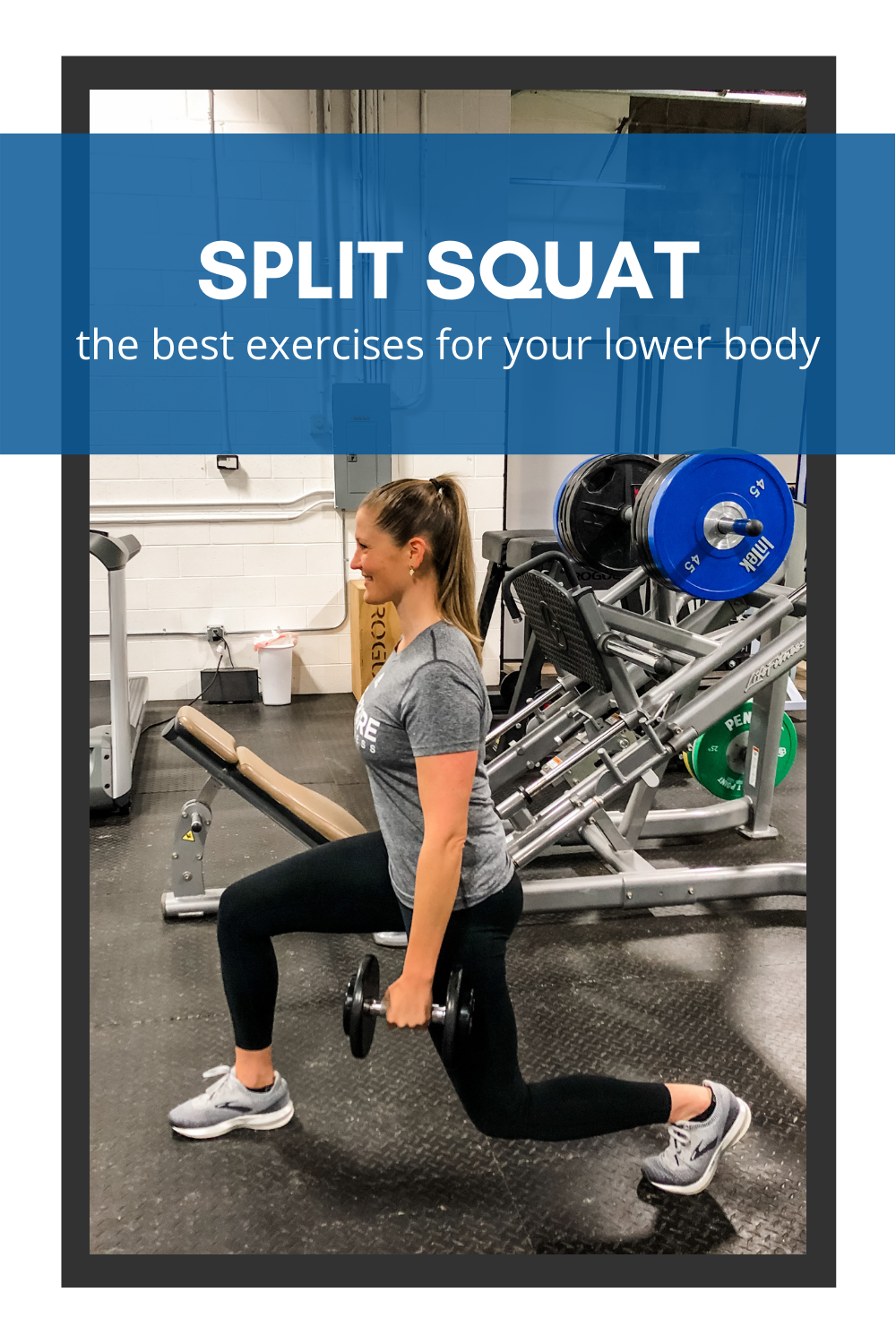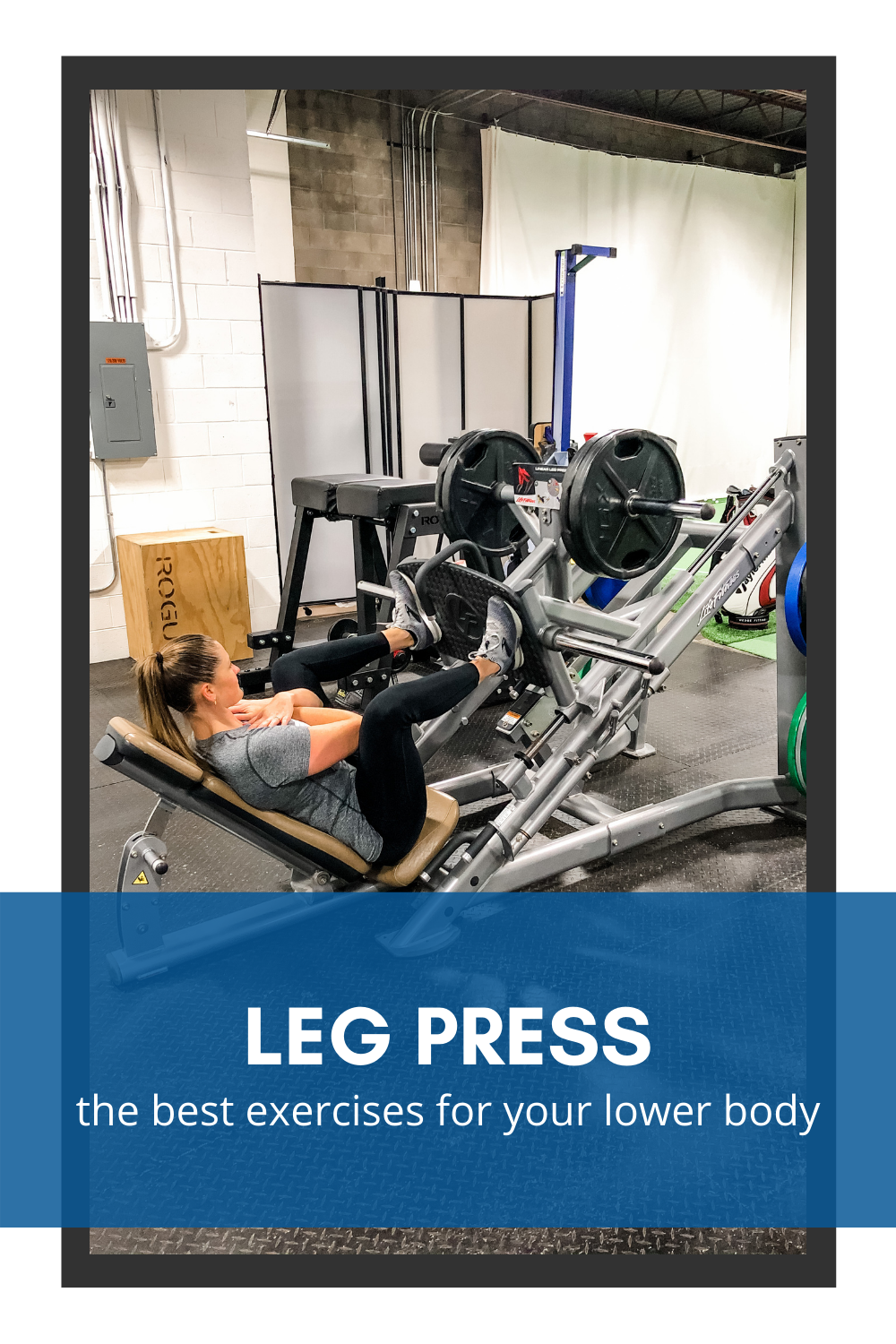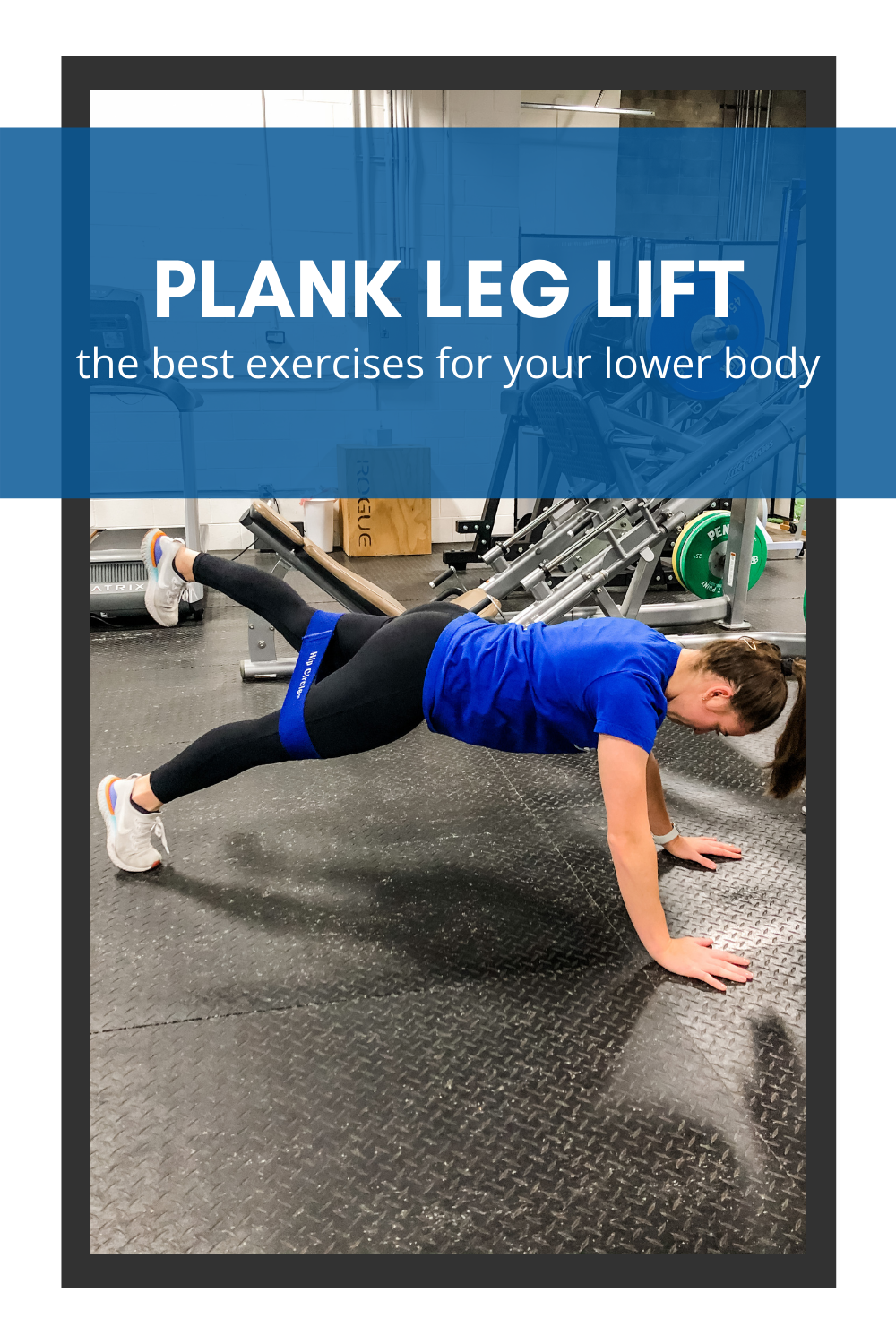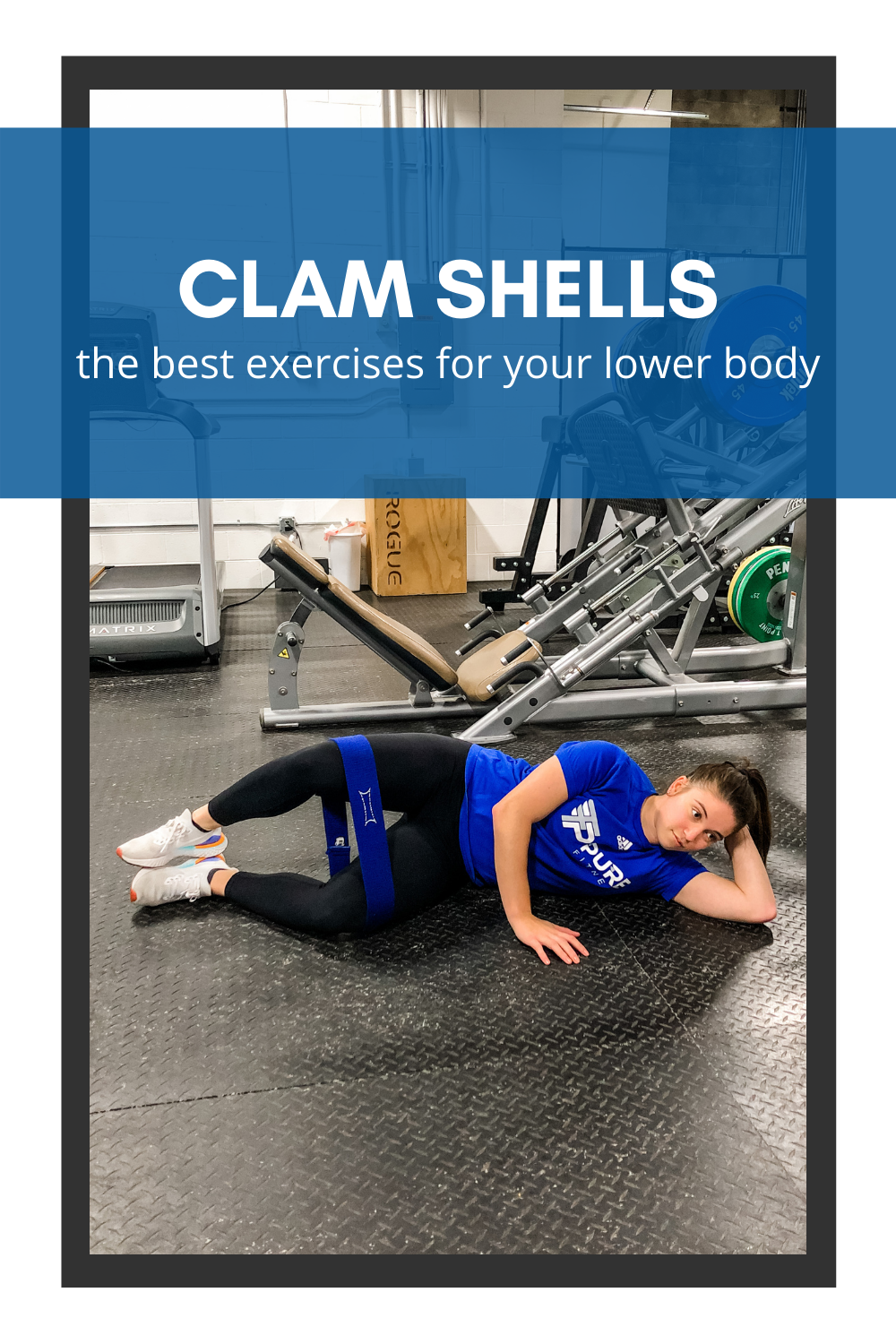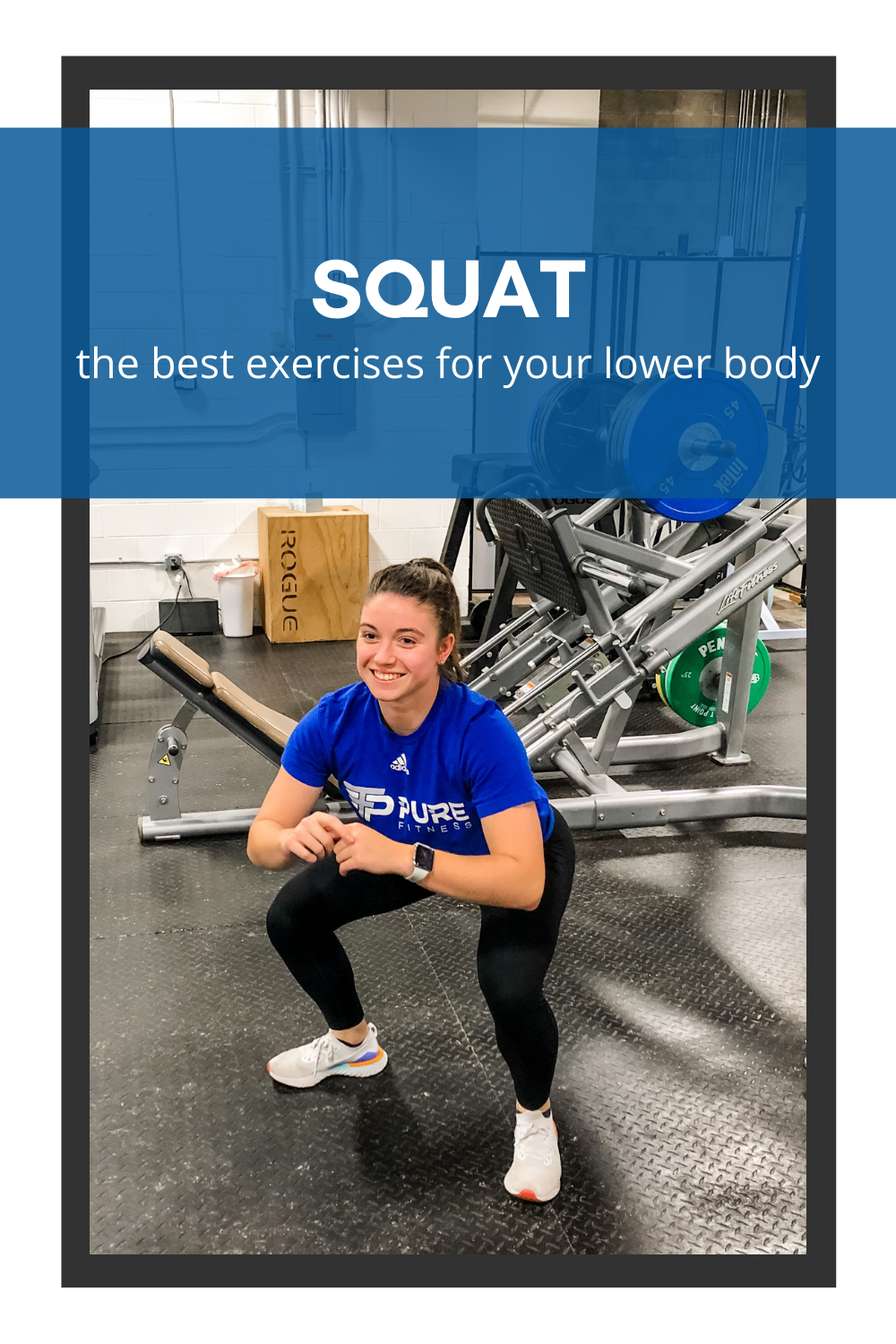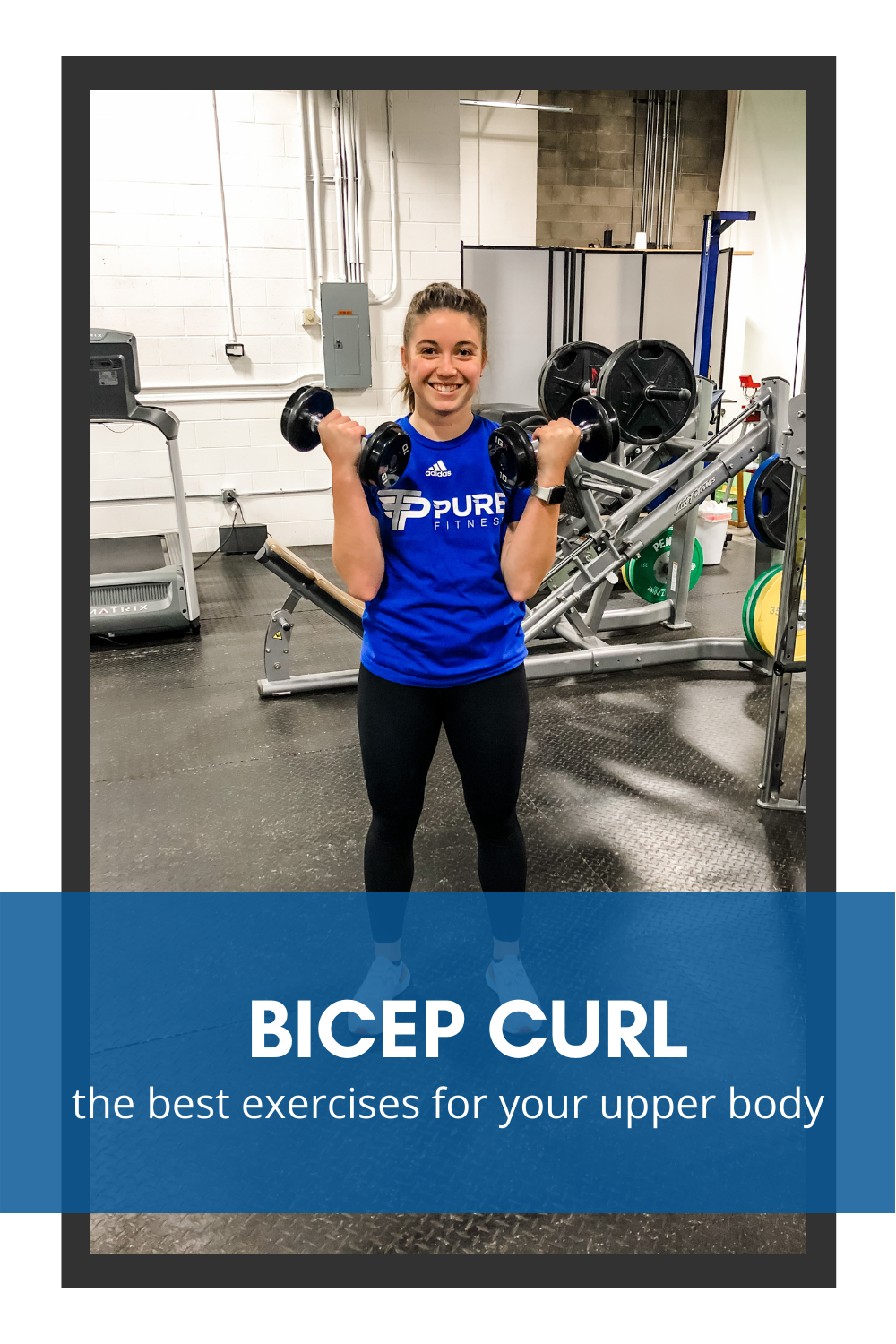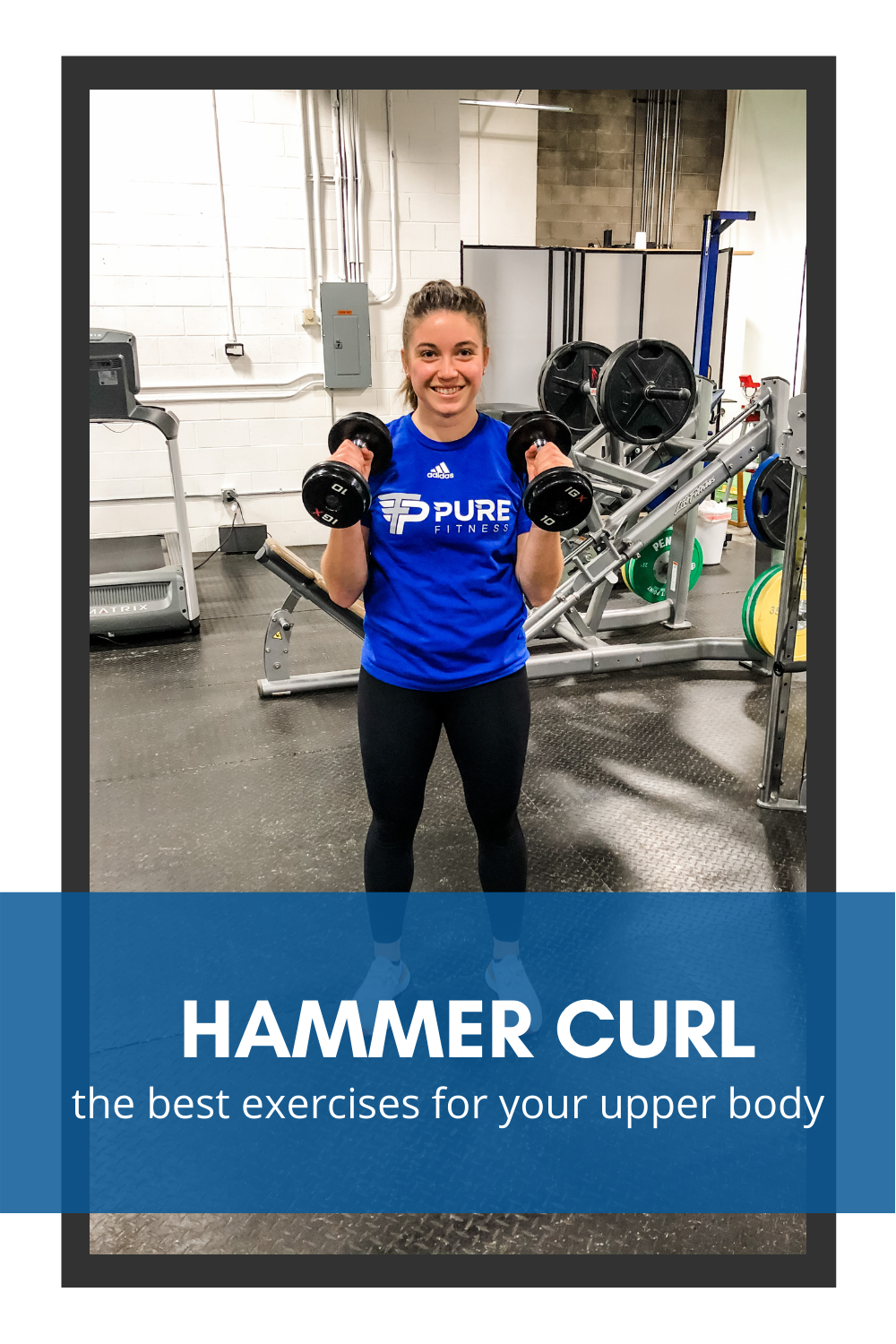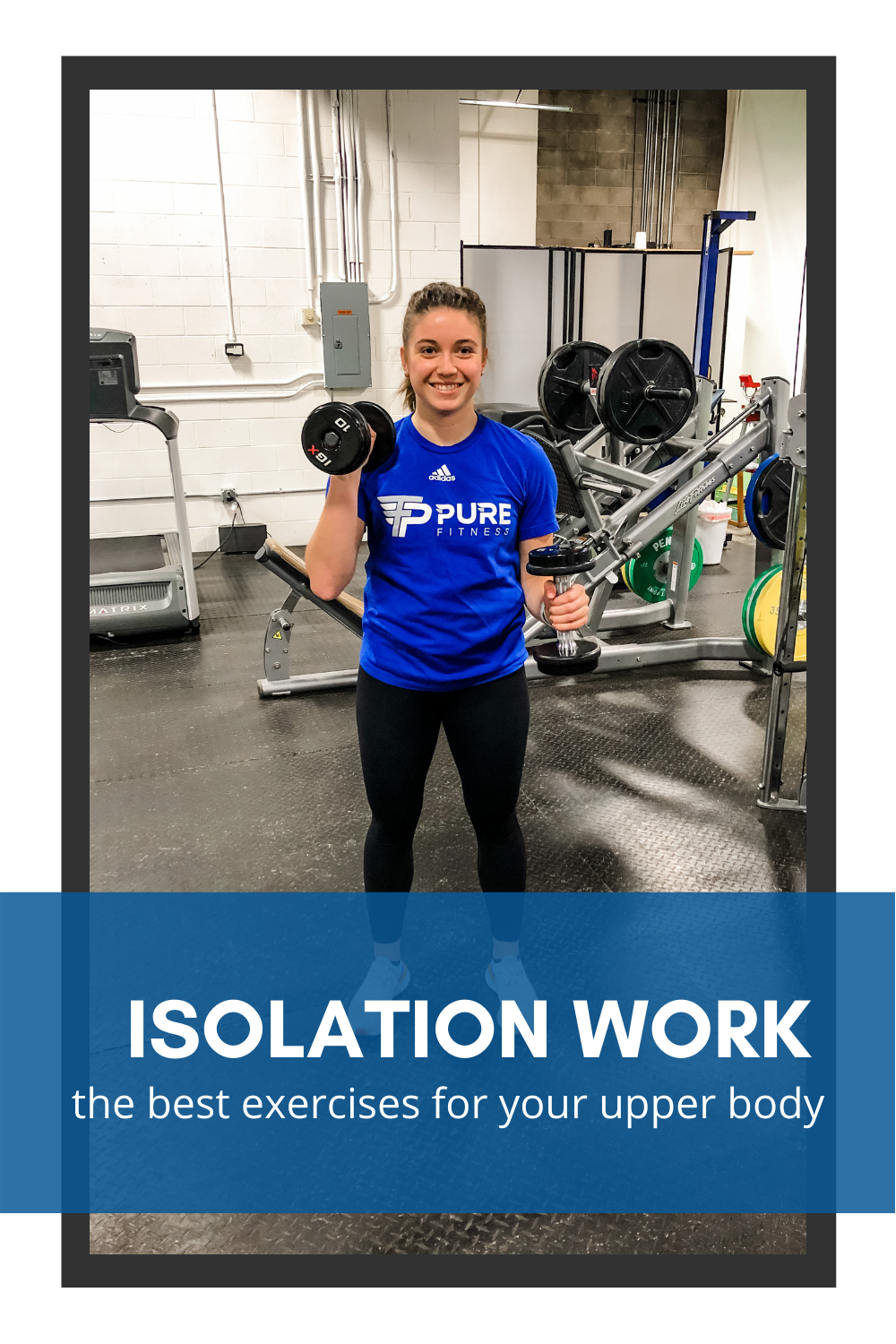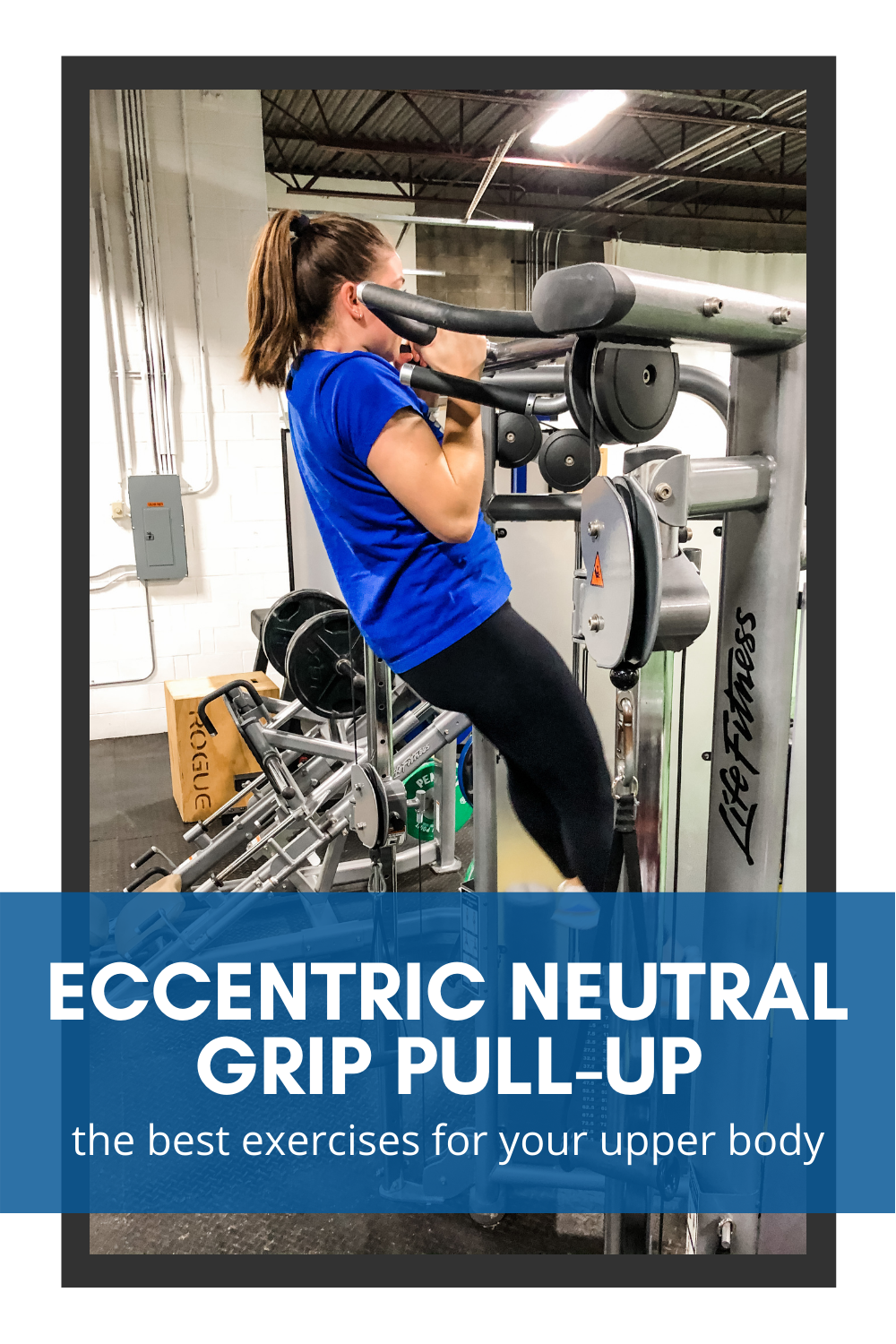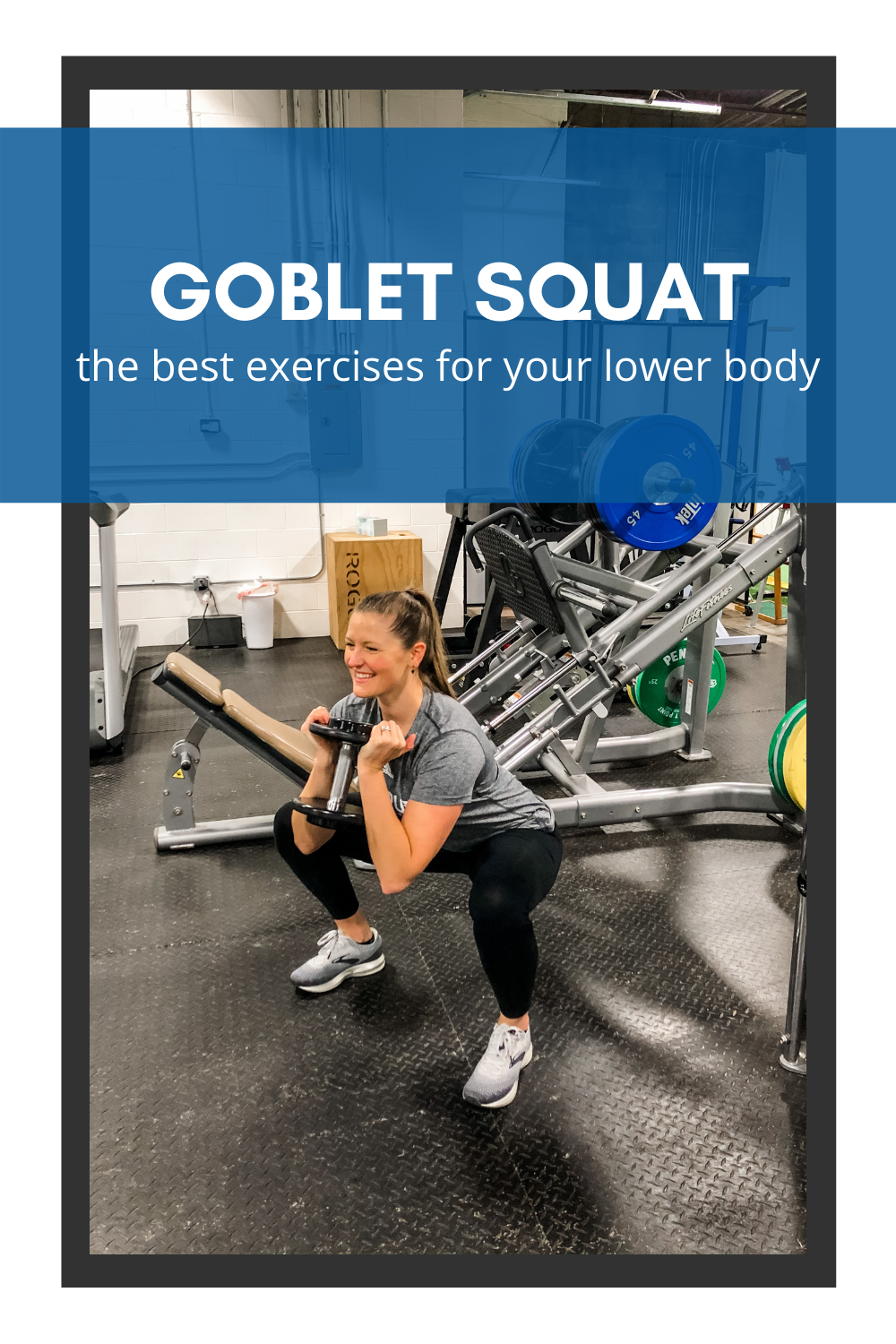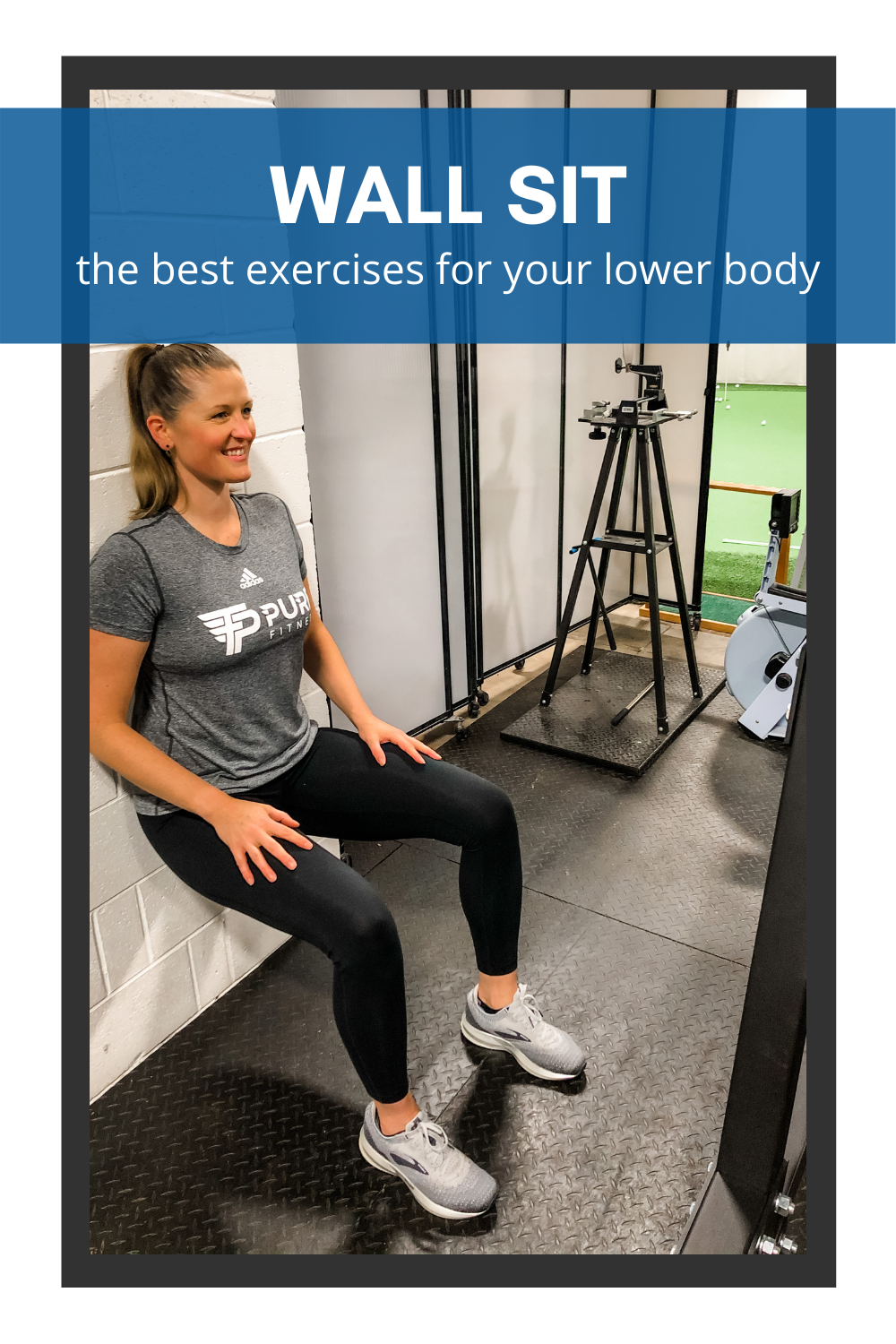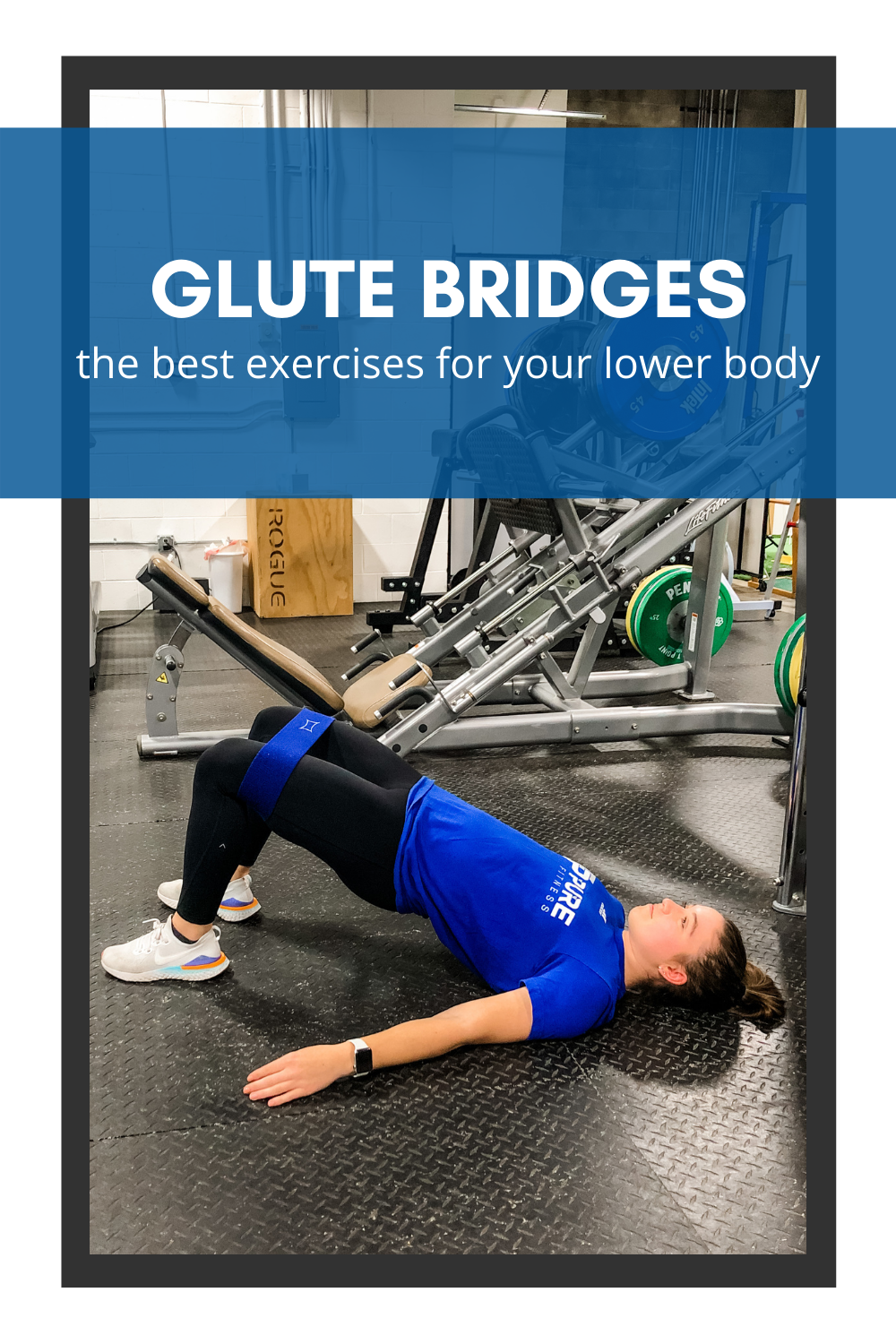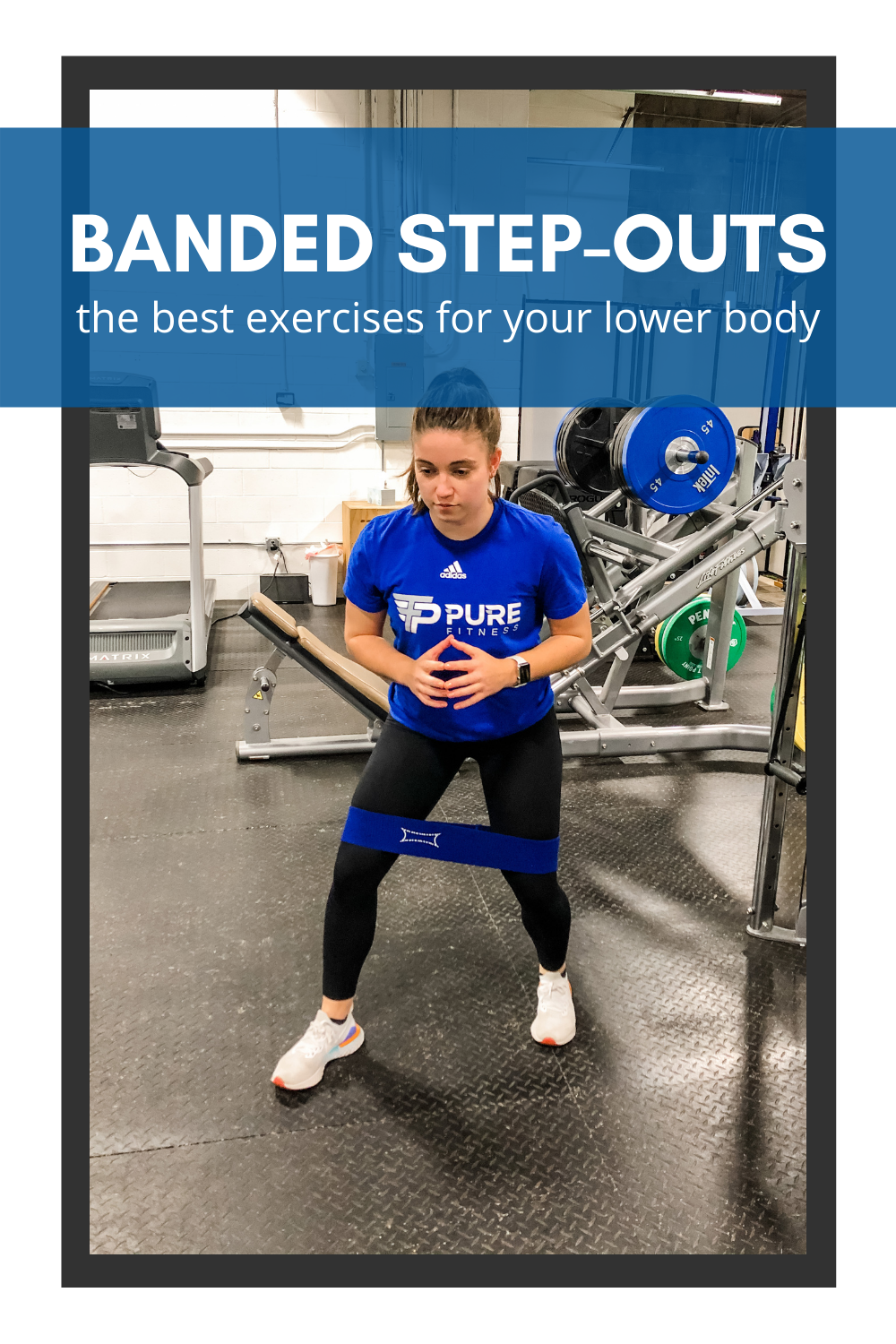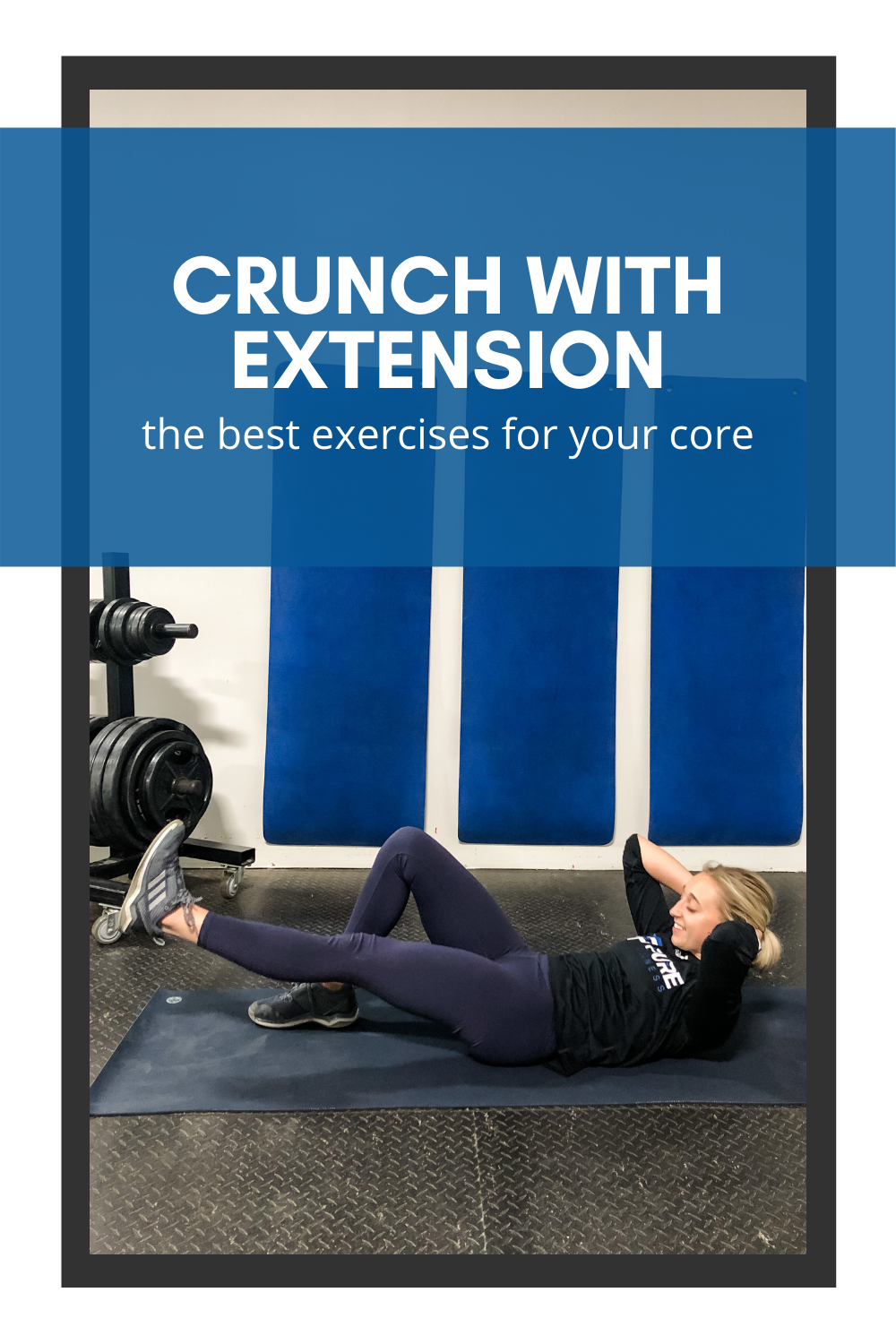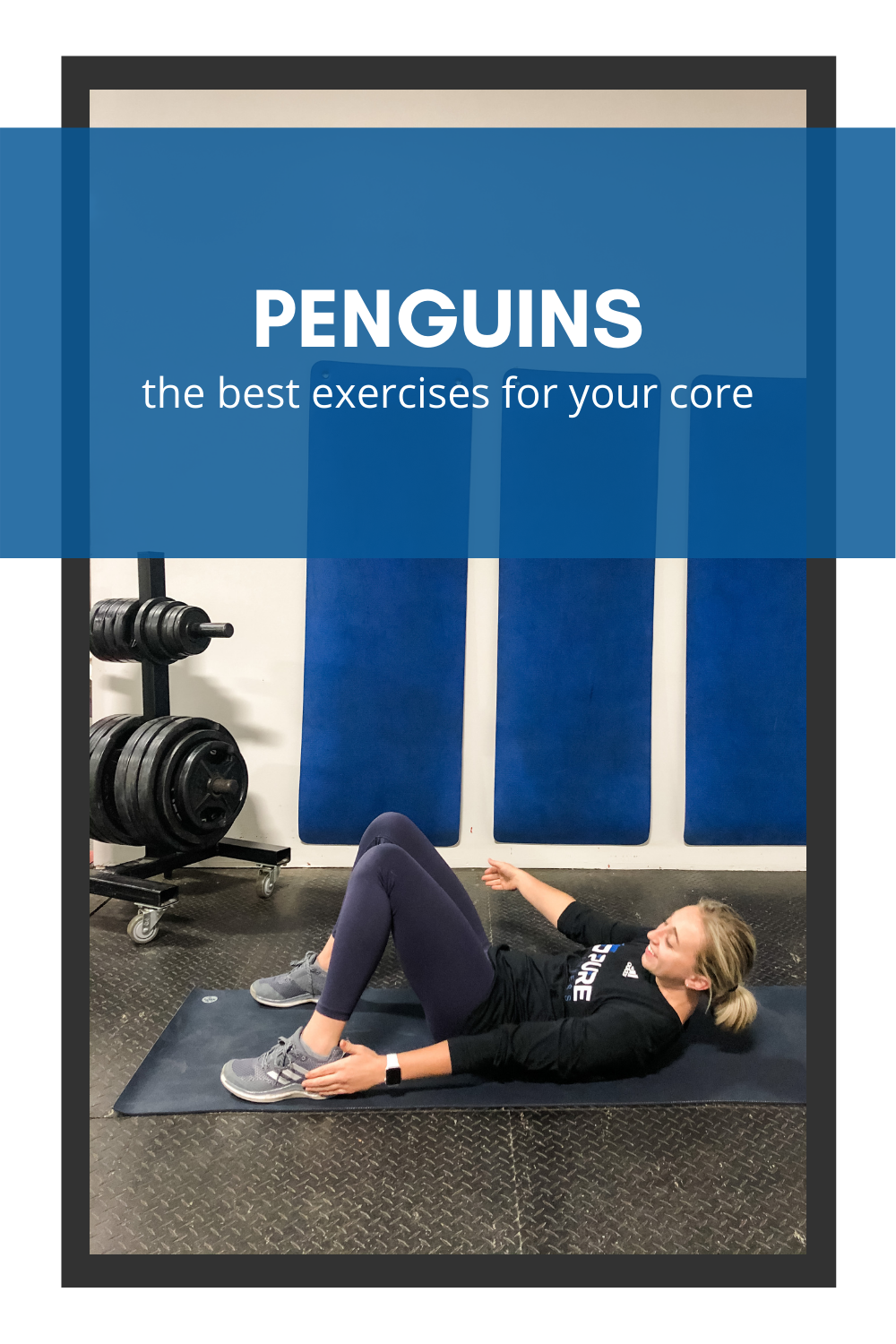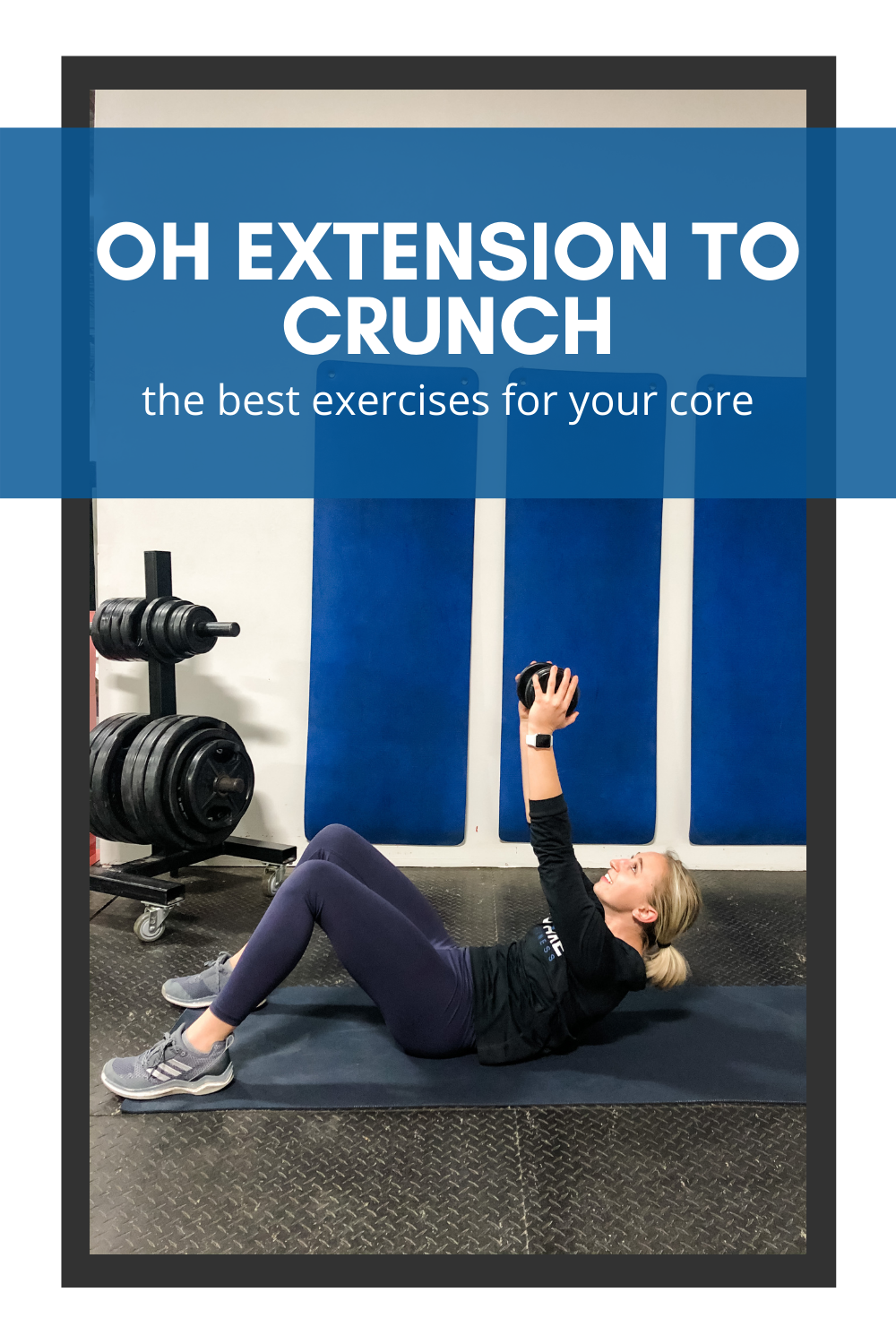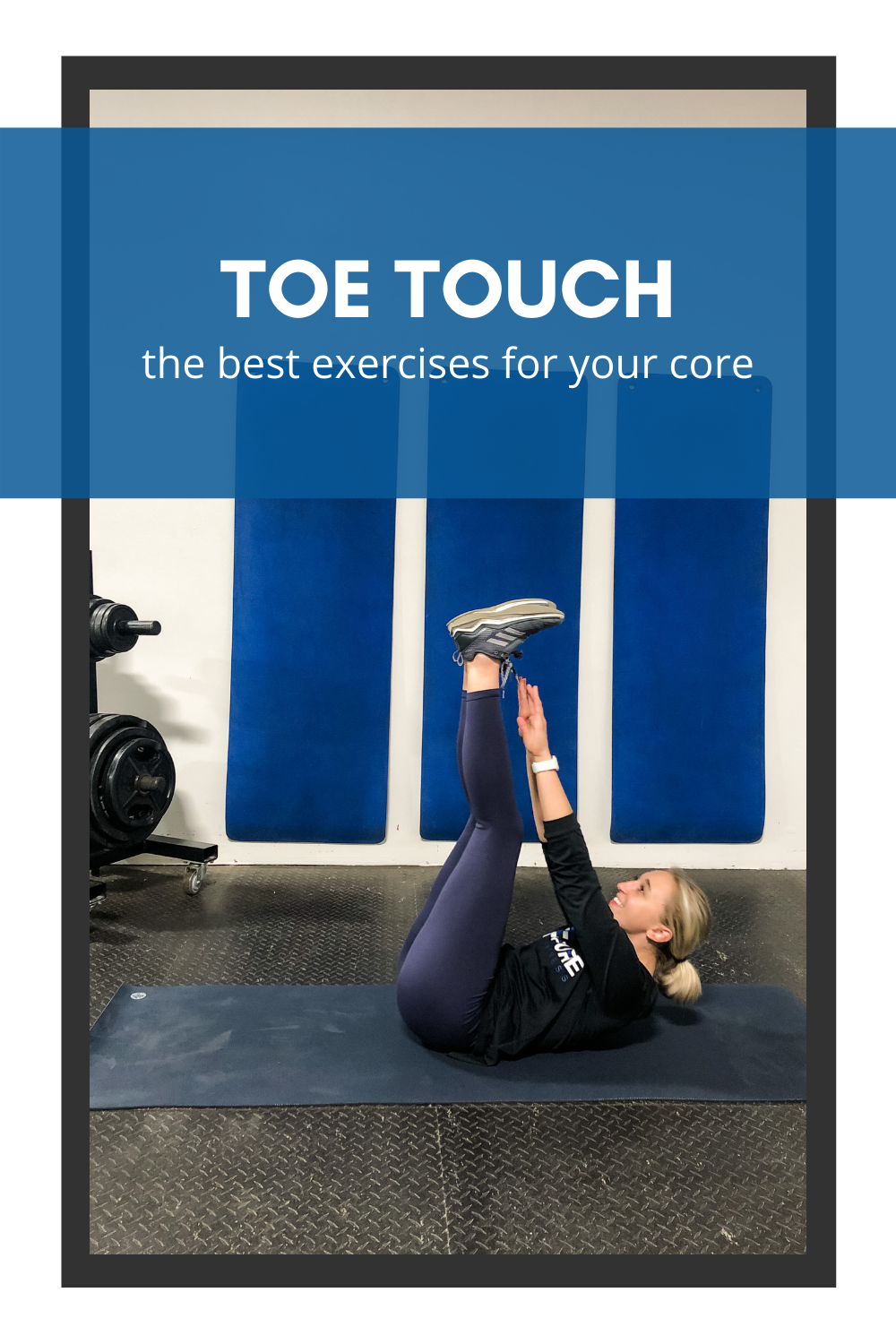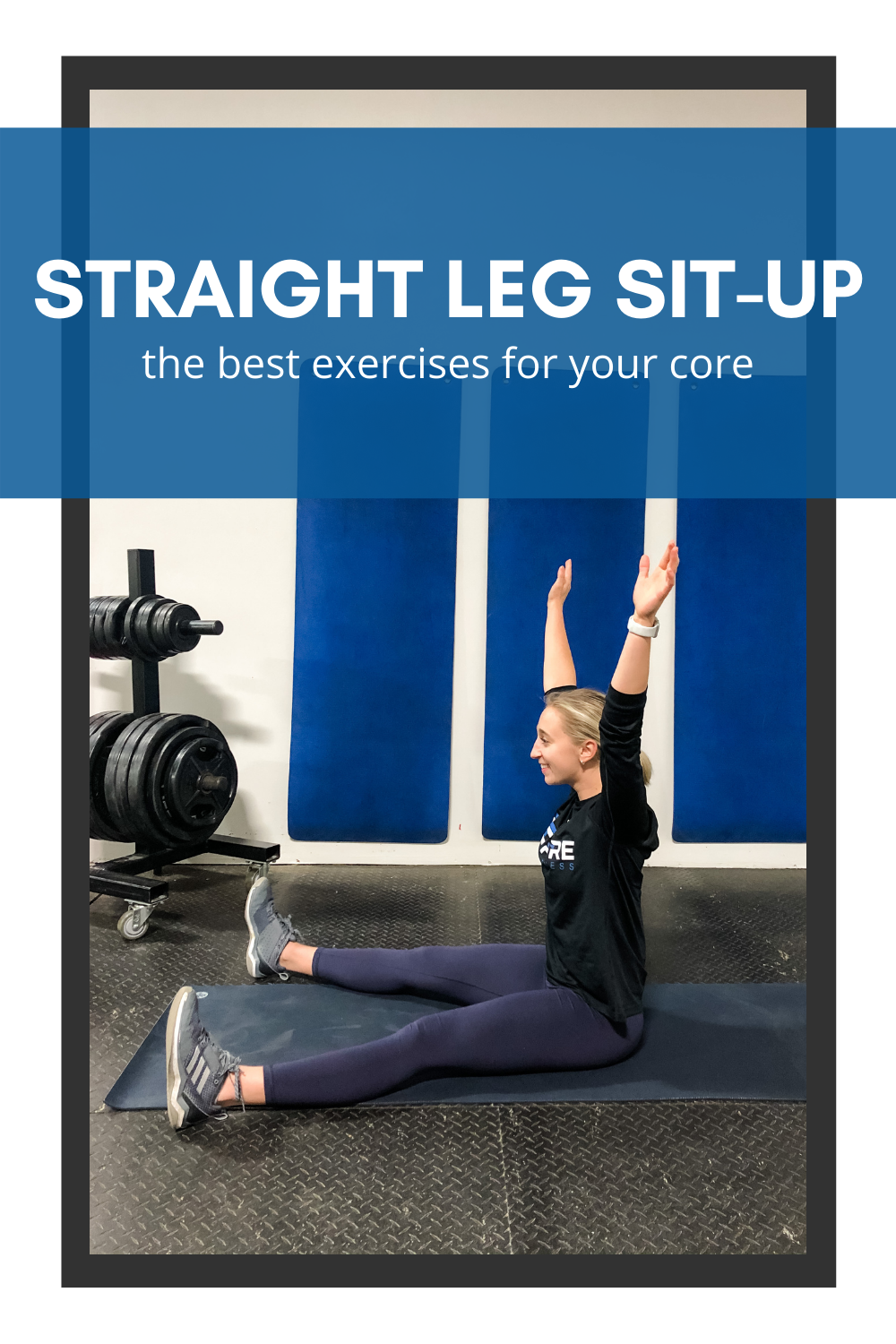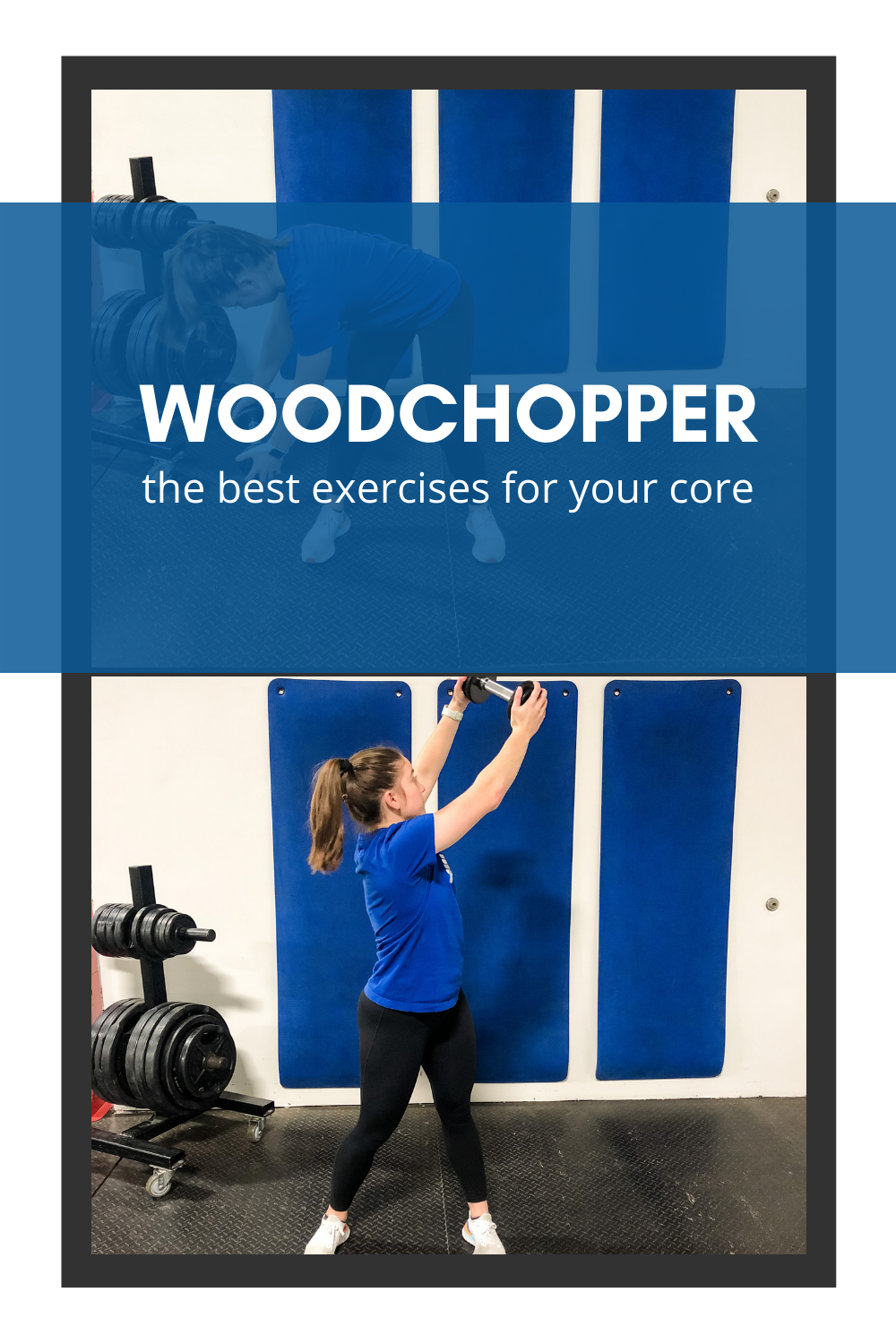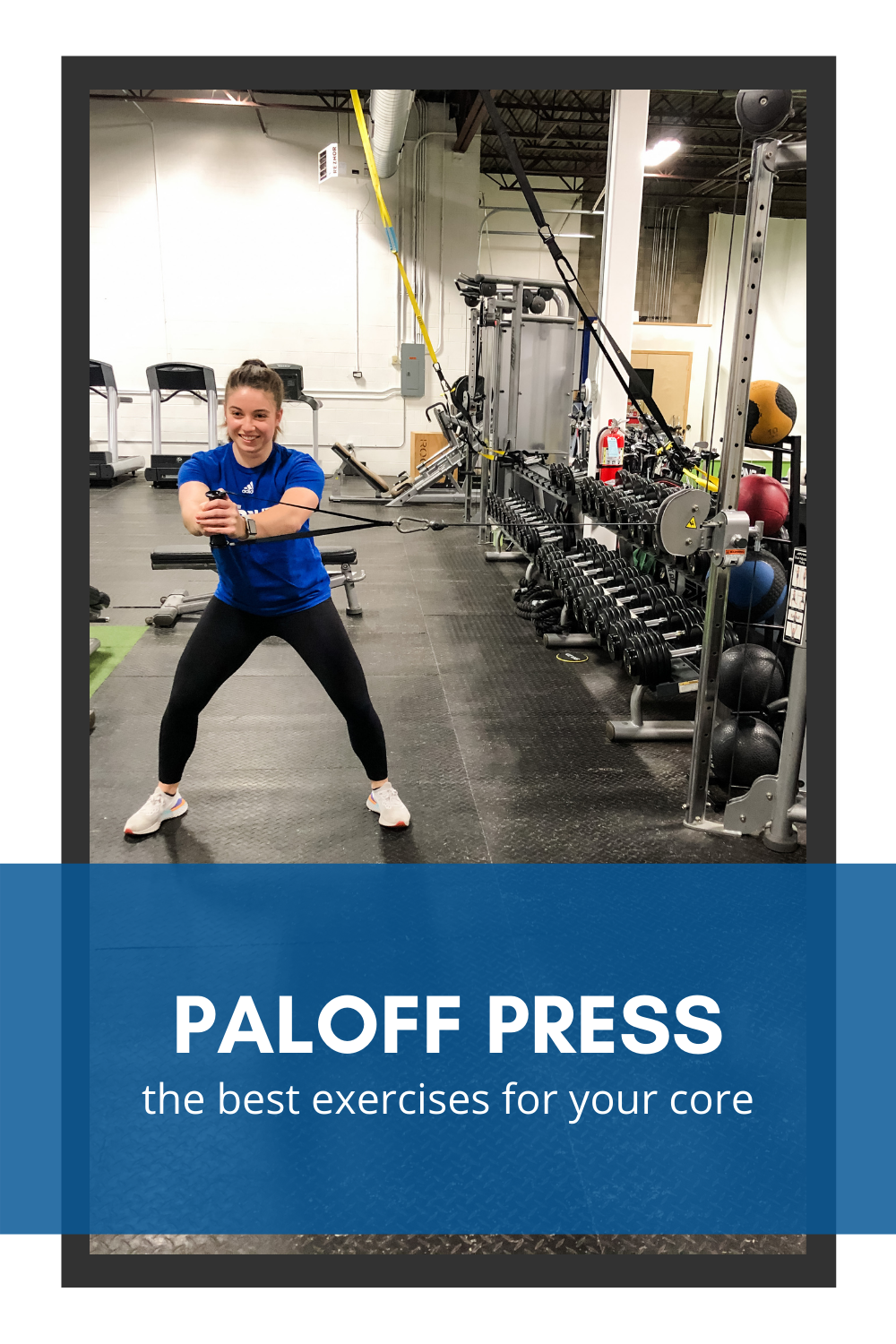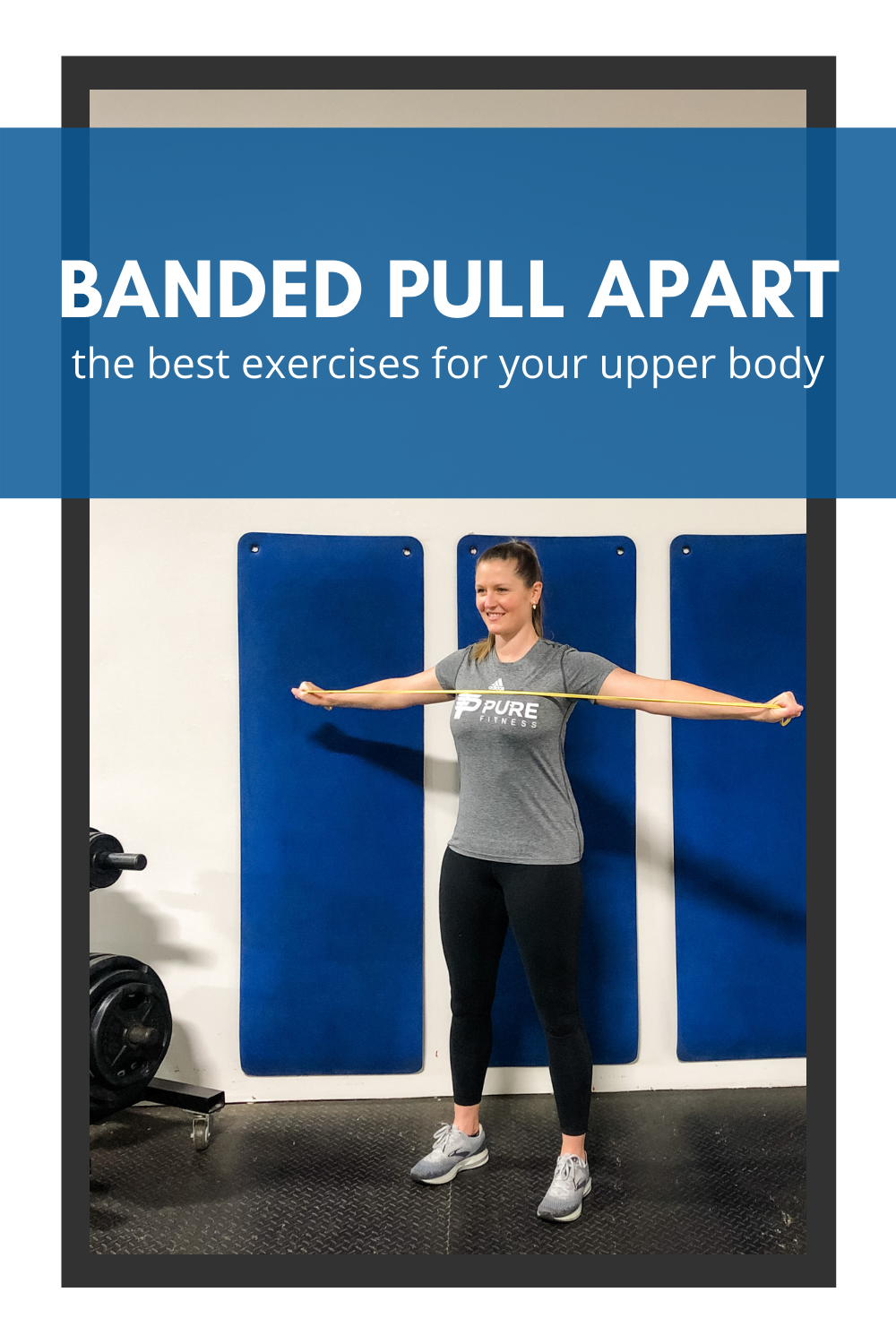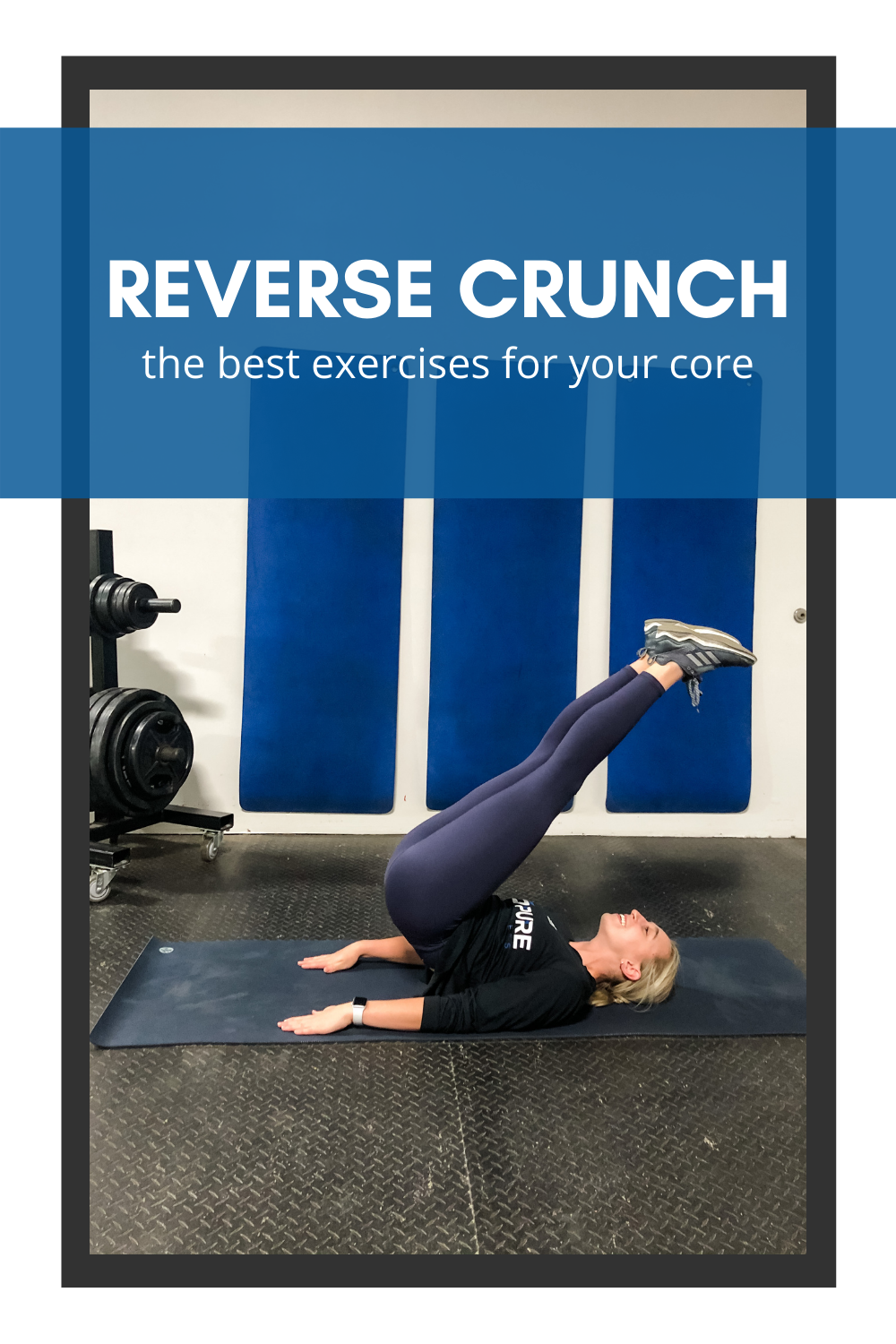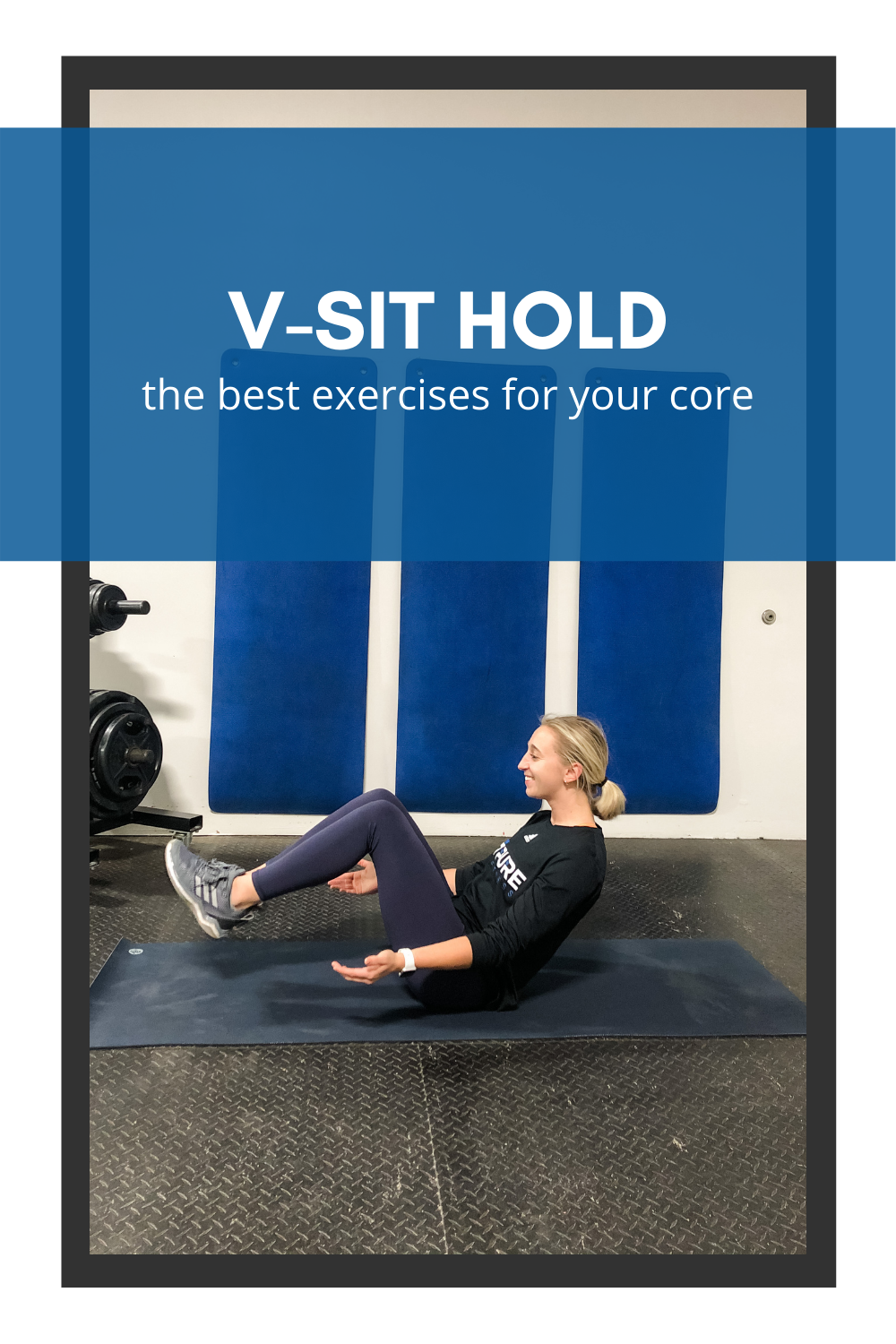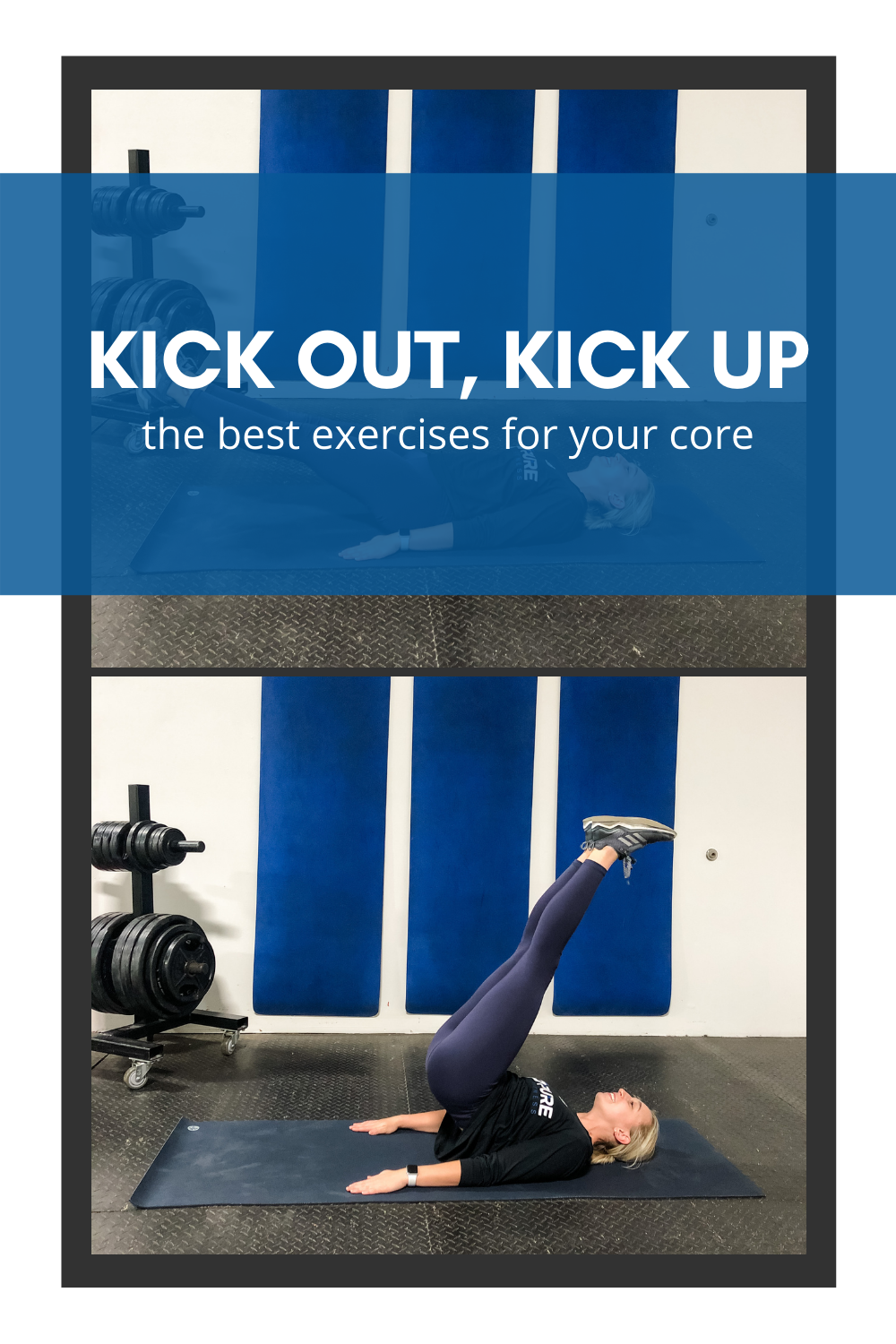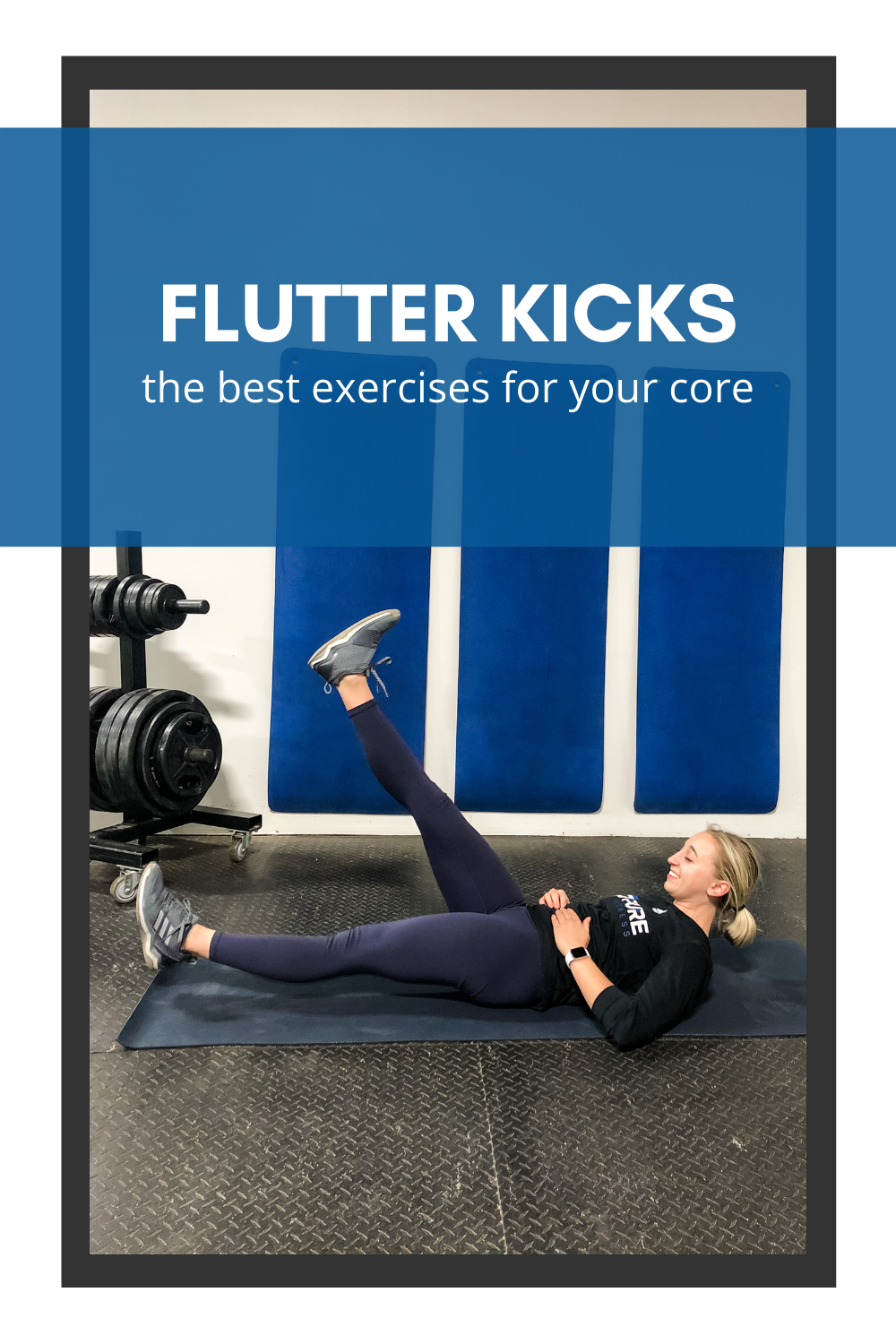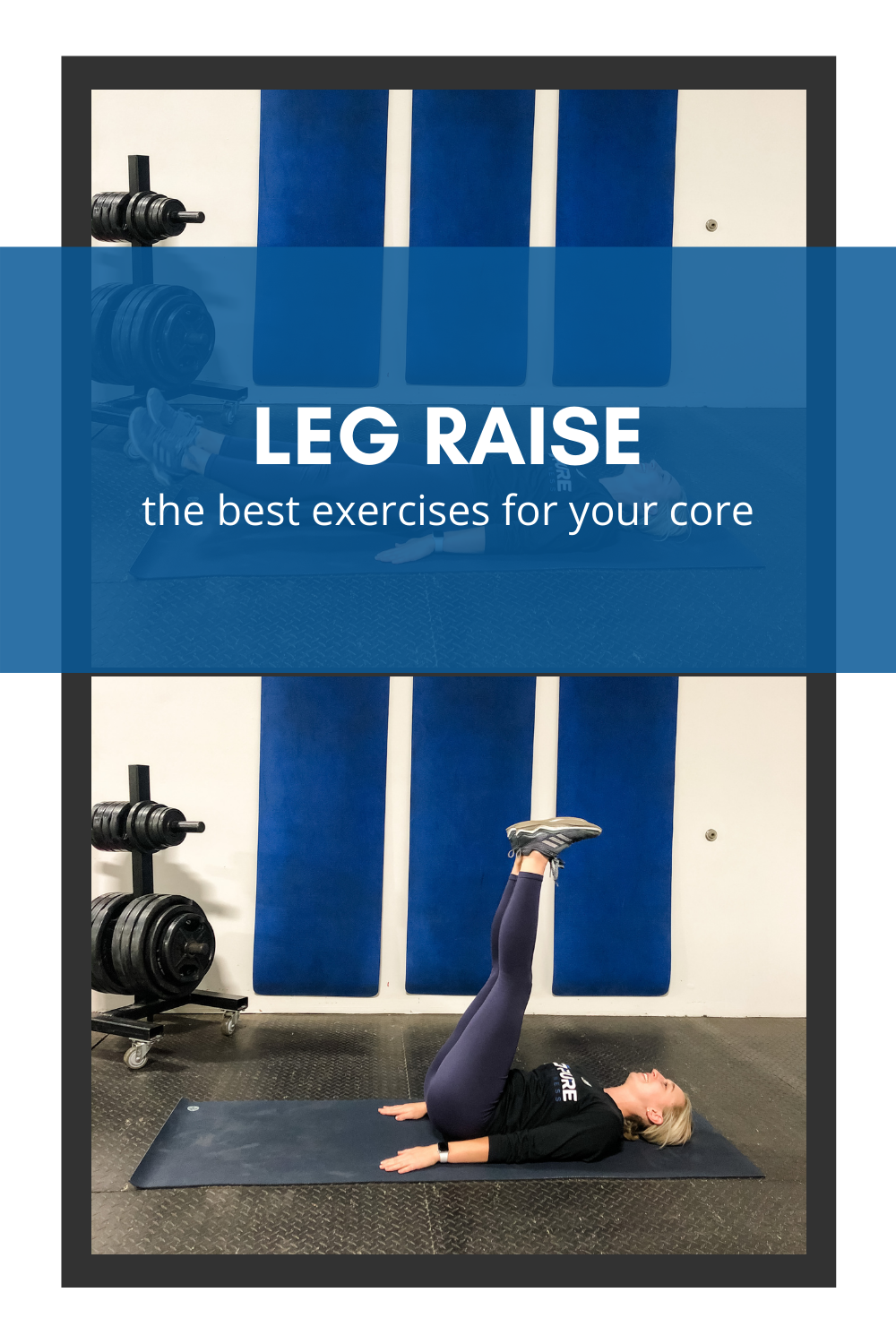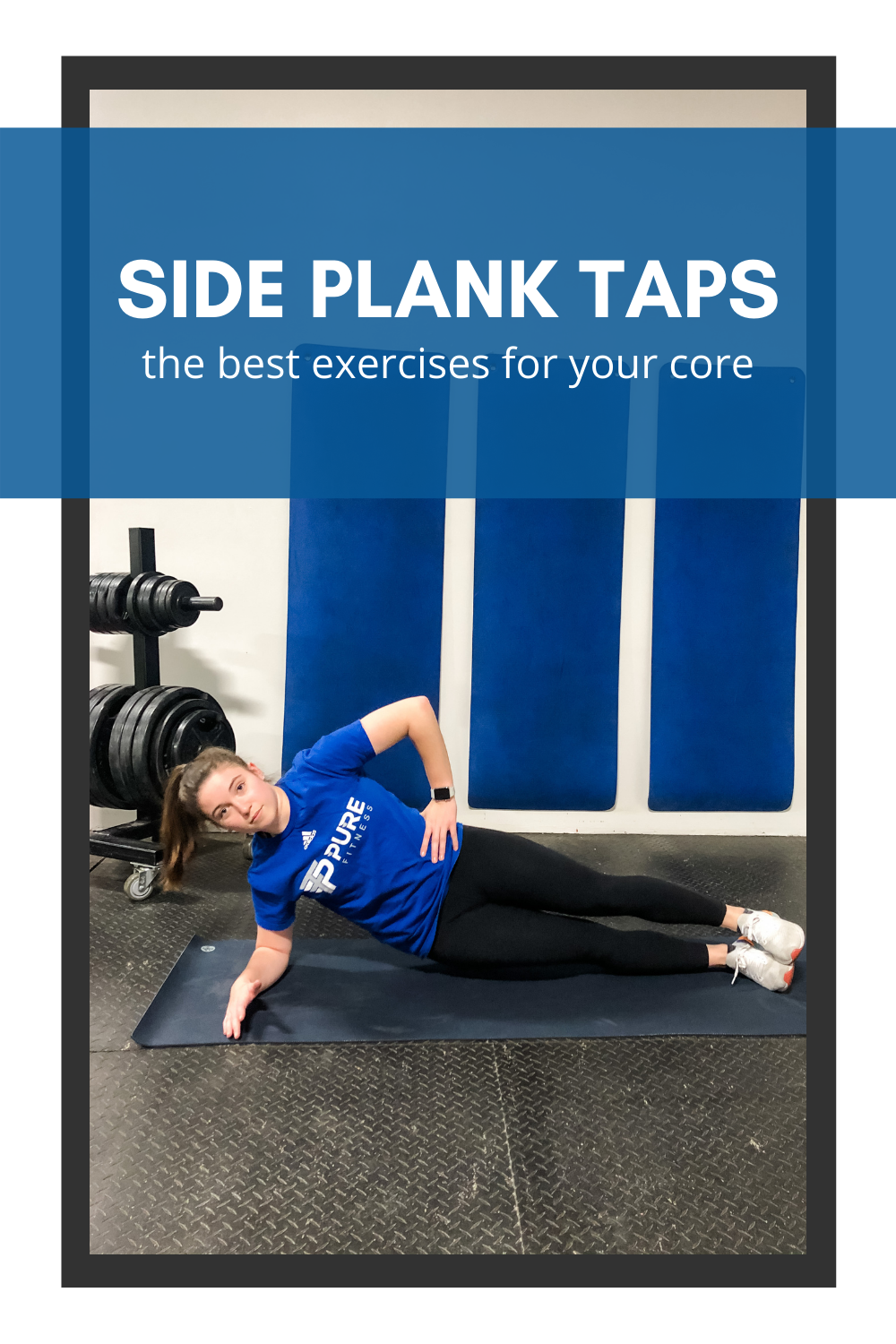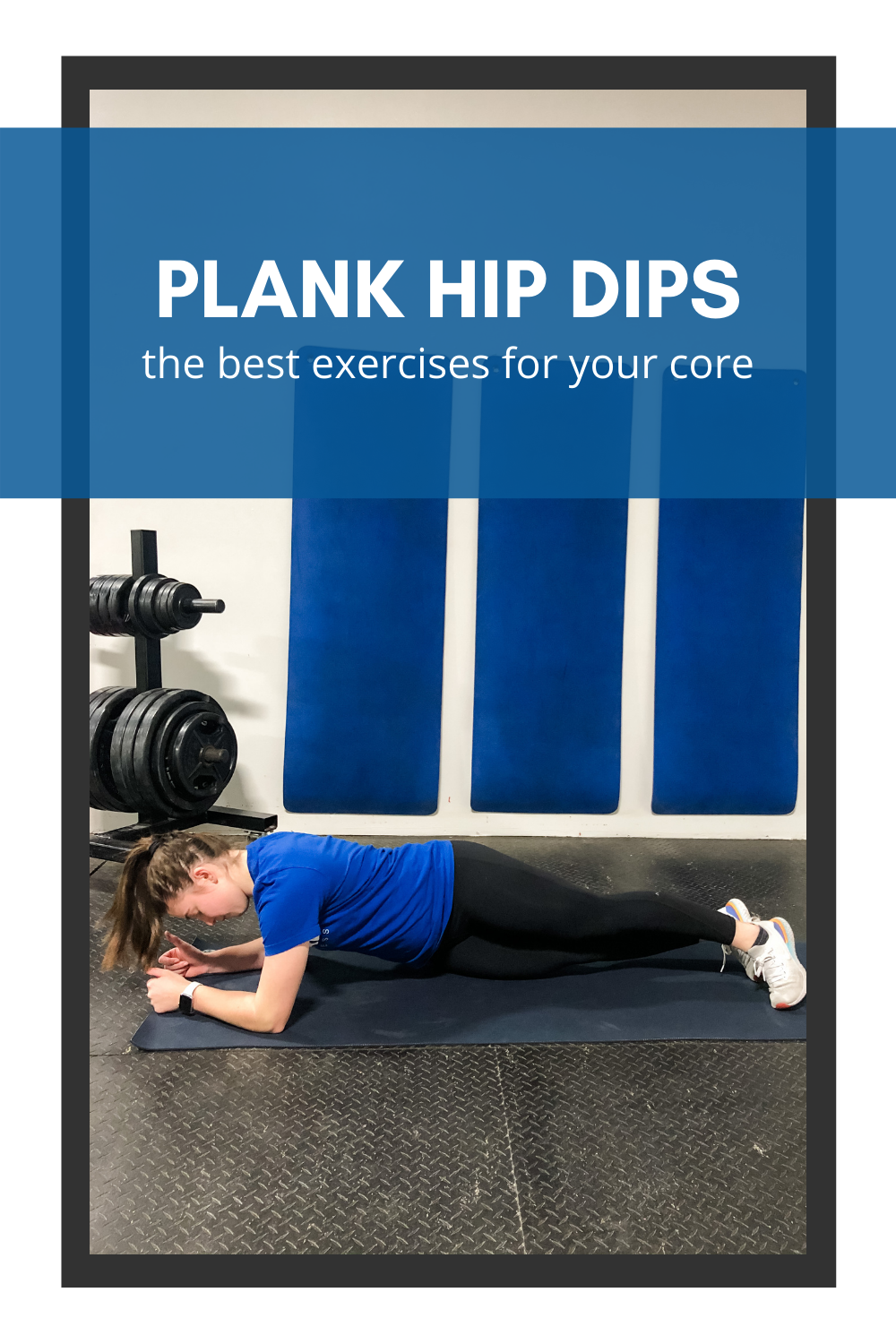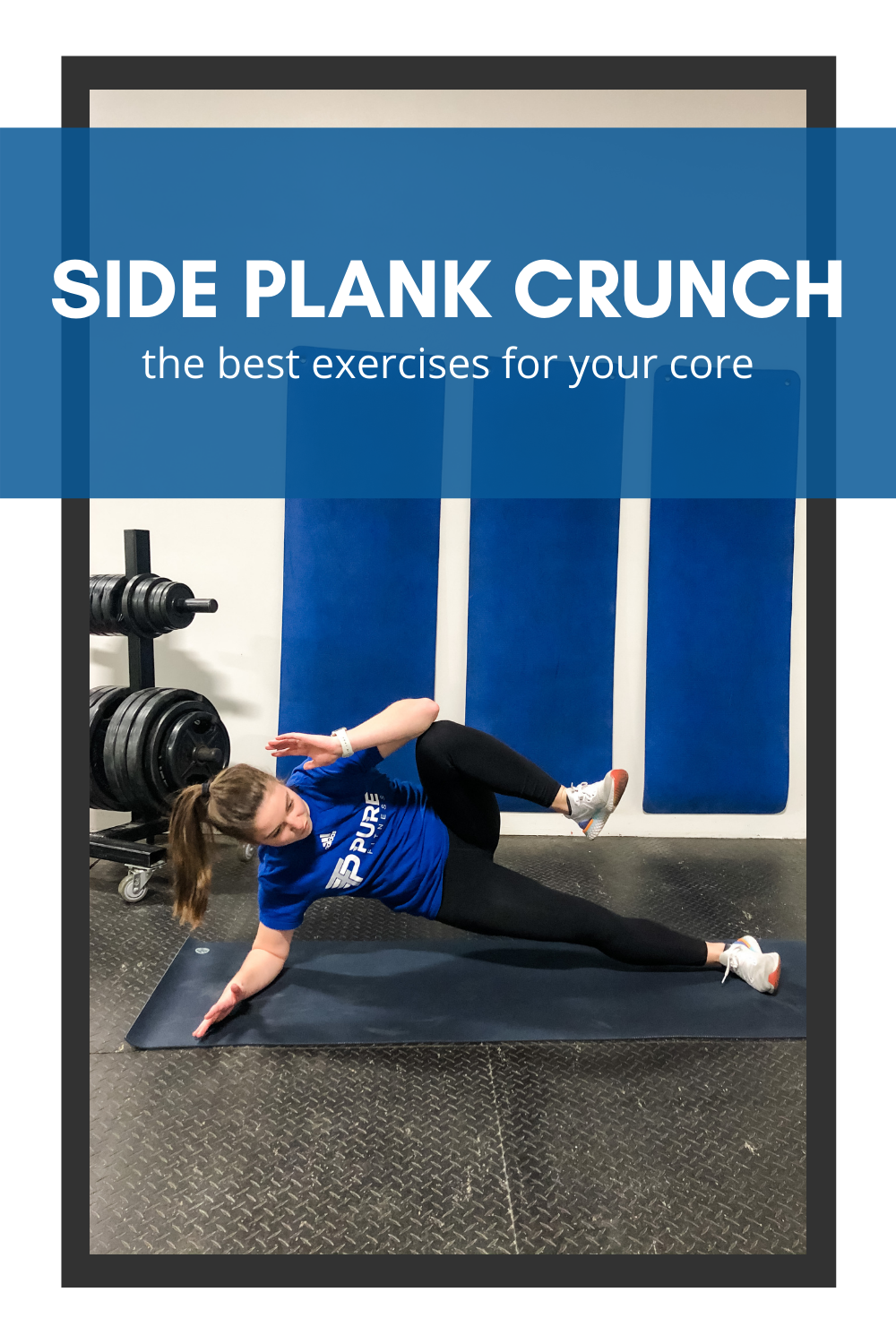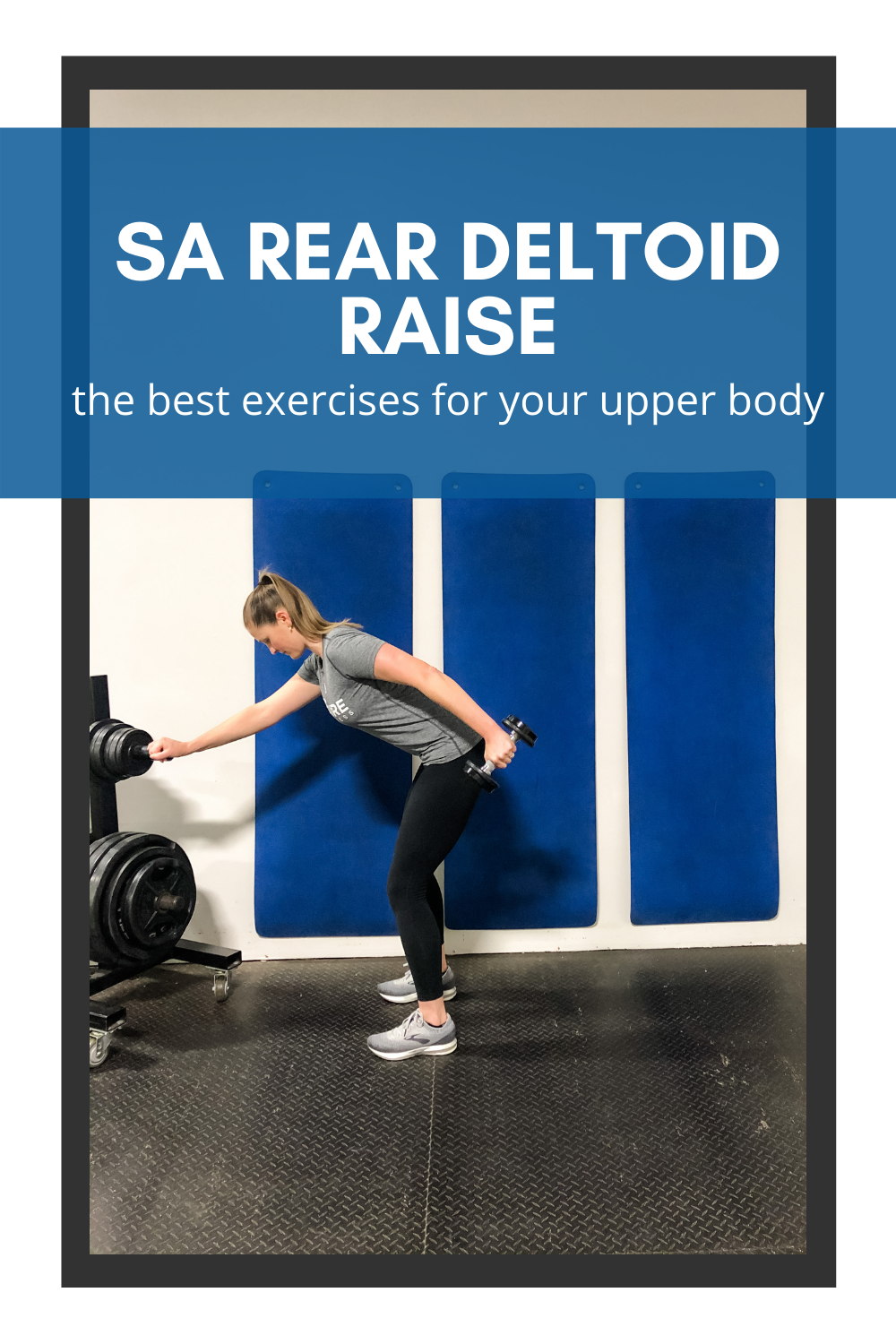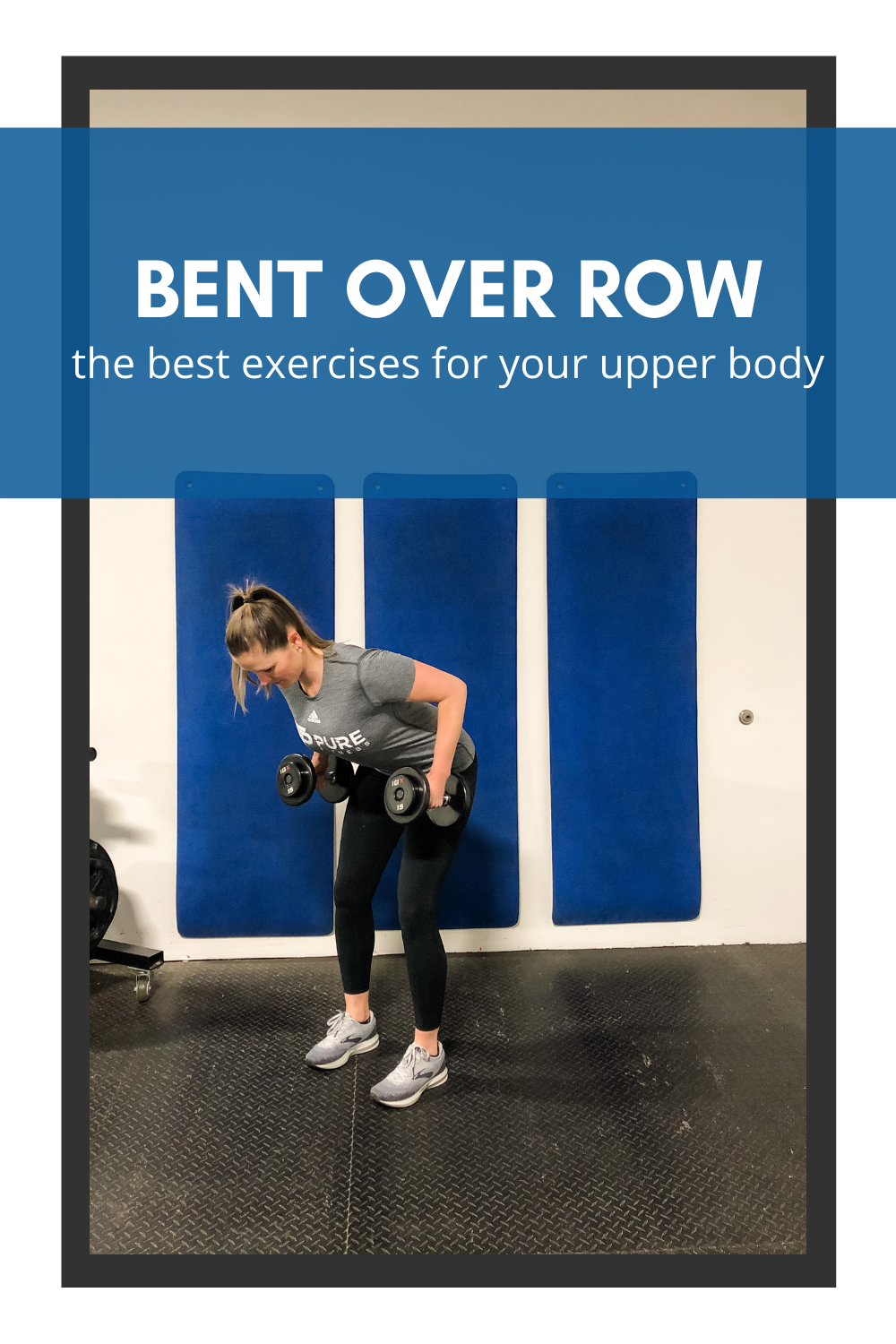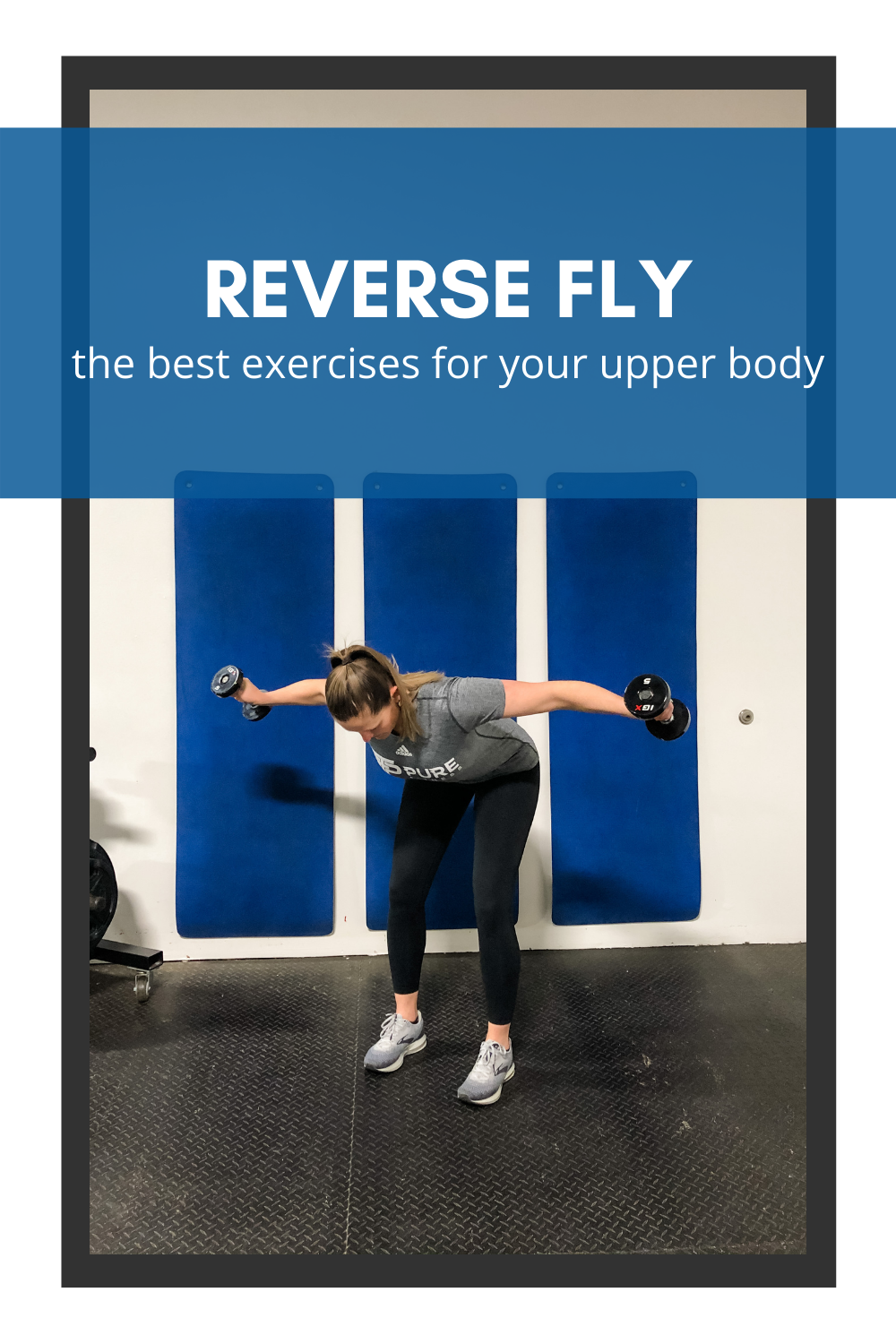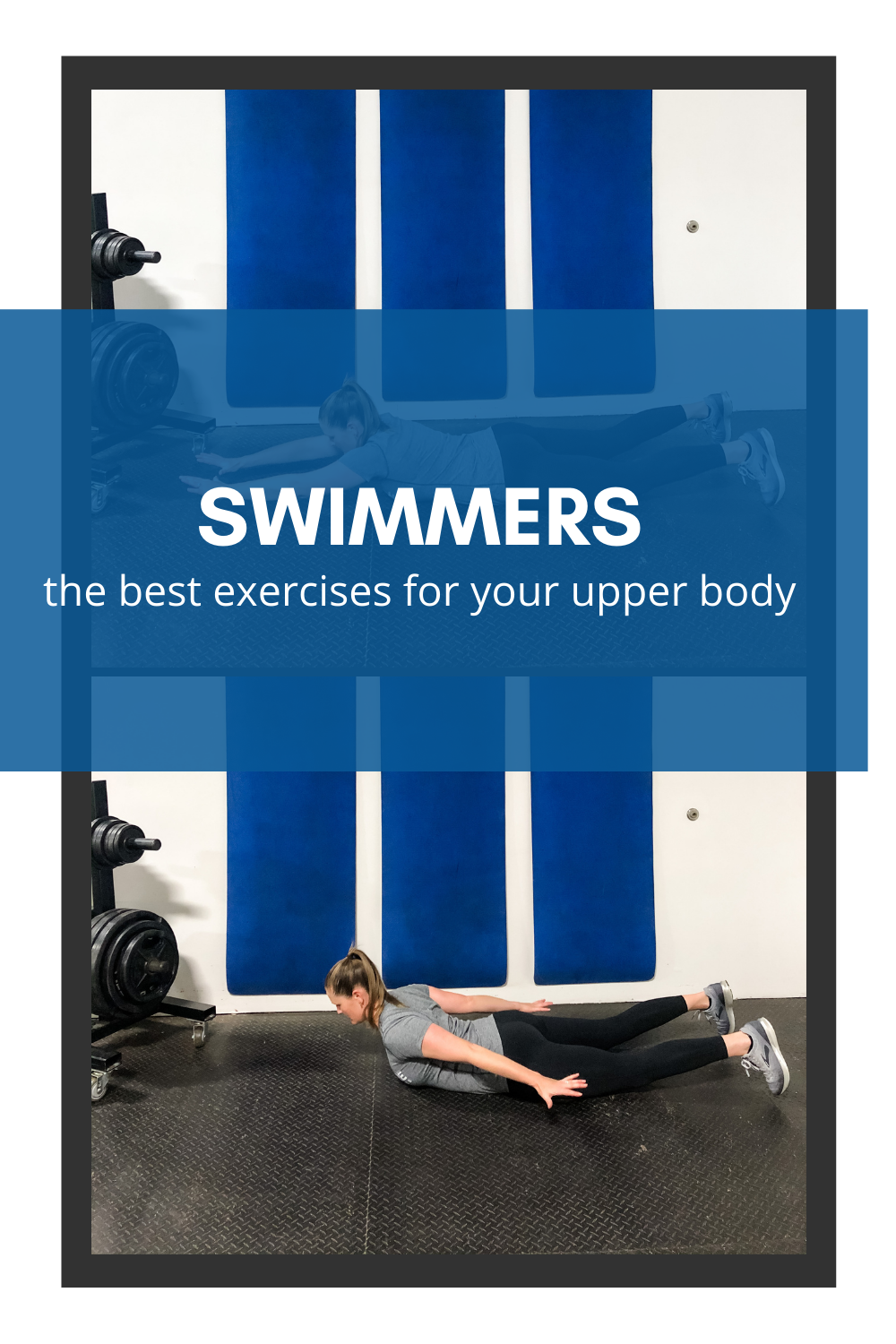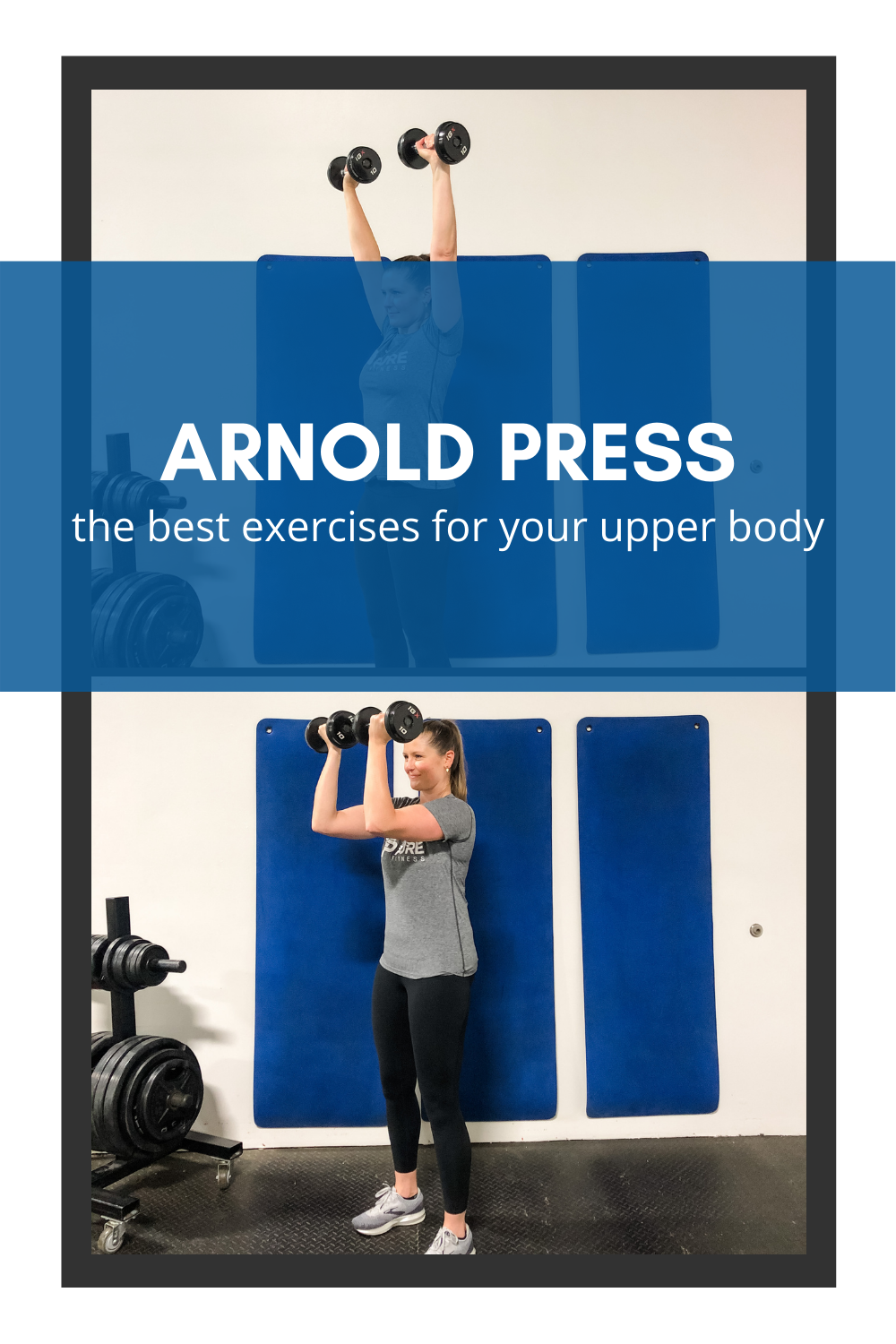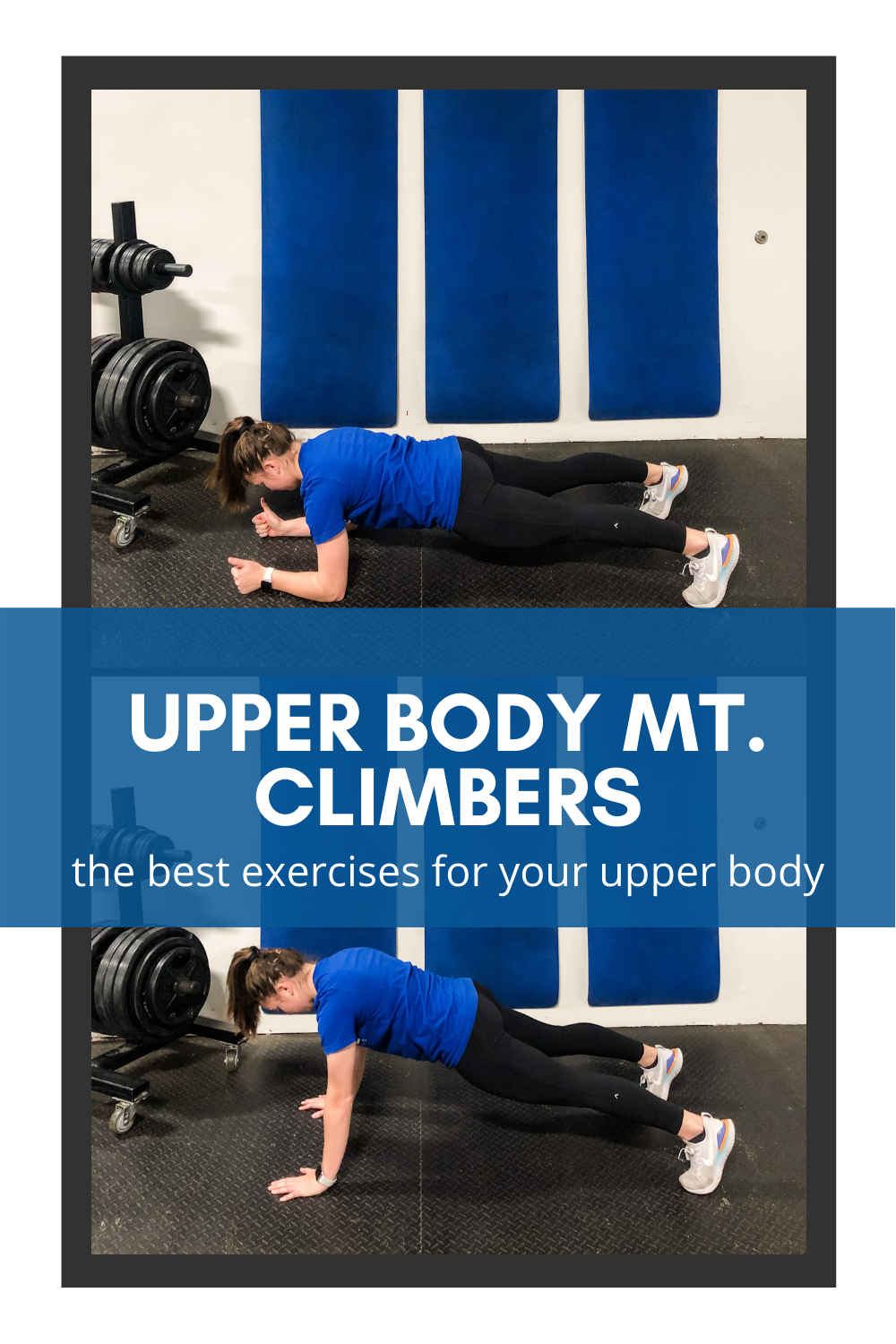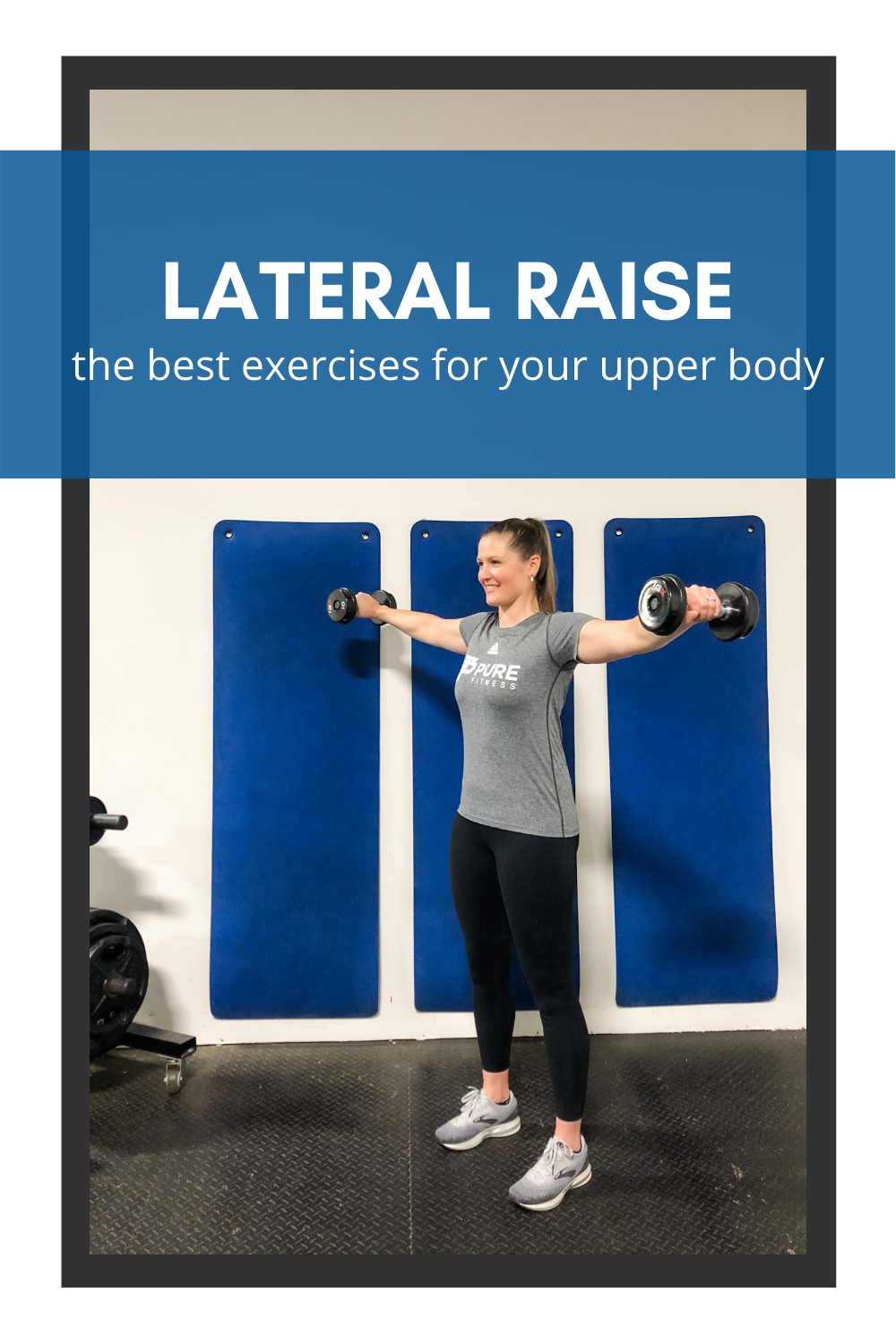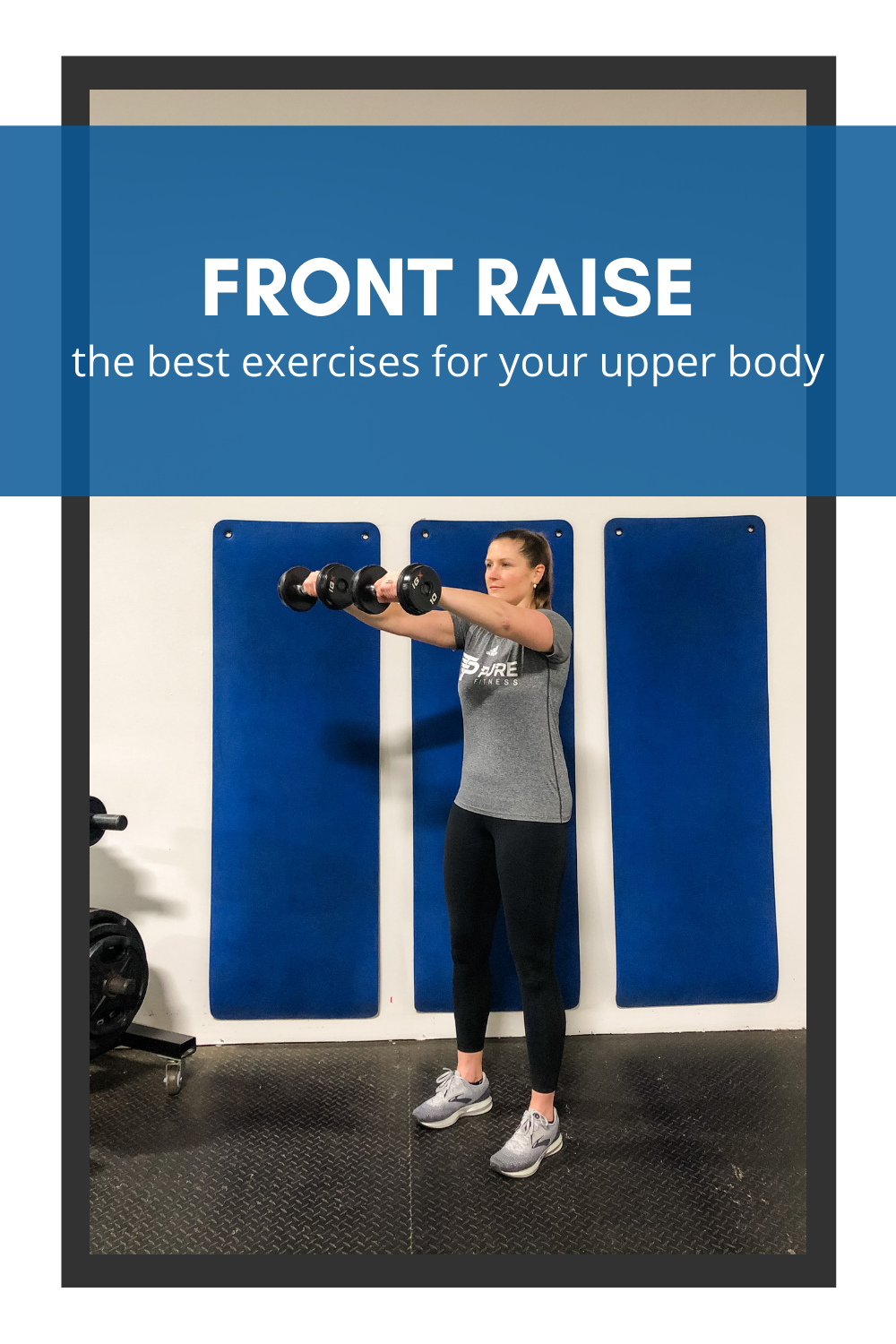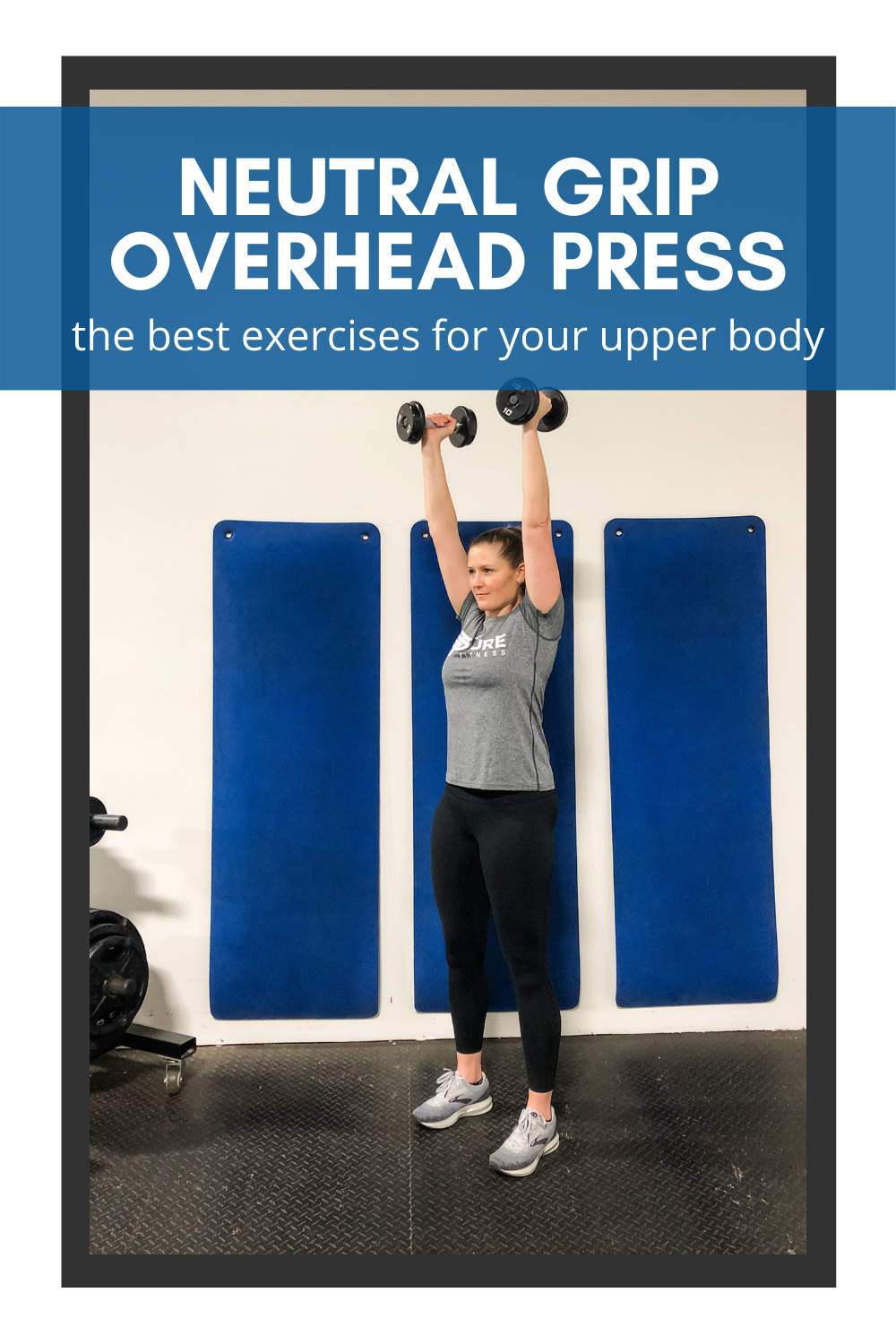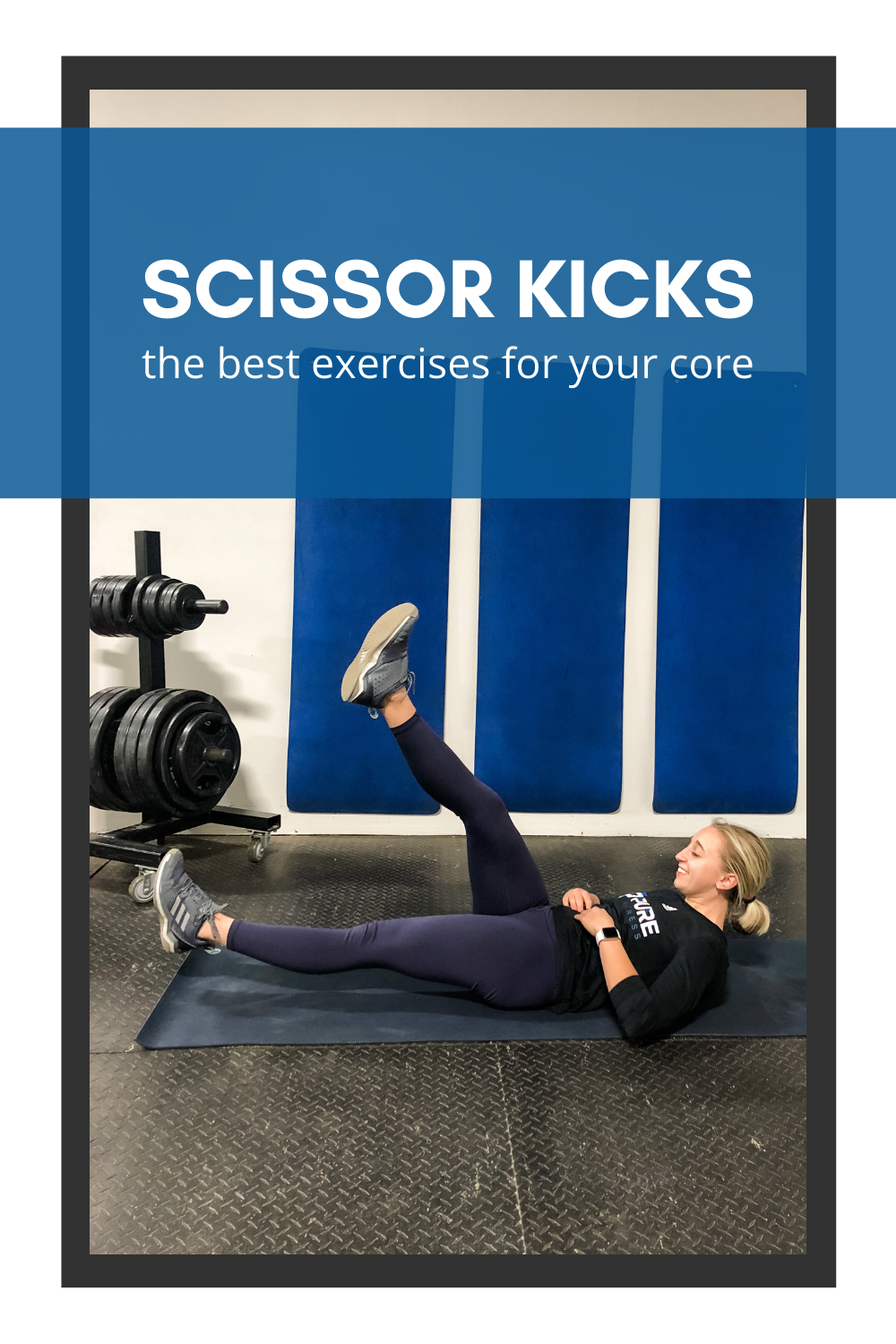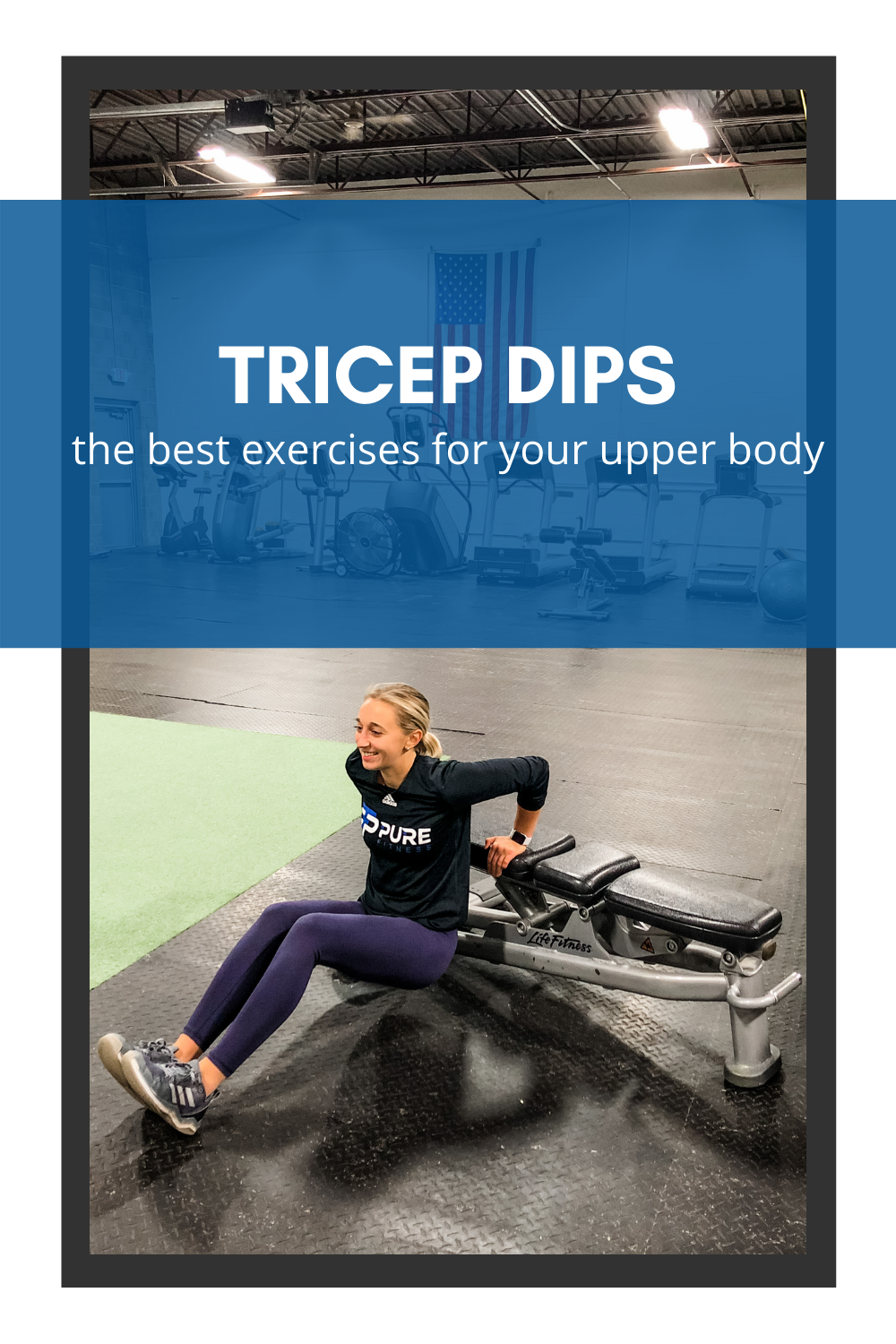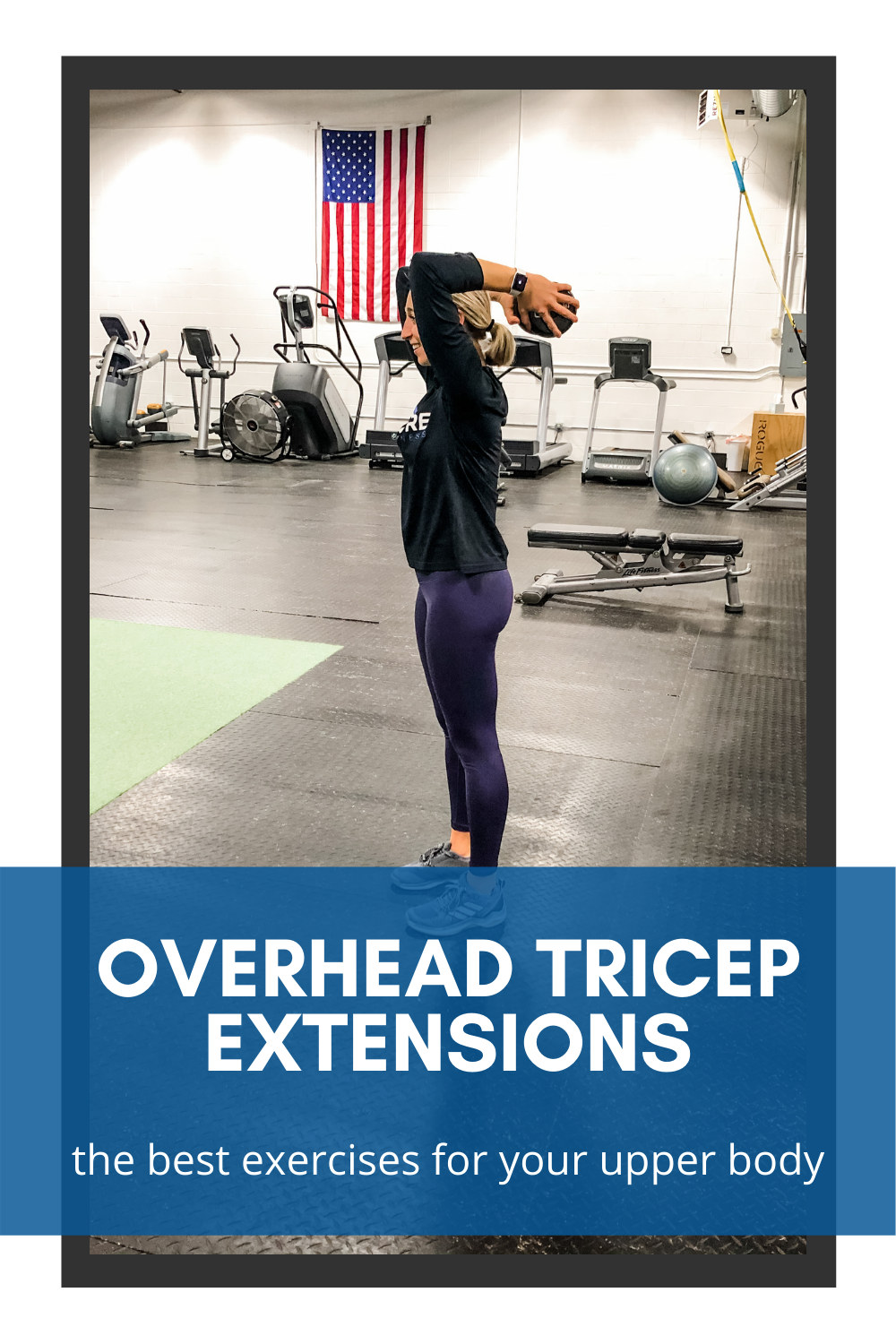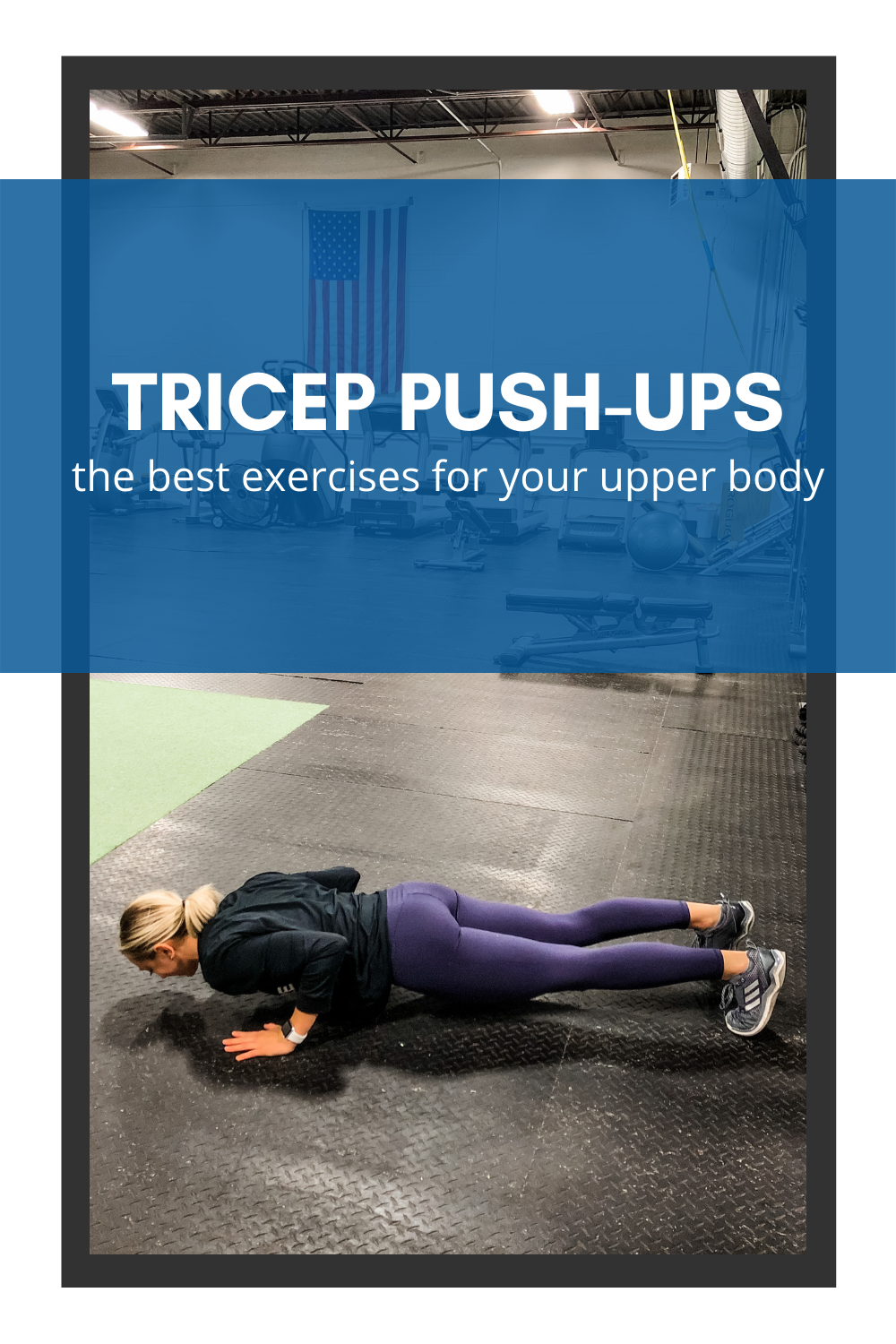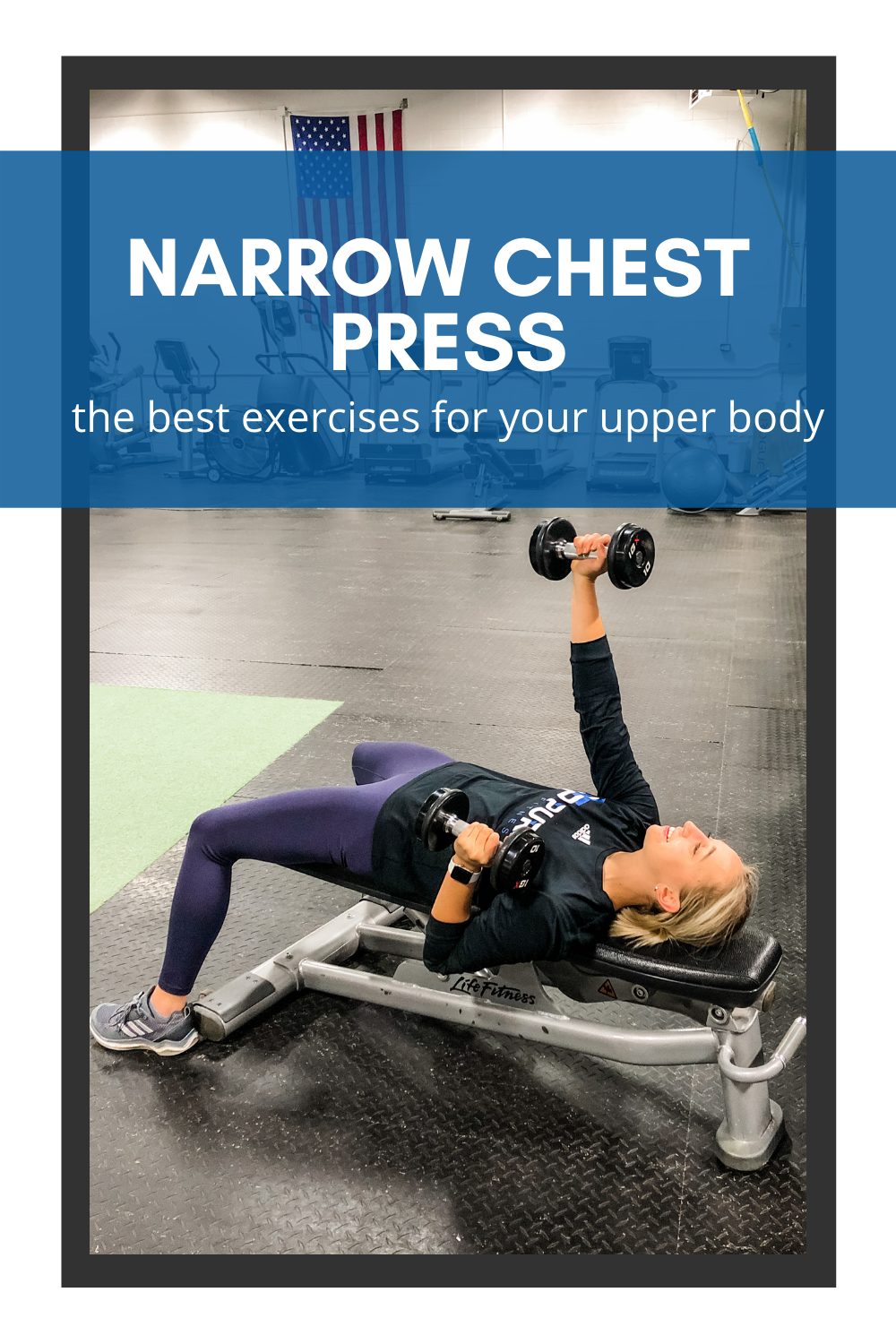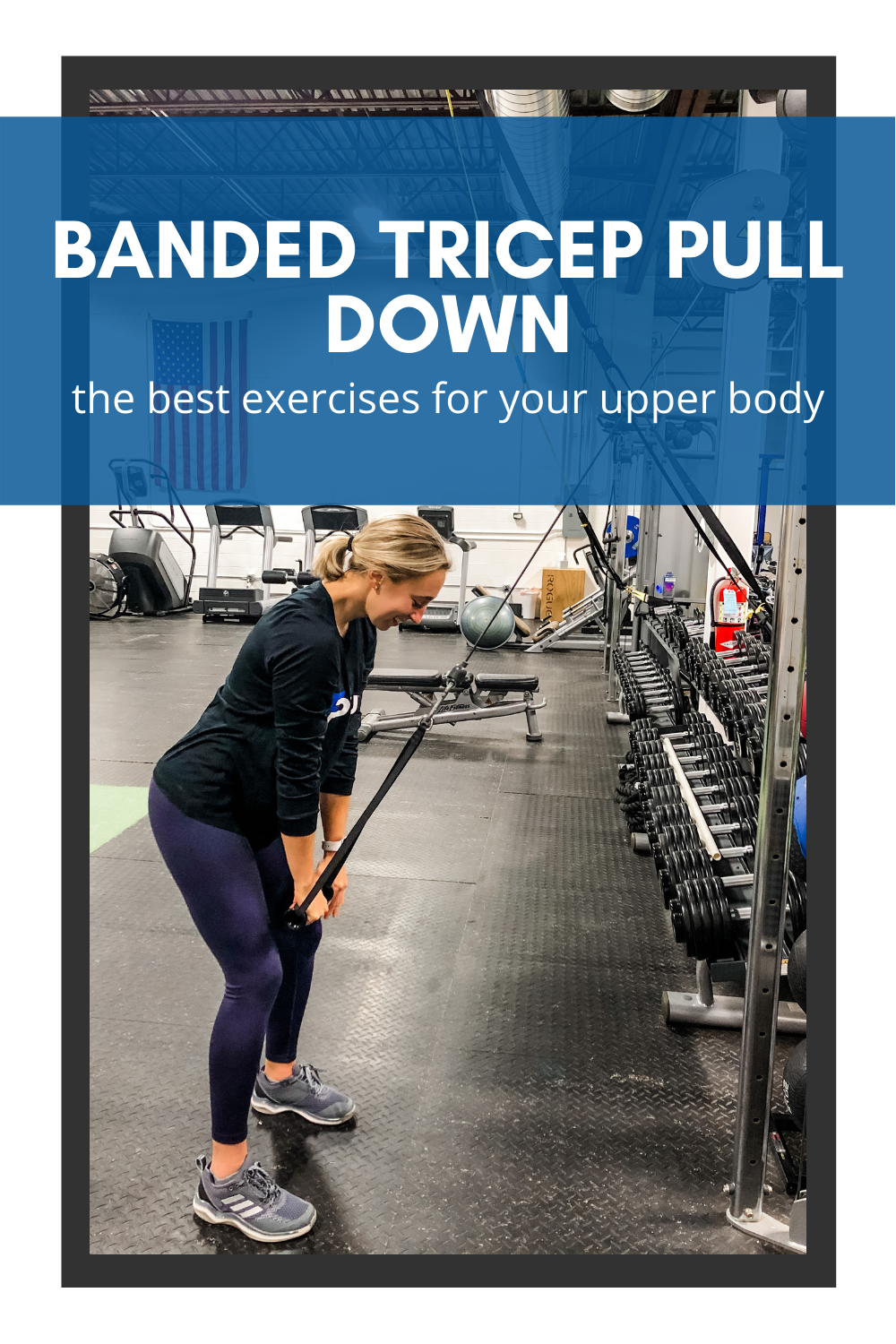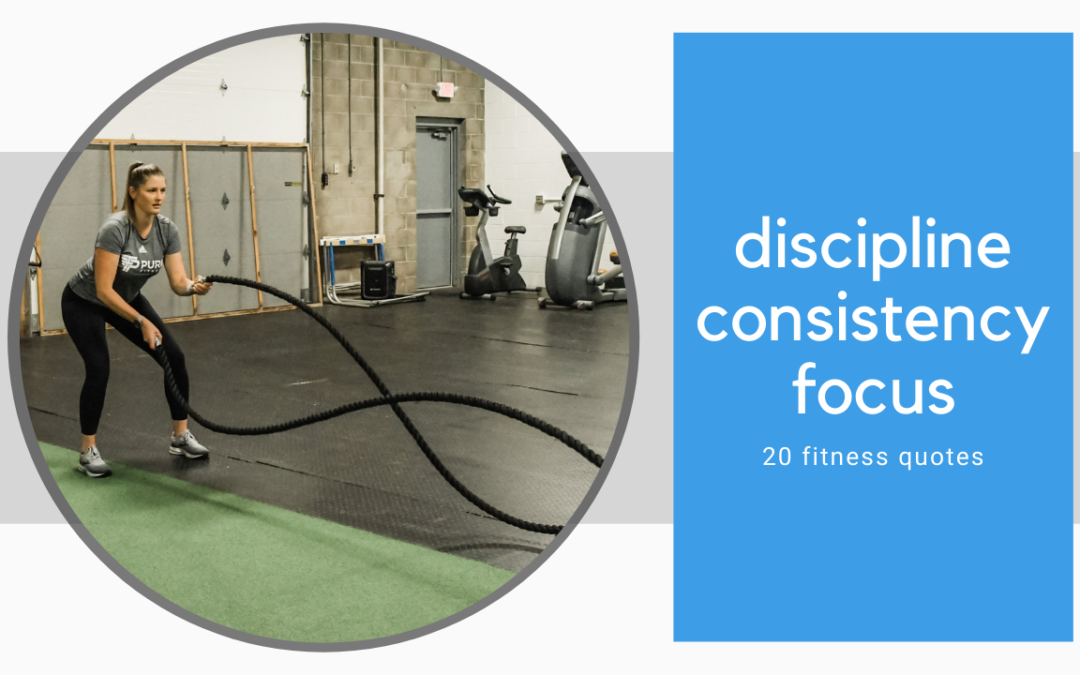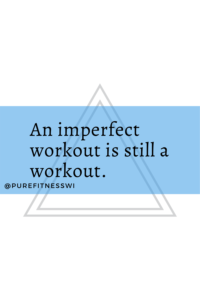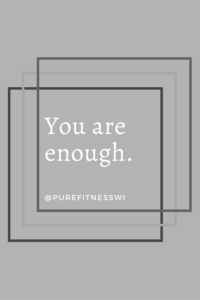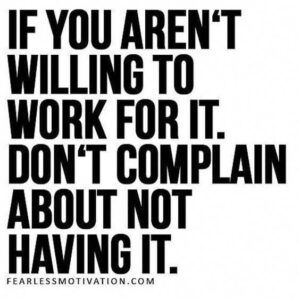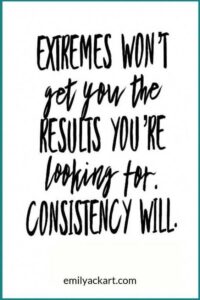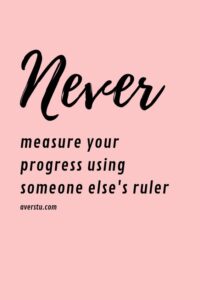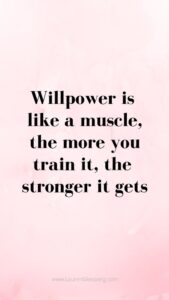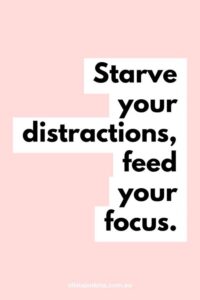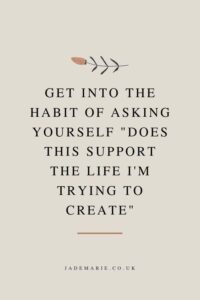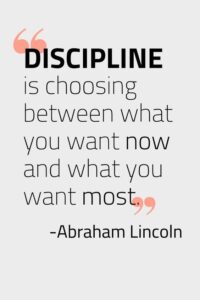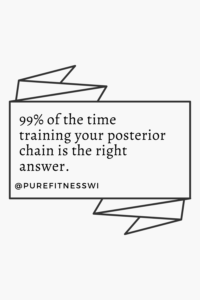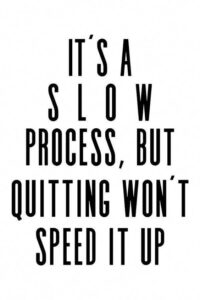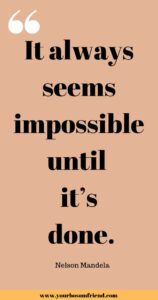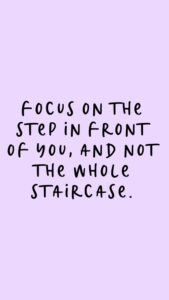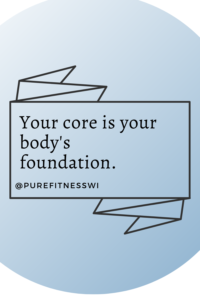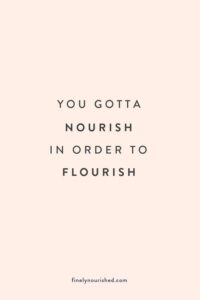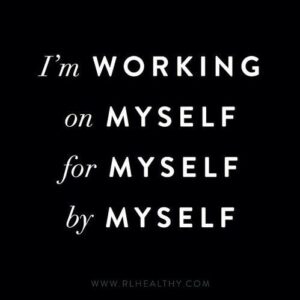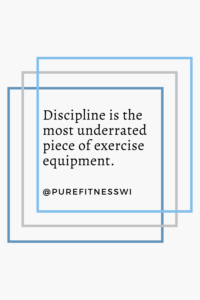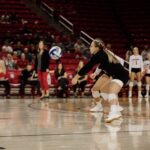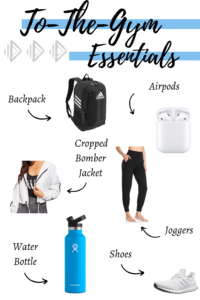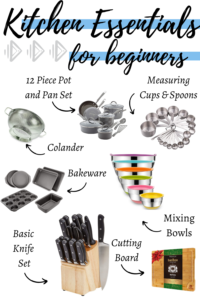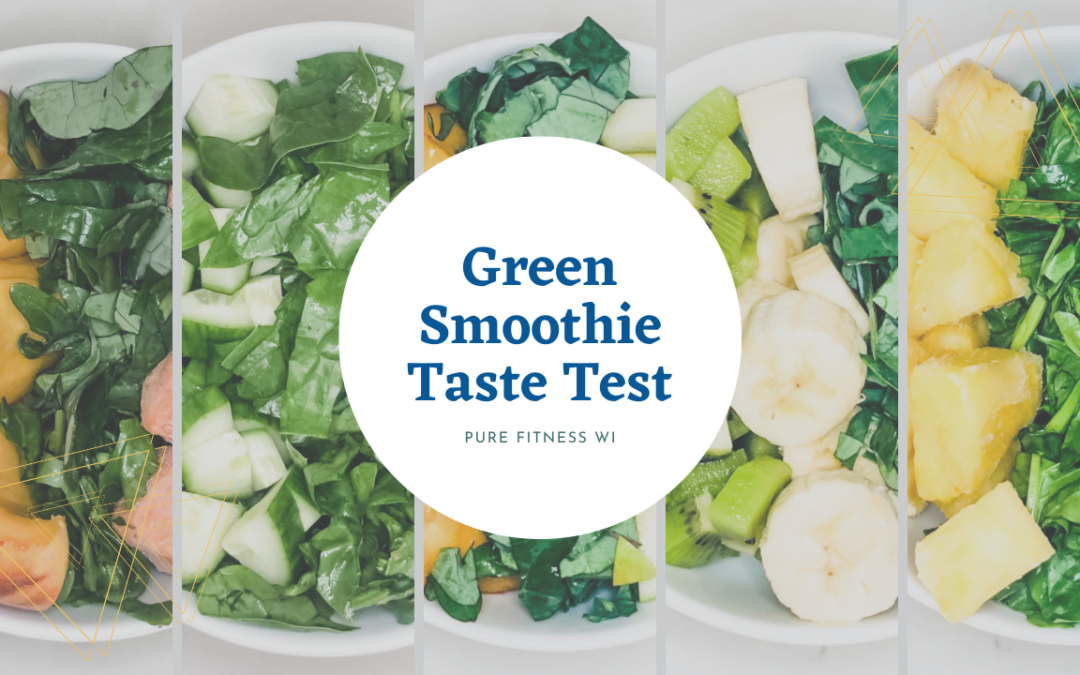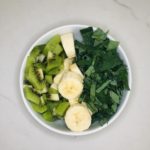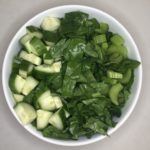Are you looking to transform your body, boost your fitness, and achieve your health goals without the need for expensive gym memberships or fancy equipment? Look no further! I have an amazing solution for you, my Bodyweight Workout Program. In today's fast-paced...
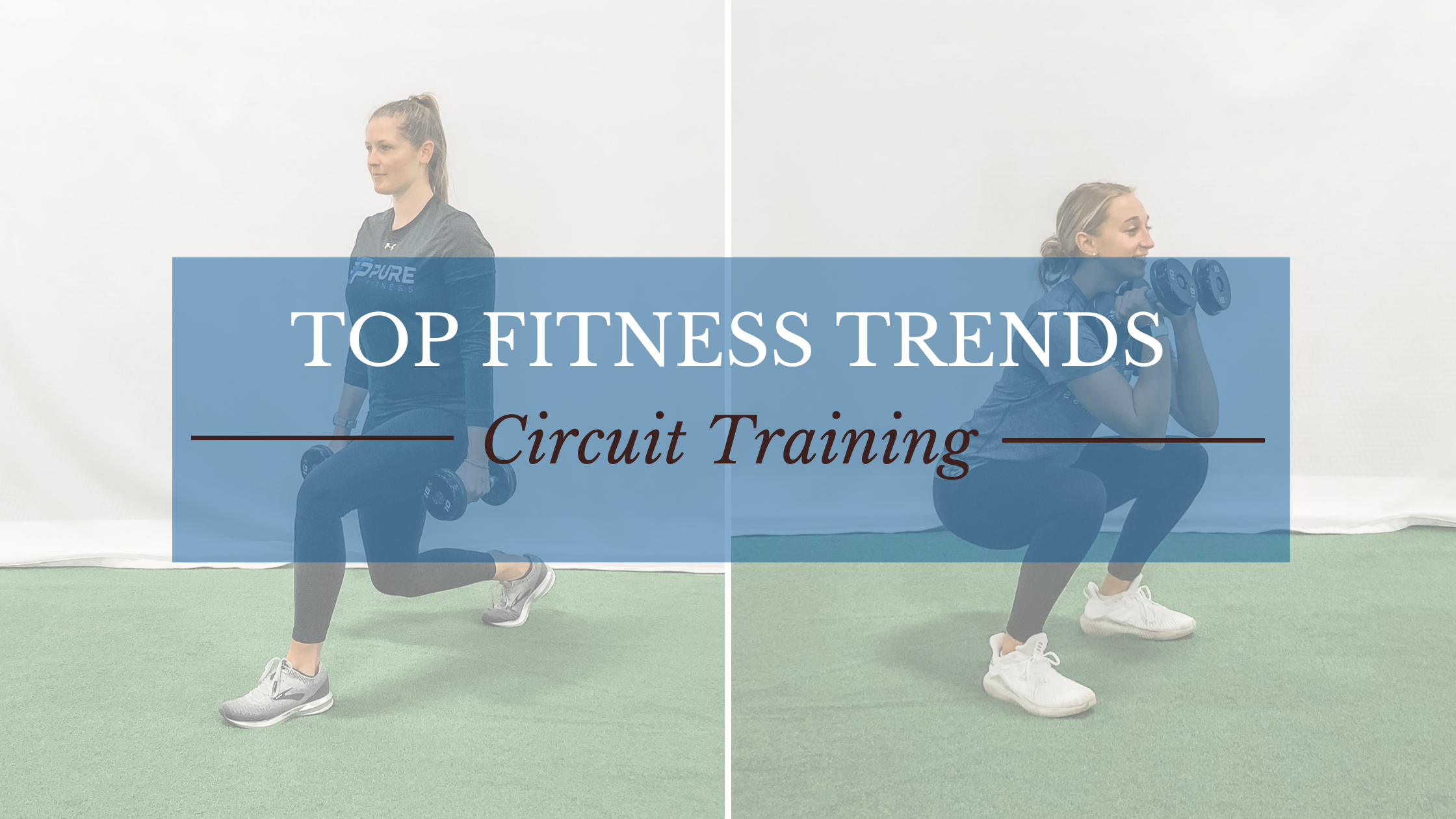
Circuit Training: Fact VS Fiction
Ever wonder what all these fitness trends mean? Circuit training is probably one of the most used fitness trends that you will see applied “differently” at various establishments. Let’s break down circuit training – what you need to know before starting your workout.
When you think of a great workout, what do you think of? Most of you would answer that question in three ways. One, you work up a great sweat. The mindset of “if I am not drenched in sweat by the end of this workout I have not done enough”. Two, it is fast paced with little time for water and rest. You envision yourself pushed to the limit. Three, you are sore beyond belief. You are barely able to walk or even do everyday activities the next day.
As a lot of us have been taught, a great workout results in those three things, or at least one of them. It doesn’t matter what we do, how many sets we do, what our form is like, or any of that. This has been the way we have been taught. That attention to detail and the individual doesn’t matter as long as everyone leaves believing they have accomplished one of those three goals. Better yet, all three of them.
But are those the right goals? Or are there other things for you to consider?
DEFINING CIRCUIT TRAINING
All circuit training means is the format of your workout. It is grouping together a handful of exercises in a list, going through them, and then heading back to the top. You move efficiently from exercise to exercise and your larger rest period will come at the end. In fact, HIIT training can be done in a circuit format.
To build a circuit, you would group together a couple of exercises, say an upper, a lower, and a core. Or you could create a muscle group burnout and do a couple of lower body exercises to condense your leg day into a focused circuit. If you search circuit training on the internet, they will tell you it has to be full body. THIS IS FALSE. Targeting one muscle group can still be a circuit and it is actually an effective way to overload.
If your focus is on muscular strength, you might create a shorter circuit of only 5 exercises with a bit more rest in between each exercises and round. You would increase the weight used for a moderate to low rep count.
If your focus is more muscular endurance, you would manipulate the rest intervals to be shorter. You might also choose lighter weight and even body weight exercises for a high rep count.
WHERE CIRCUIT TRAINING GOES WRONG
Often times the popularized group fitness classes focus on how they can get your heart rate up through cardio intervals and sprinkle in some resistance. The emphasis is put on how fast and hard you can push yourself, not on how you are performing the exercises.
This is a dangerous mindset to have for every workout you do. It increases the likely hood of injury (minor to major), it encourages bad form or creates bad habits, and it limits your body’s ability to adapt and recover.
Do not get me wrong, I understand that these group classes can be effective. Circuit training has its place in the world and in your workout routine. I am not here to bash the workouts you have come to enjoy. I myself have found these group circuit training classes to be fun, challenging, and effective for getting a great workout in.
However, these exercises routines are taxing on your body when they are done everyday. They tend to rely heavily on one energy system. Typically they do not focus much on strength training in an intentional way with correct form. There is not enough emphasis on exercises selection to build range of motion, stability, and strength, which are keys to a well-rounded and balanced program.
In is important to note, that circuit training can be used in a less intense manner. You do not have to kill yourself at a high tempo pace. I recommend alternating your workout tempo or speed for the best results physically and increase your consistency.
BENEFITS OF CIRCUIT TRAINING
Circuit training is effective and efficient when done correctly. In fact, I use circuit training in the gym almost every day. Tempo and repetitions are adjusted to purposely work on different energy systems.
The great part of doing a circuit for your workout is you get to choose what you want! If you want to focus on upper, lower, total, or core you can create that circuit to do just that. If you are searching to build your muscular strength or endurance, you can make it focused as such. The possibilities are endless when deciding where you want your circuit to take you.
The other great part about circuit training is it can fit in the time slot you set. If you have twenty minutes you can do one circuit, 4 times through! Or if you have an hour to workout, you could even do 3 circuits, 3 times through! It is completely under your control.
As I said before, the possibilities are endless for circuit training. You can create thousands of different combinations and types of workouts with all the freedom it entails. The important thing is to do the exercises right and create a balanced program!
WHERE TO START
Here are some options for circuit training that build in the correct balance, still give you a great workout, and will develop you in every area essential for overall well-being! I have split these up into muscular strength and muscular endurance circuit training workouts. 30 minutes each. They are total body workout, but as I said you can develop these into anything you want. Scroll down to download each workout.
Muscular Strength
This is a circuit of 6 exercises and you will go through 3 times for a 20 to 30 minute workout. Your rest periods will be about 90 seconds in order to stay in the muscular strength window. You will want to weight these exercises a bit heavier because the rep count is lower! Shop dumbbells and a hip circle for leg extensions.
Muscular Endurance
For this one it is going to be 6 exercises again, this will be for 4 sets total. These are going to be higher rep and are going to have shorter rest periods in order to work in the muscular endurance stage. These rest periods are going to be in the 0-45 second range. These should be weighted moderately.
These are just examples of how you could build a circuit based upon every energy systems. As I stated, the sky is the limit for how you can create a circuit. Just be sure to be intentional with your programming and have a goal in mind when deciding what you want out of your workout. You can create a difficult, sweaty, and effective workout while still maintaining great form and proper programming!
Unlock Your Full Potential: The Bodyweight Workout Program
Sculpt Your Goals: Dumbbell Only Workout Program
Are you ready to start a new workout program that focuses on building strength in a simple and effective manner? Then you are in the right place! My Dumbbell Only Workout Program is your answer to achieving your fitness goals. Let's explore why my program is the...
3 Reasons to Own Your Own Training Business
Owning your own training business can be an exciting and yet overwhelming thought. But ask yourself... Are you committed to the long term? Does passion and knowledge fuel your desire to work with clients everyday? Are you looking for more career advancement...


